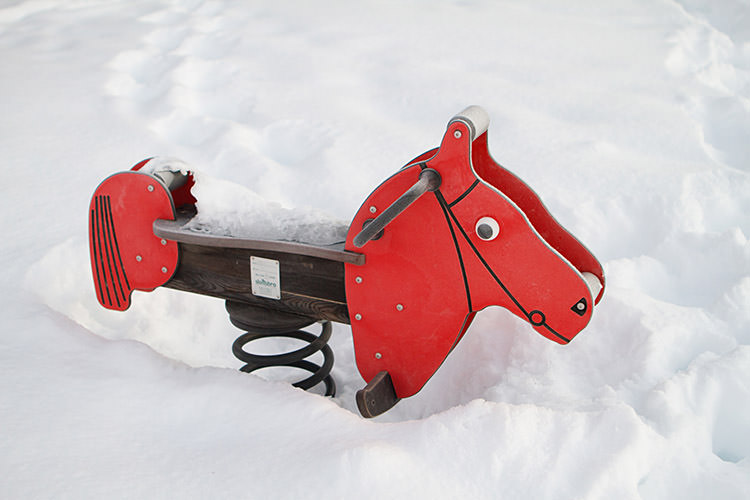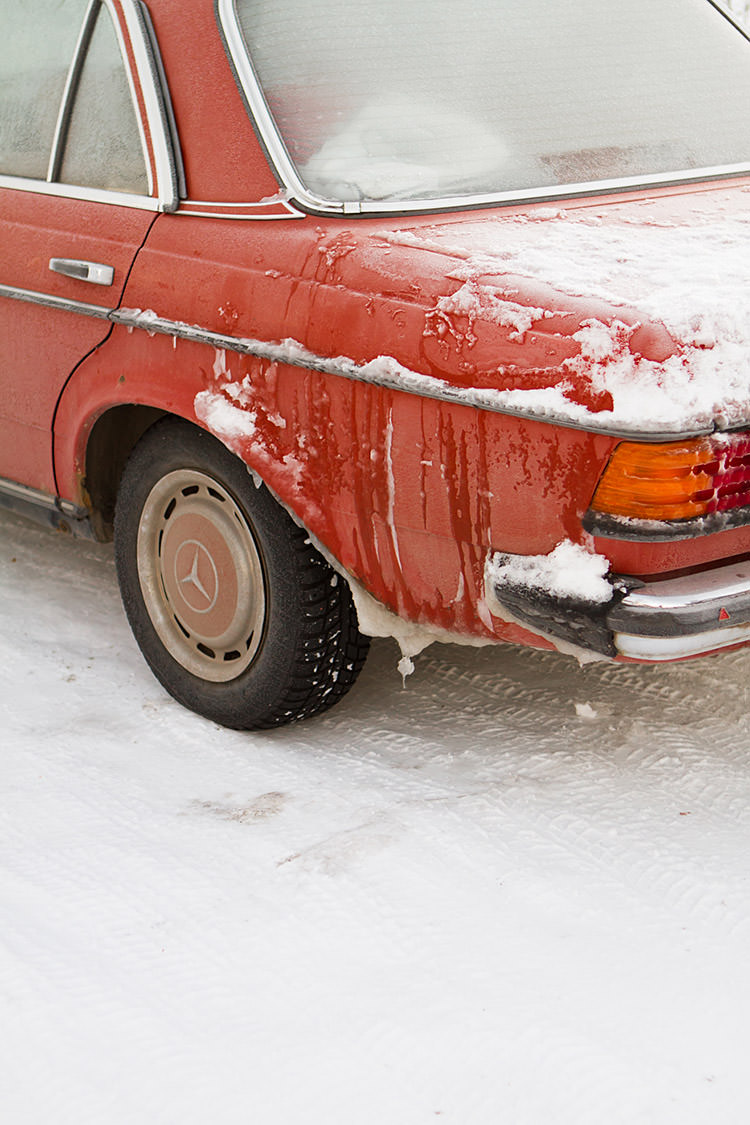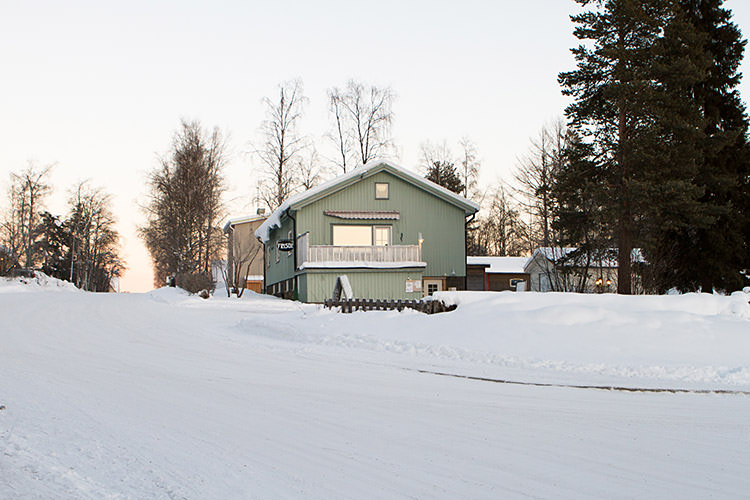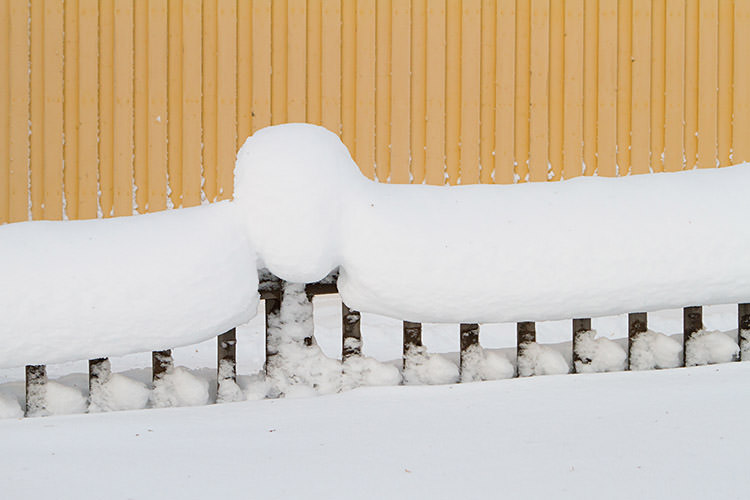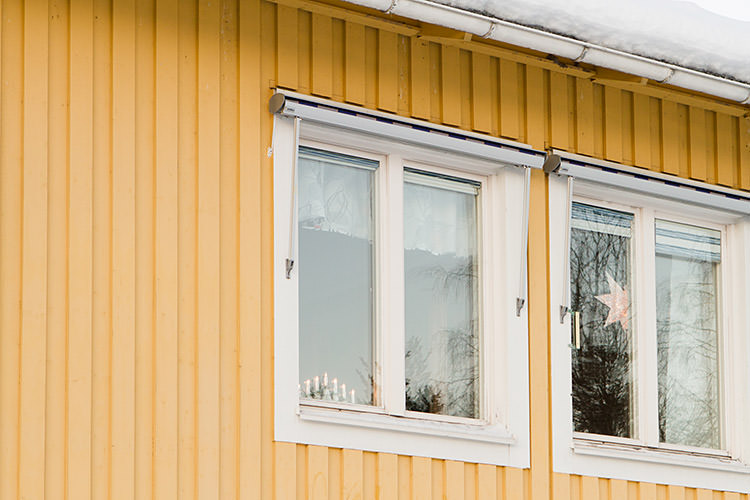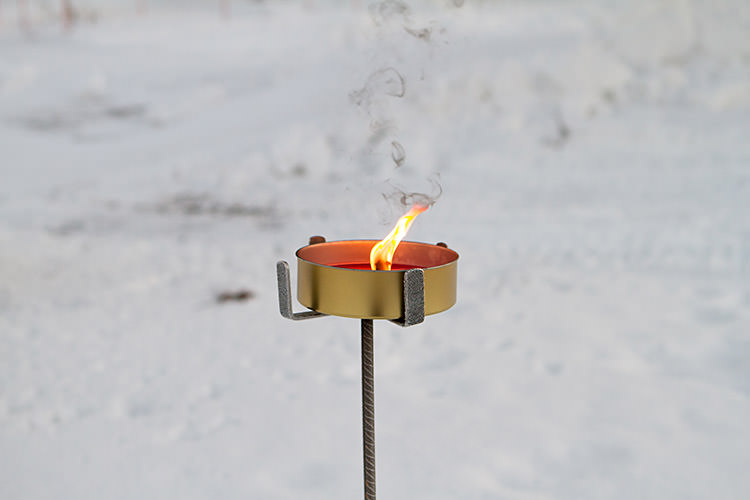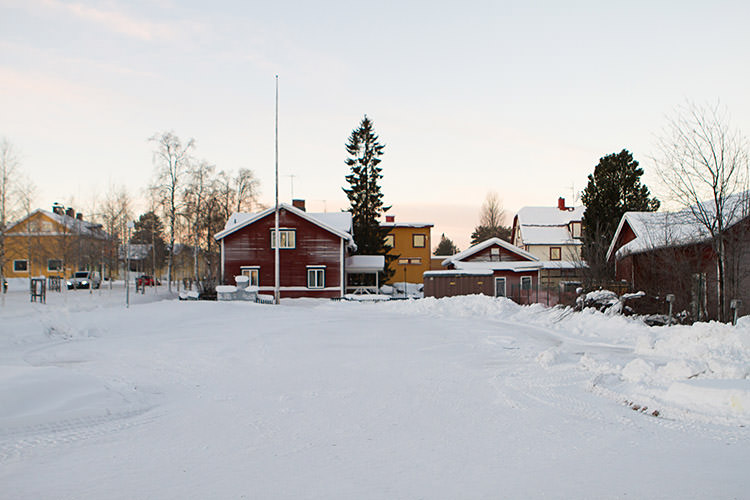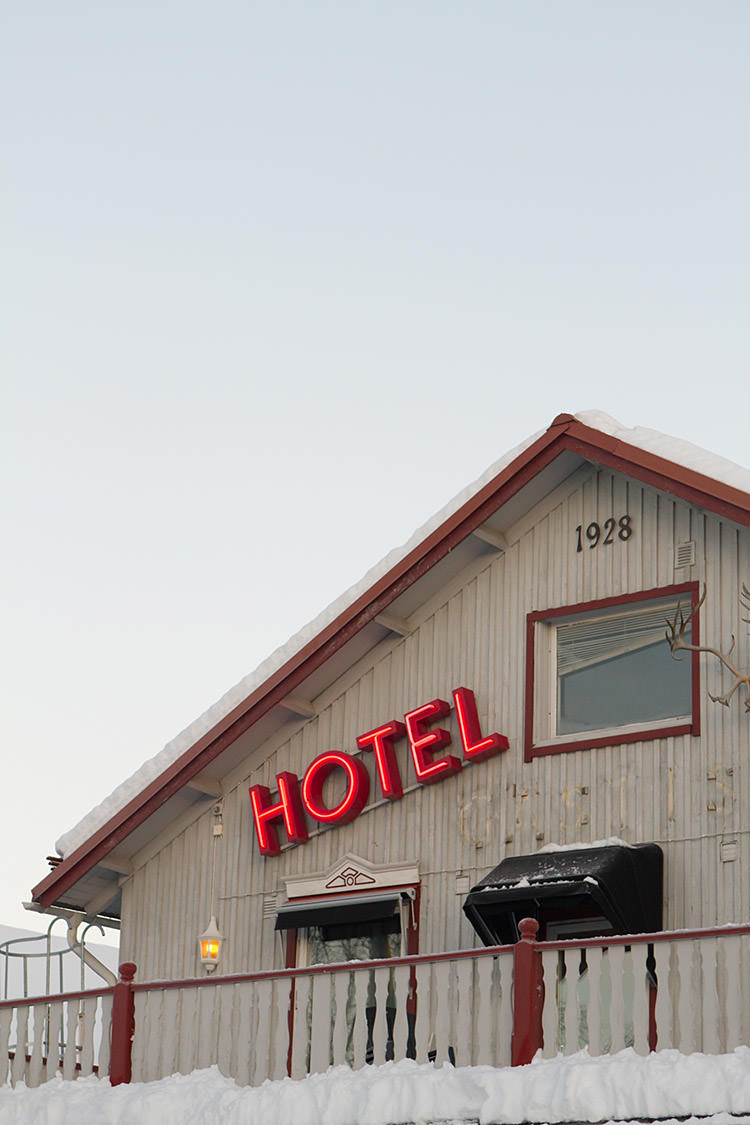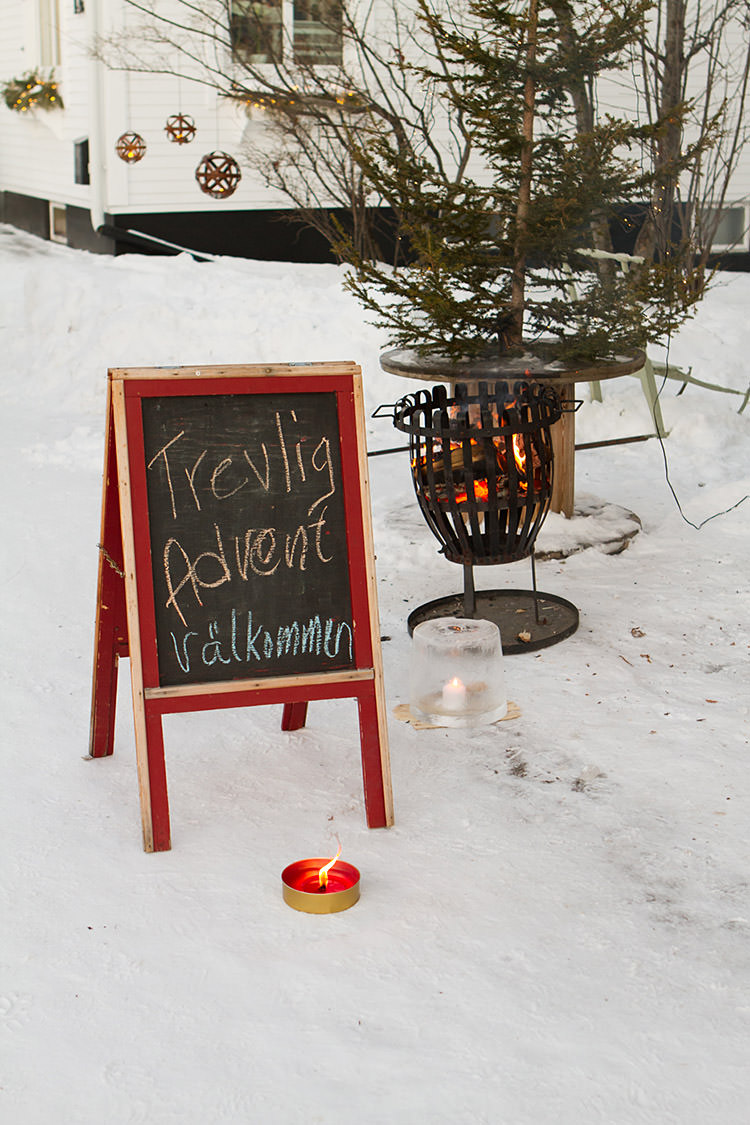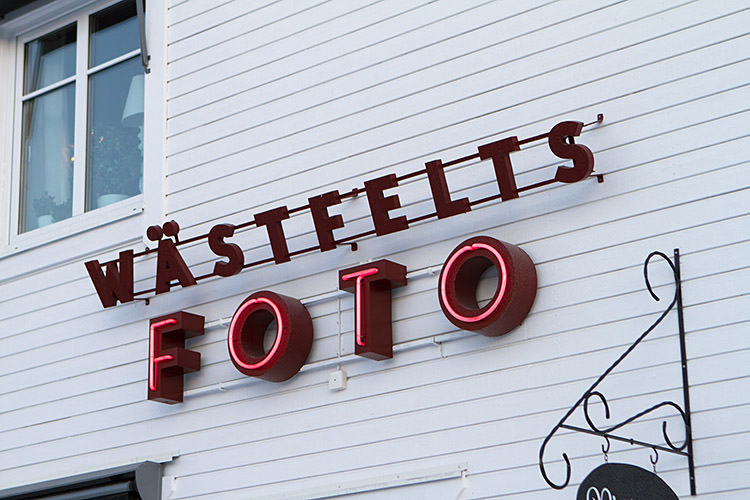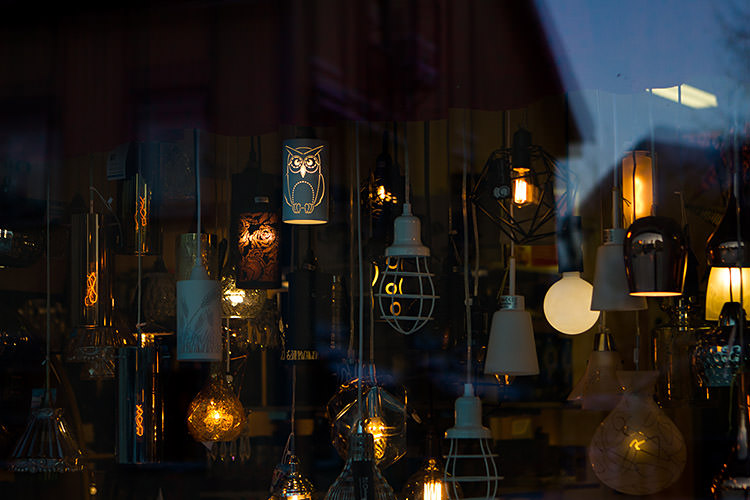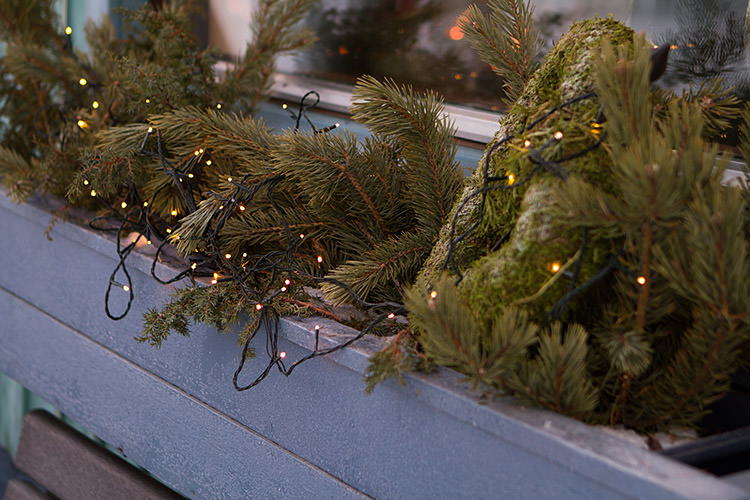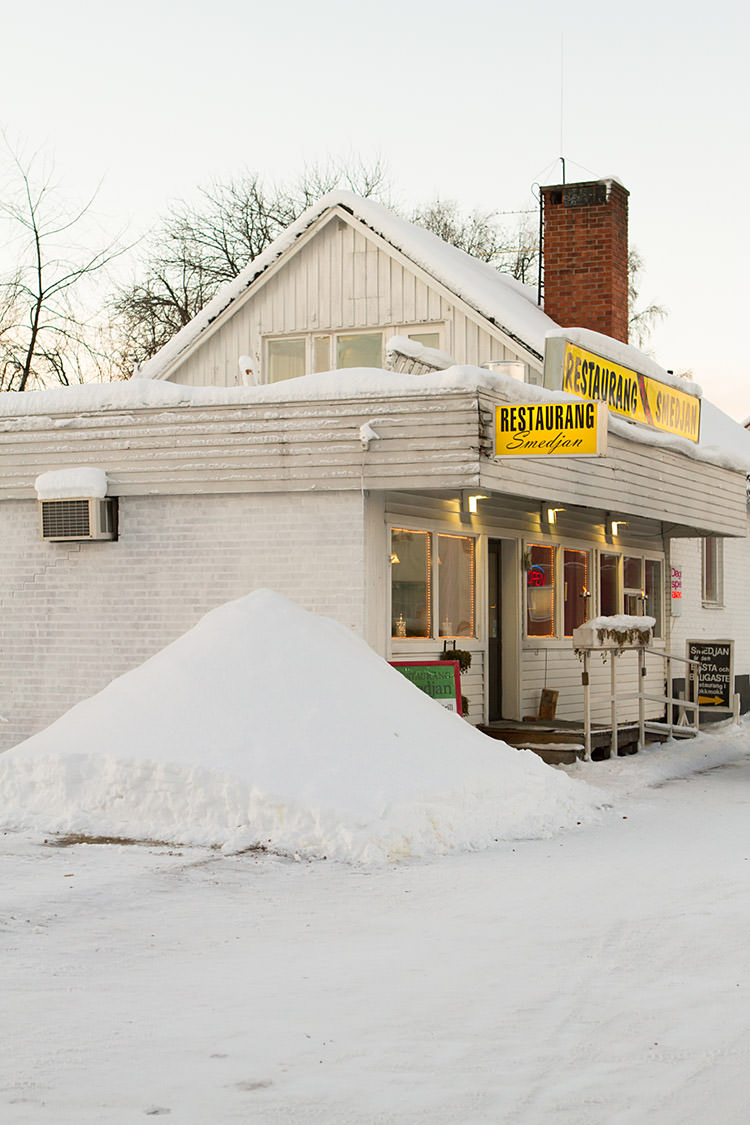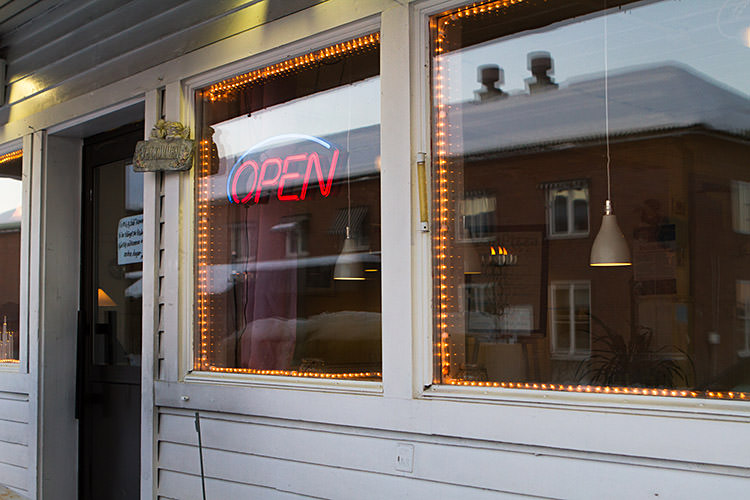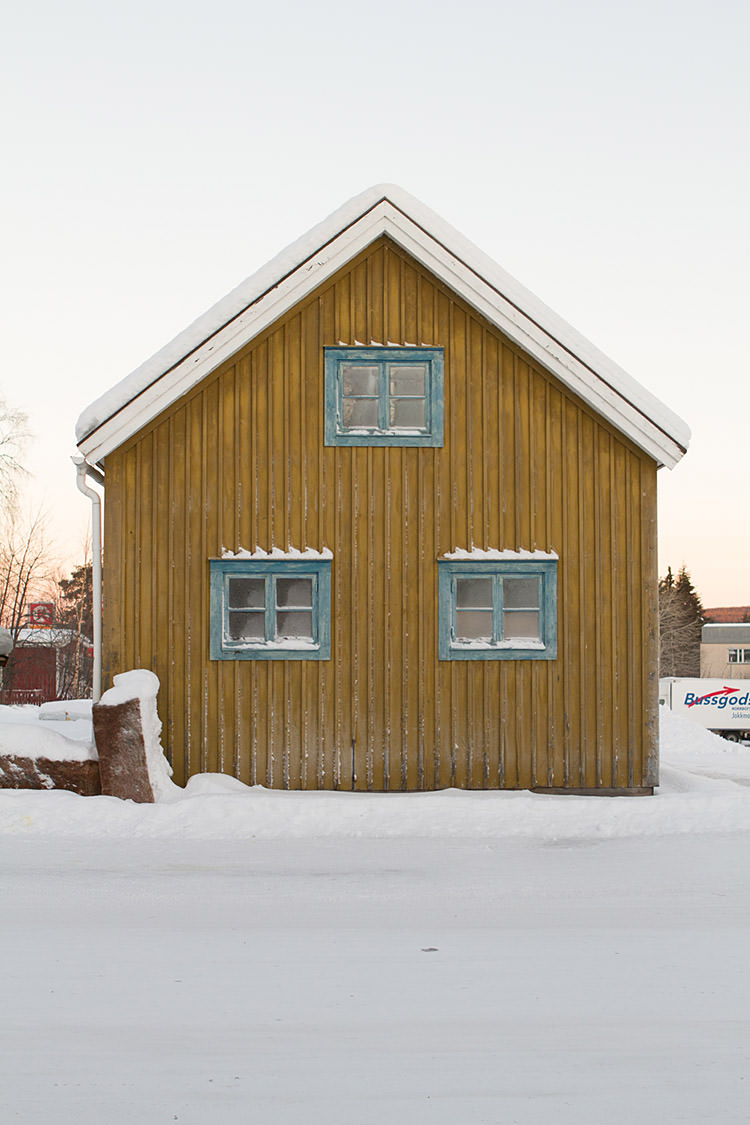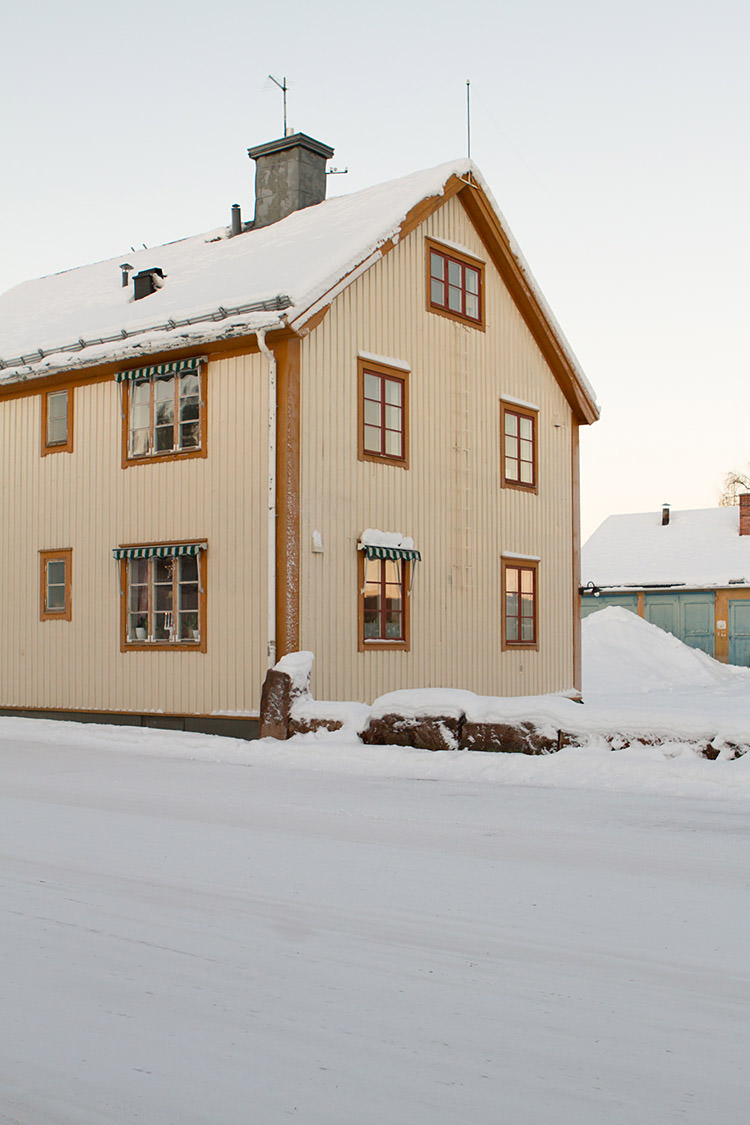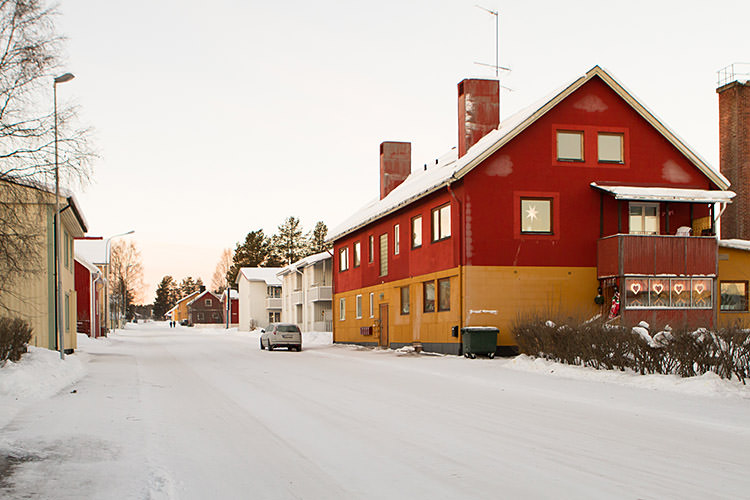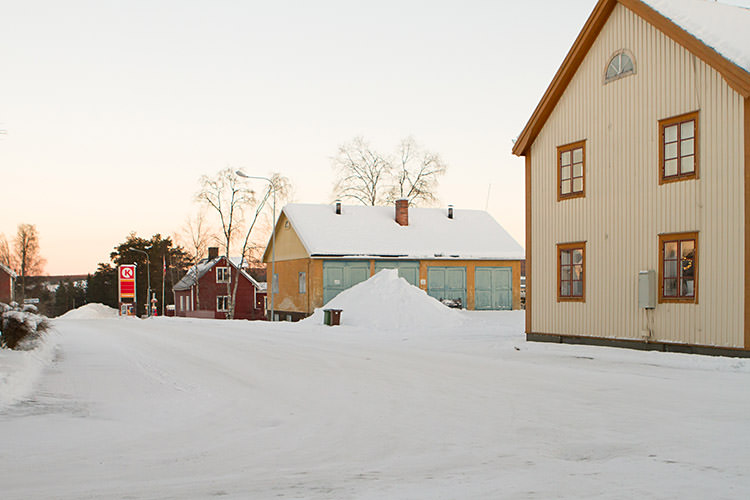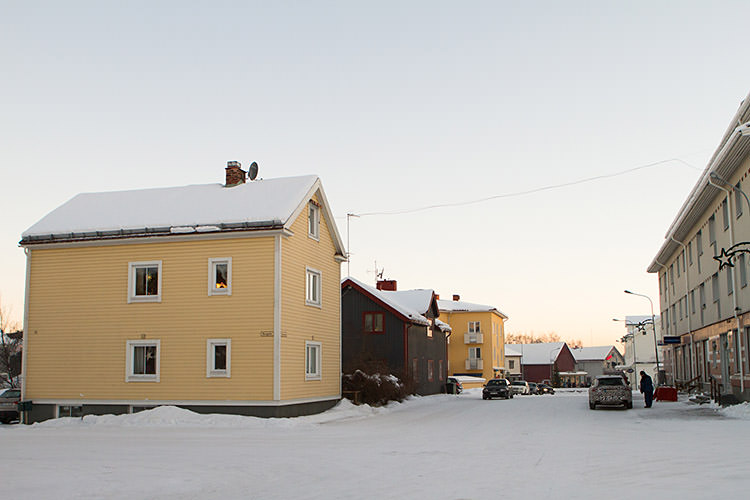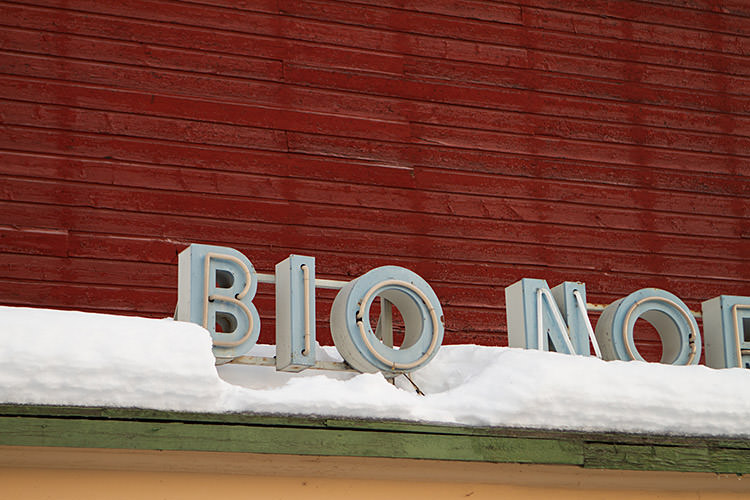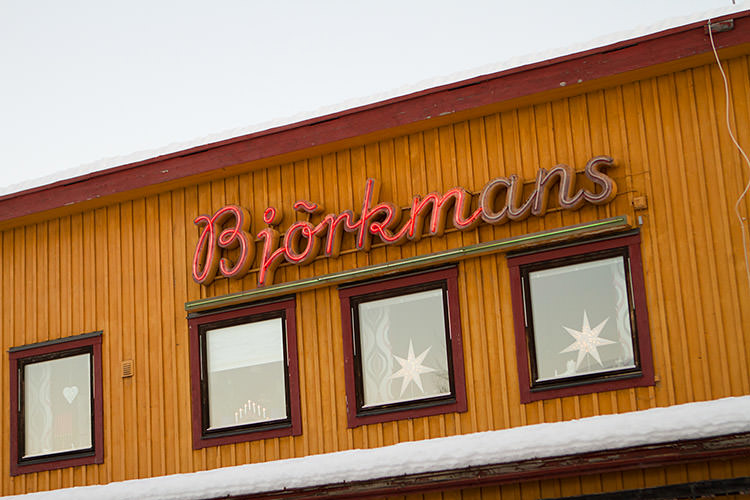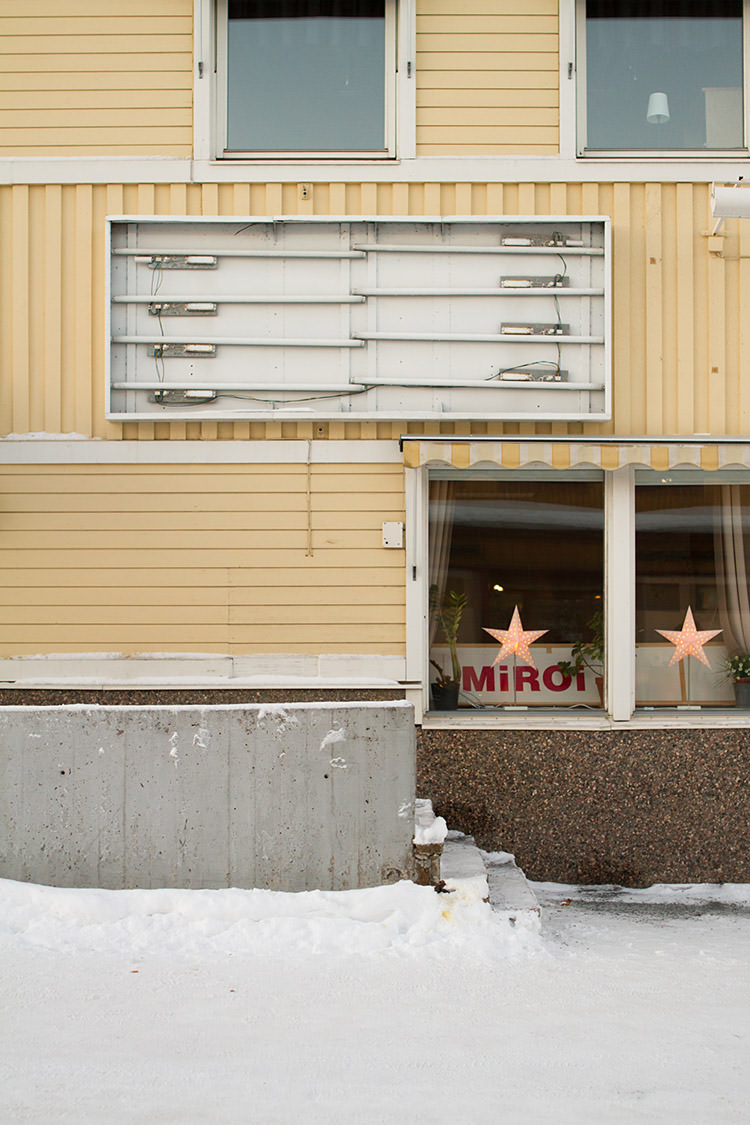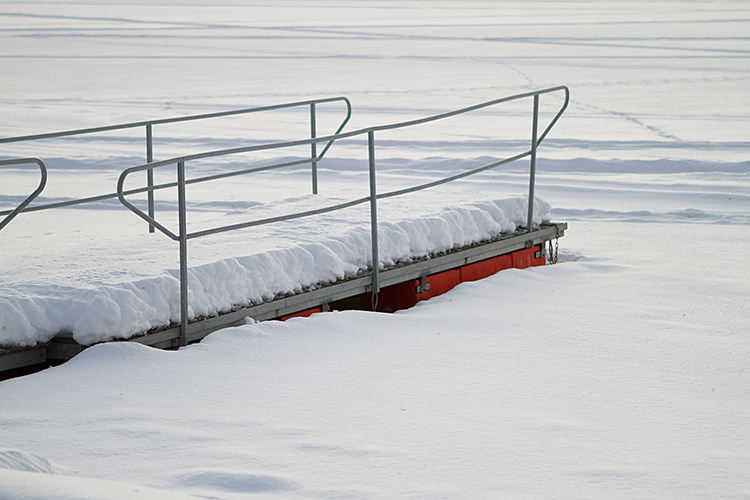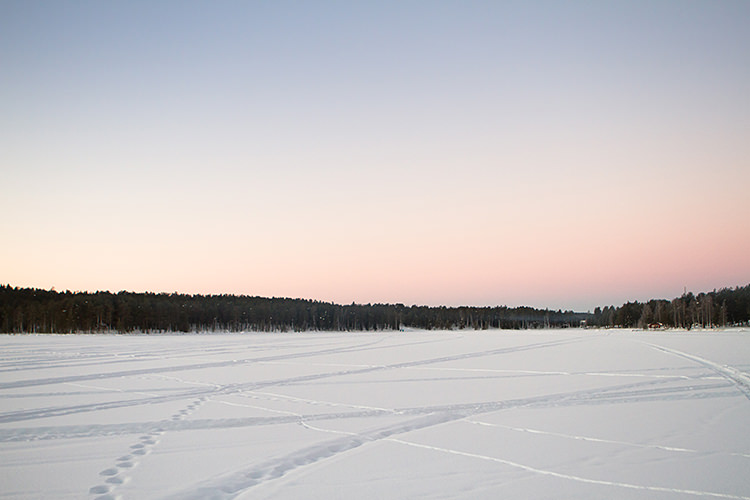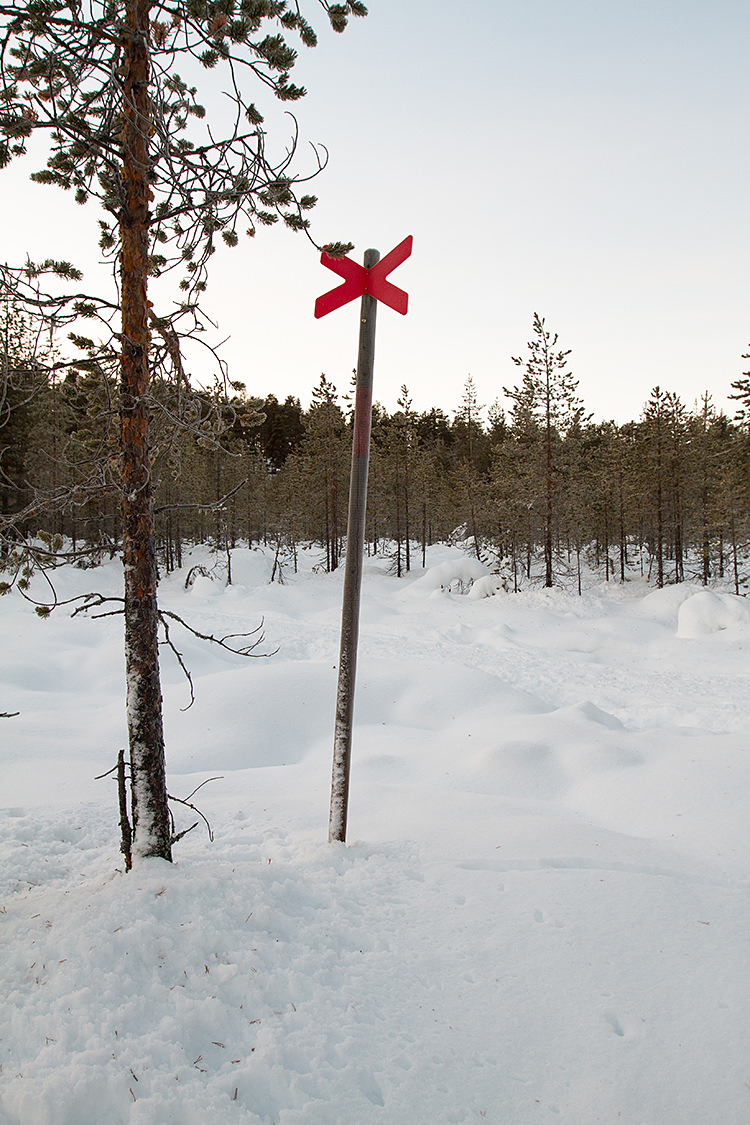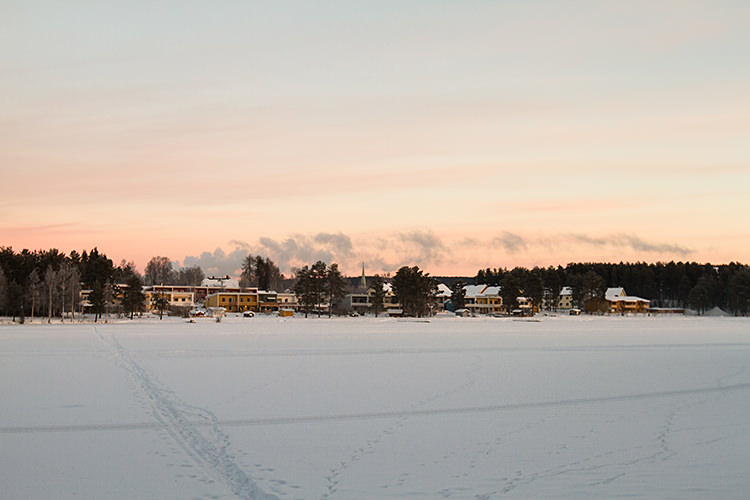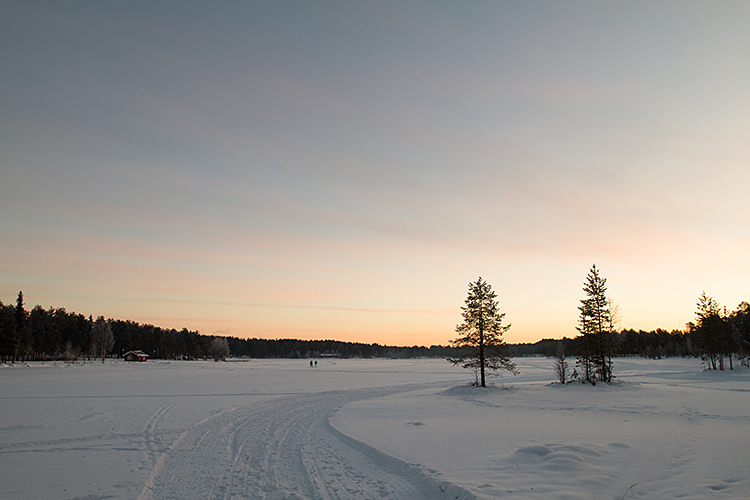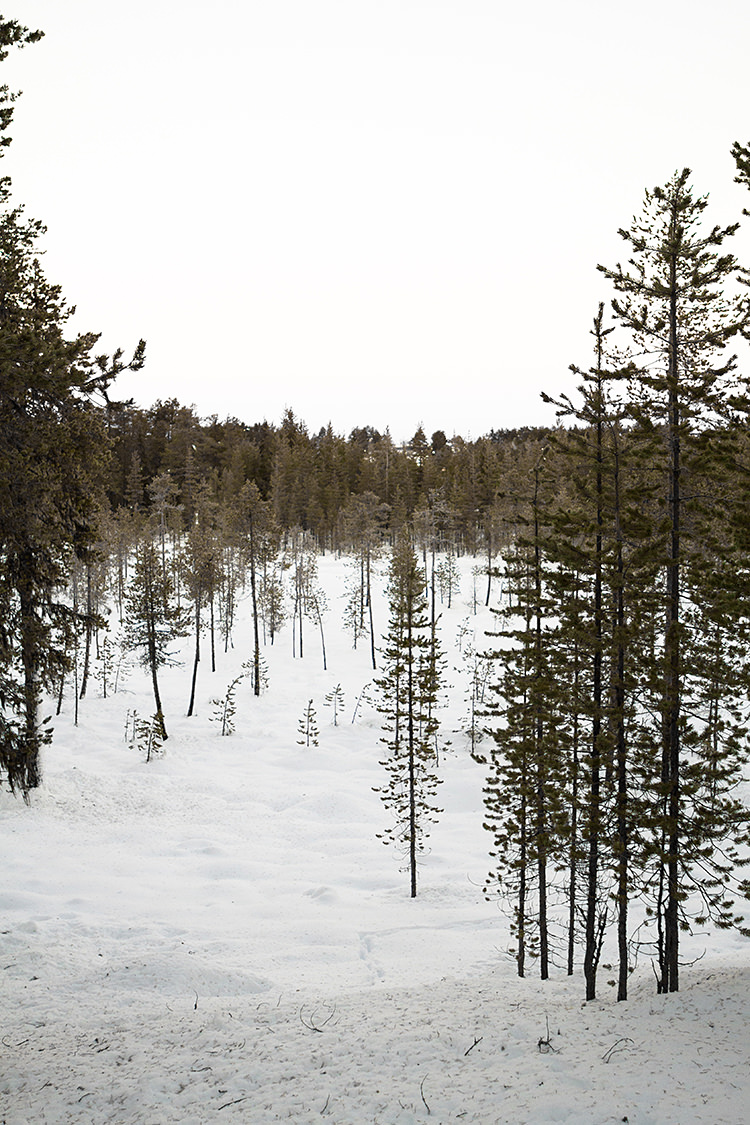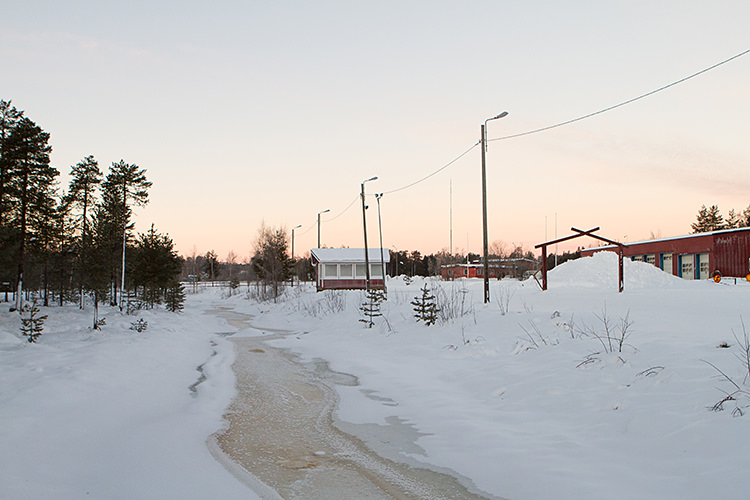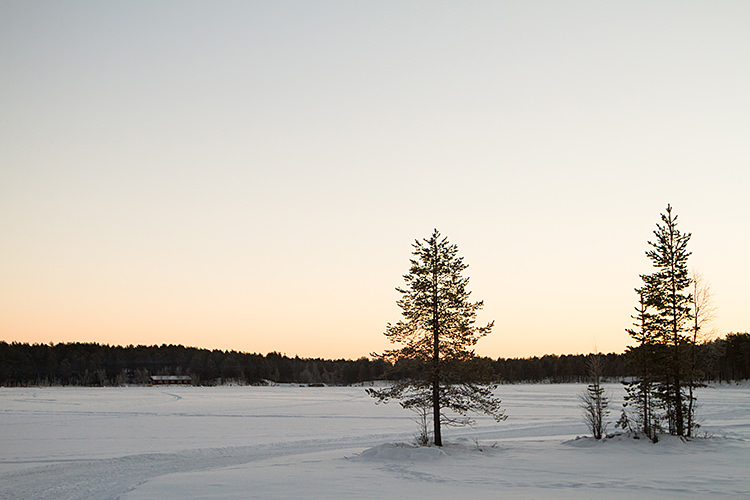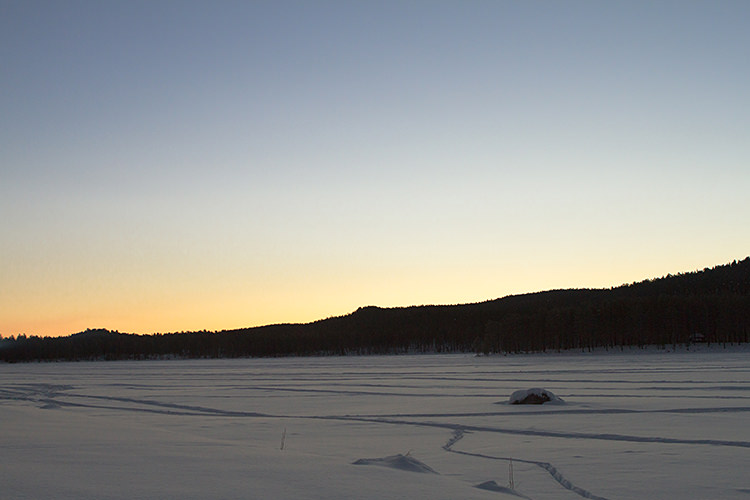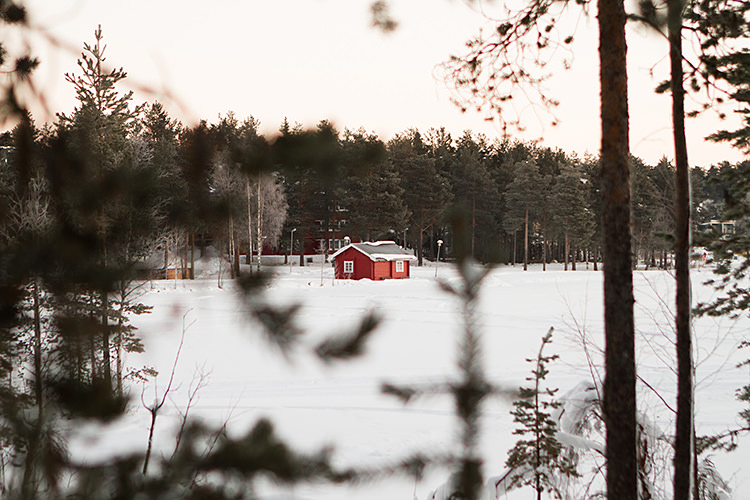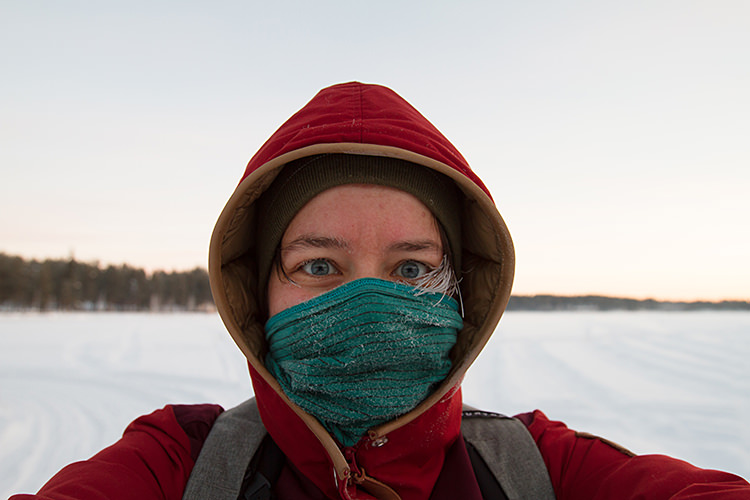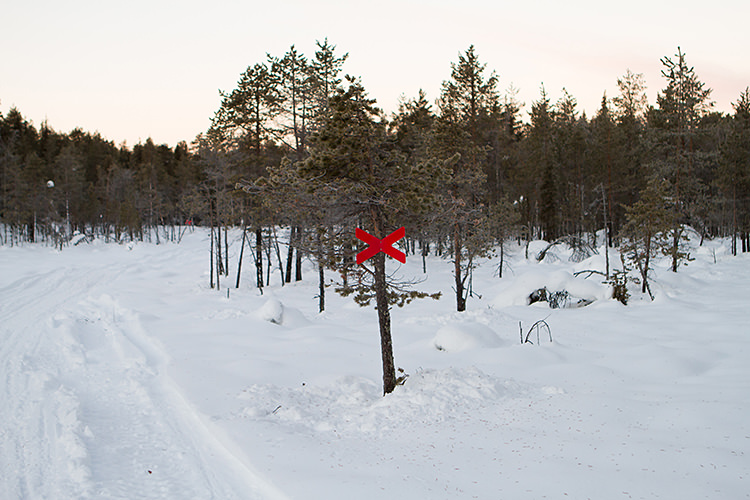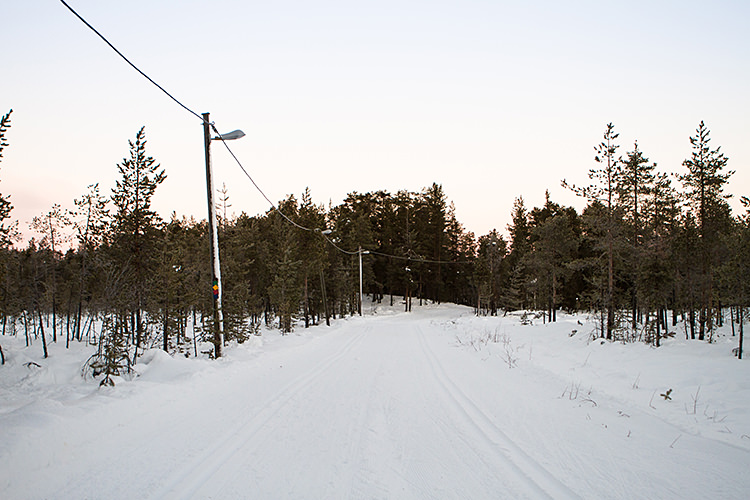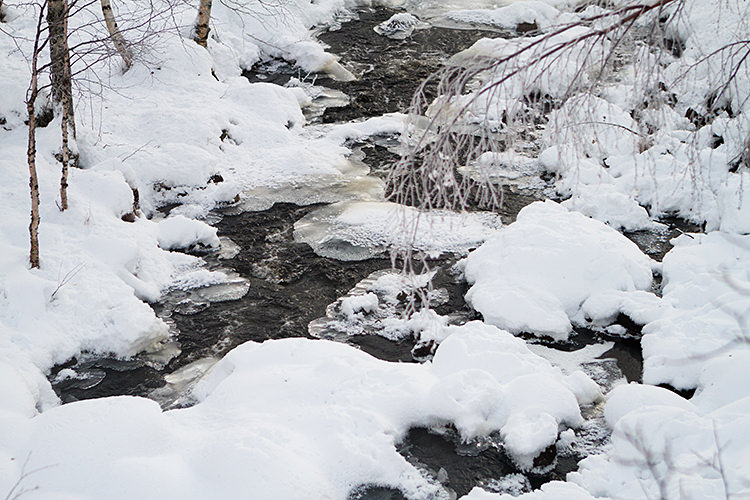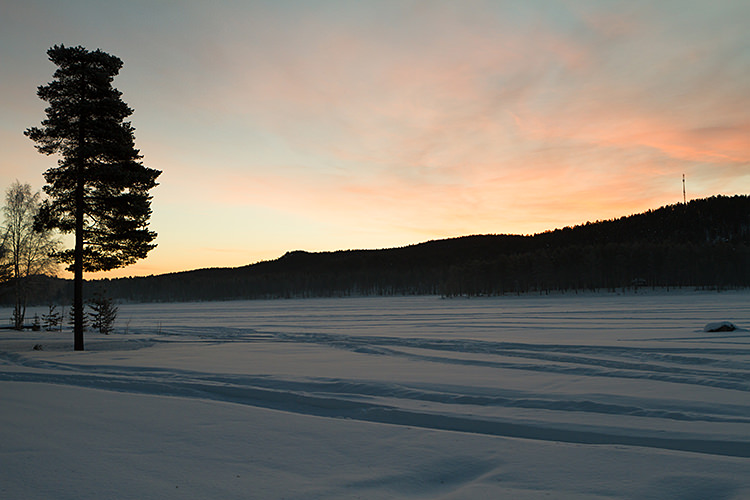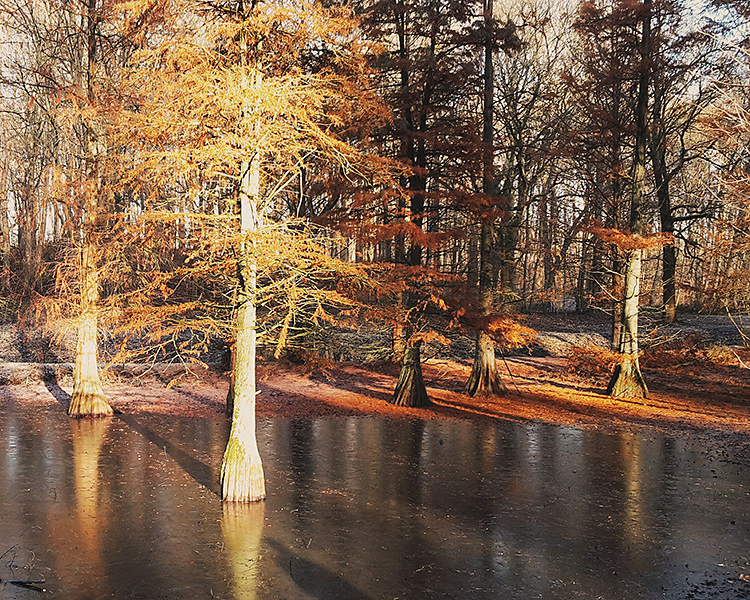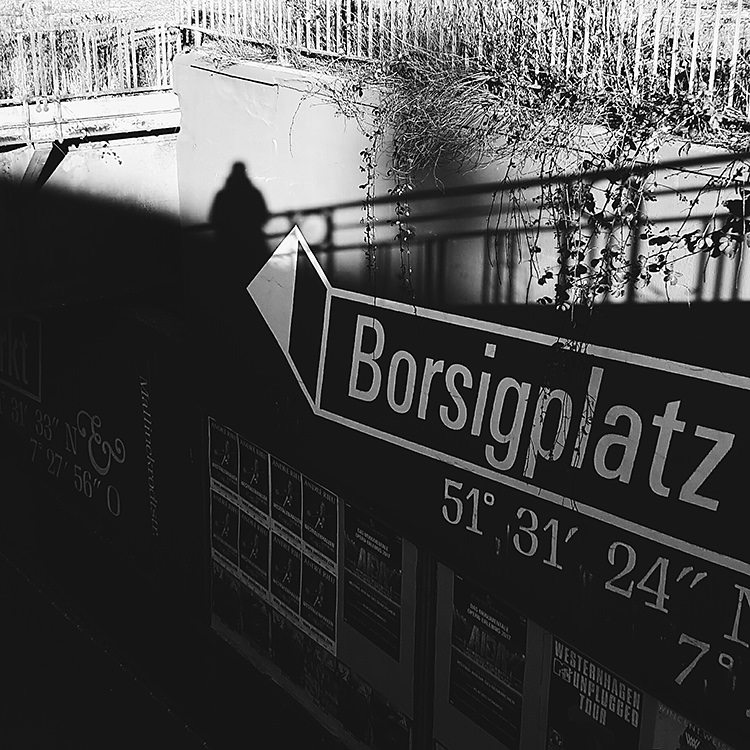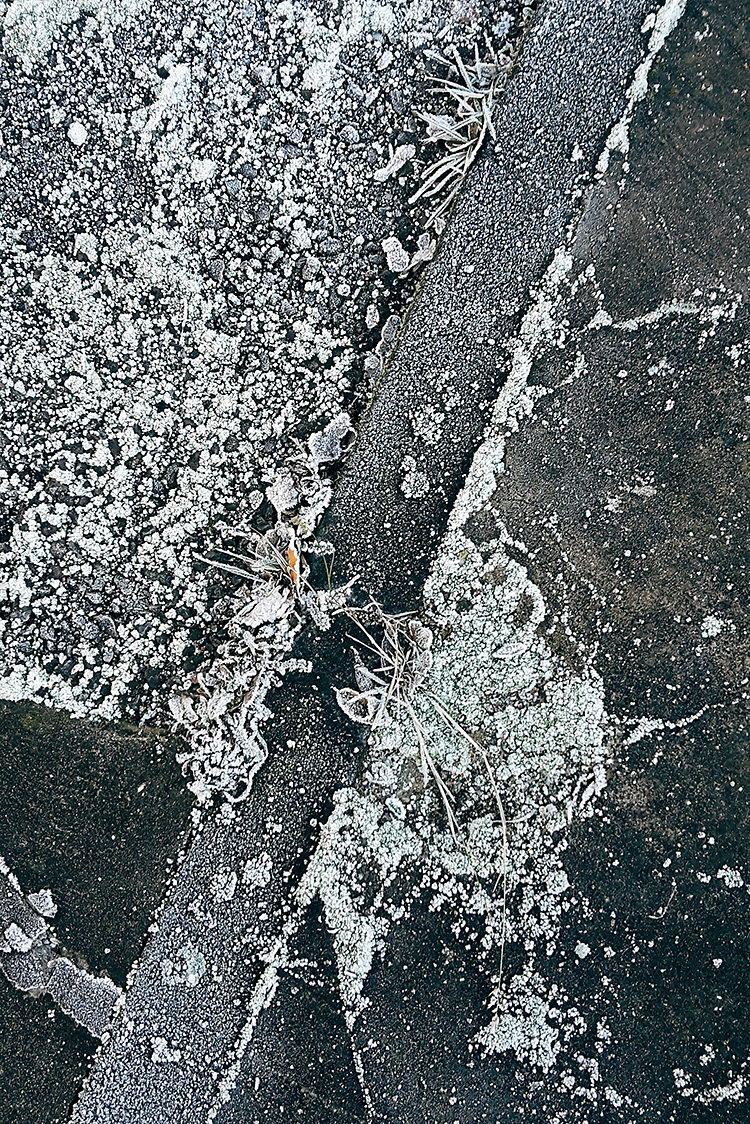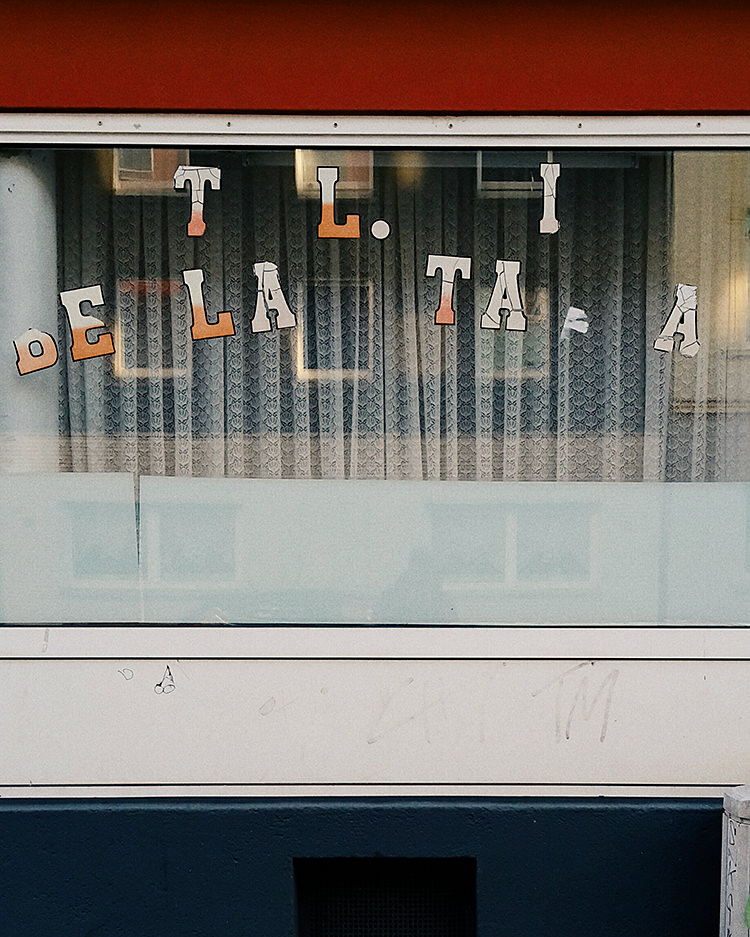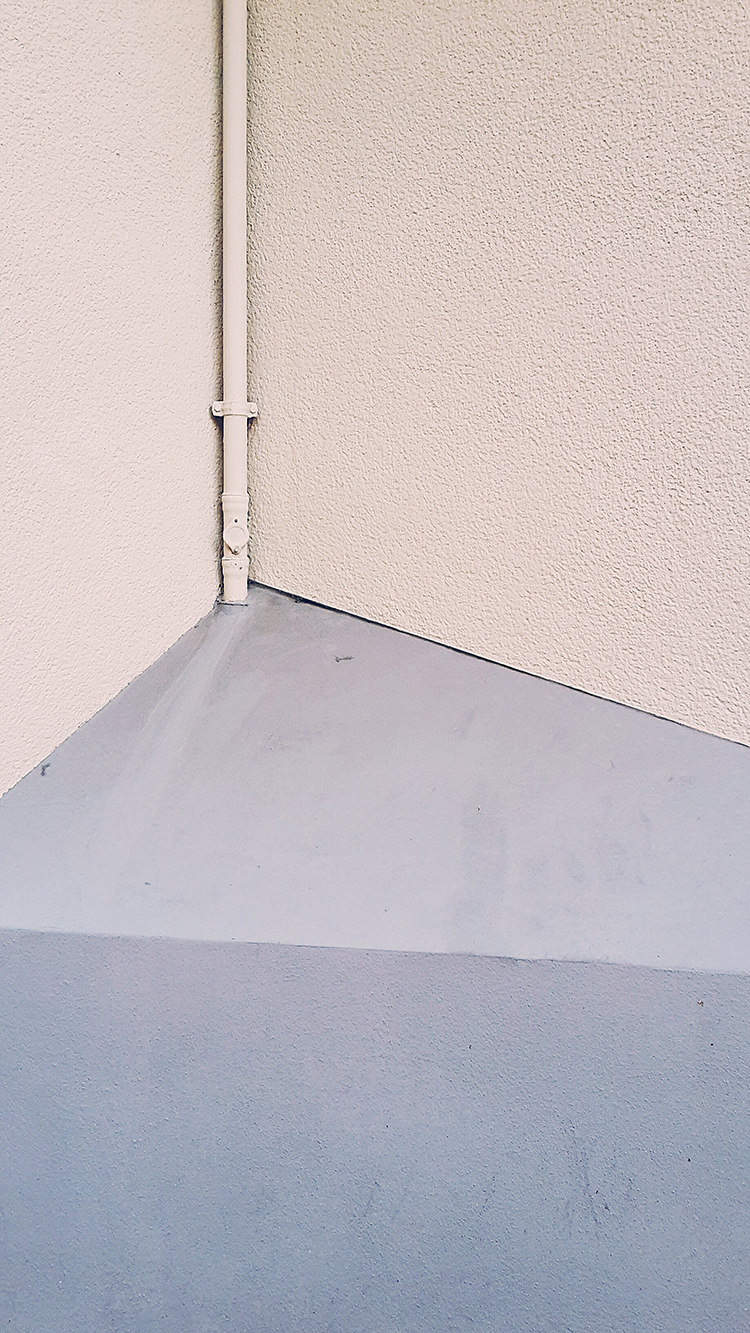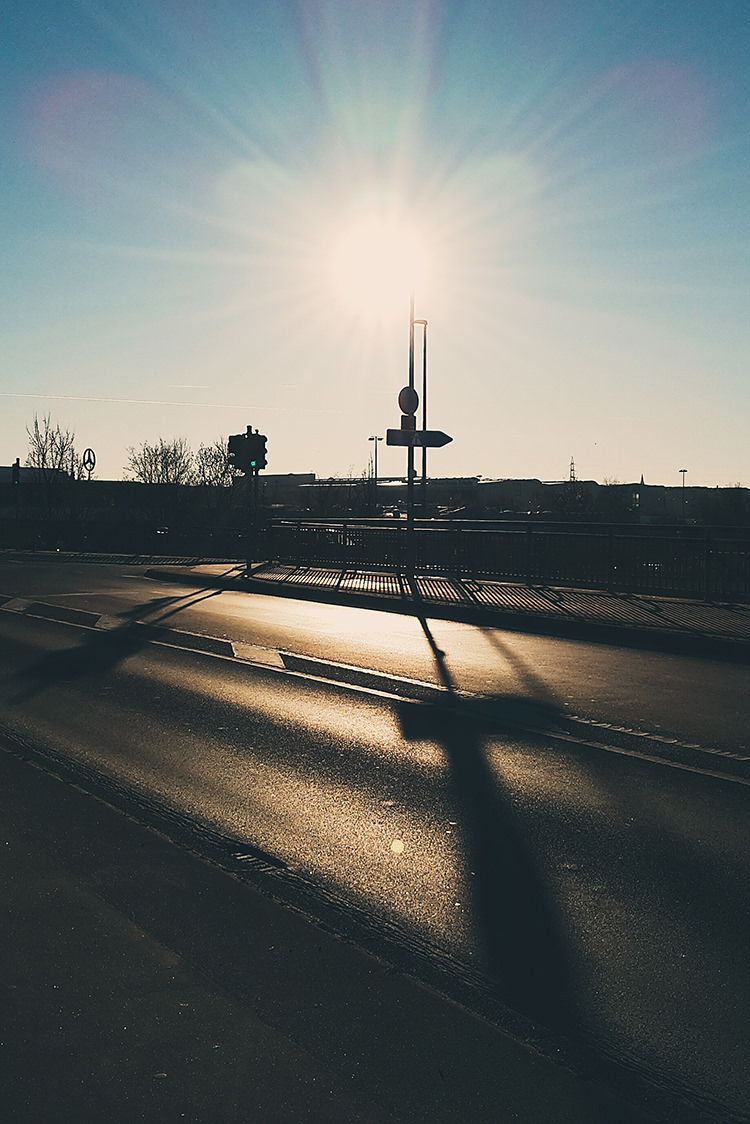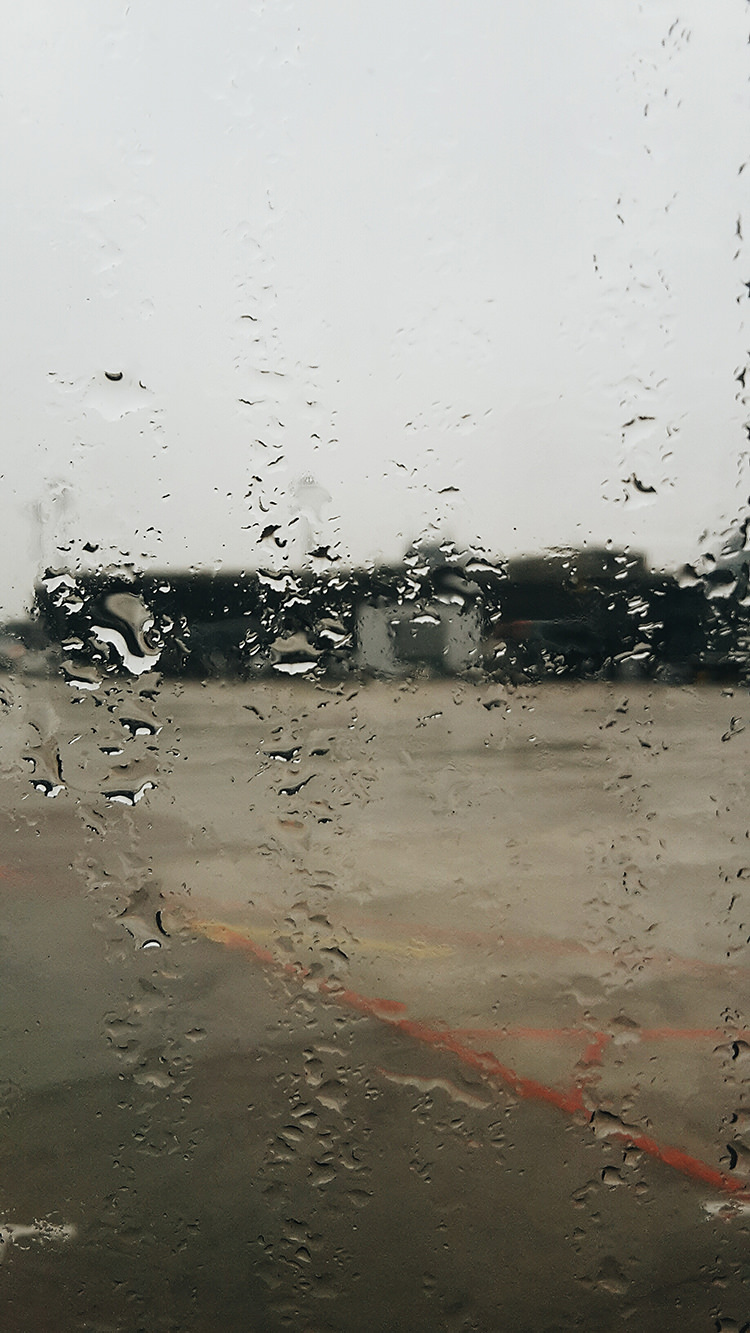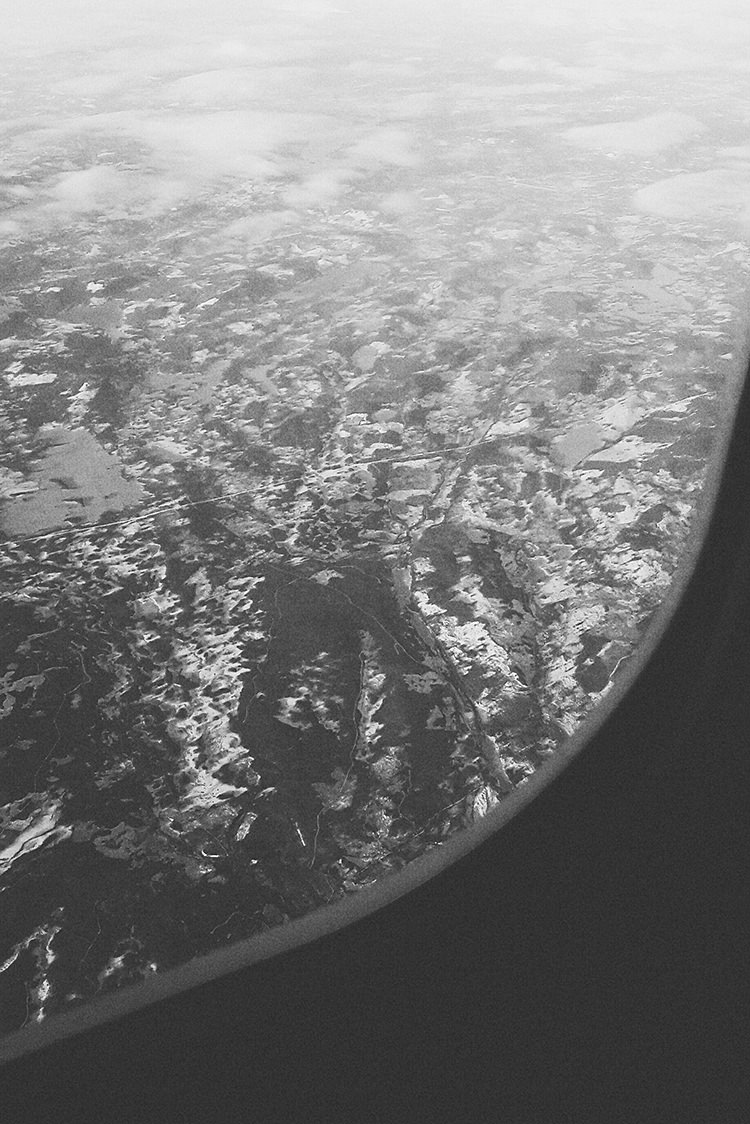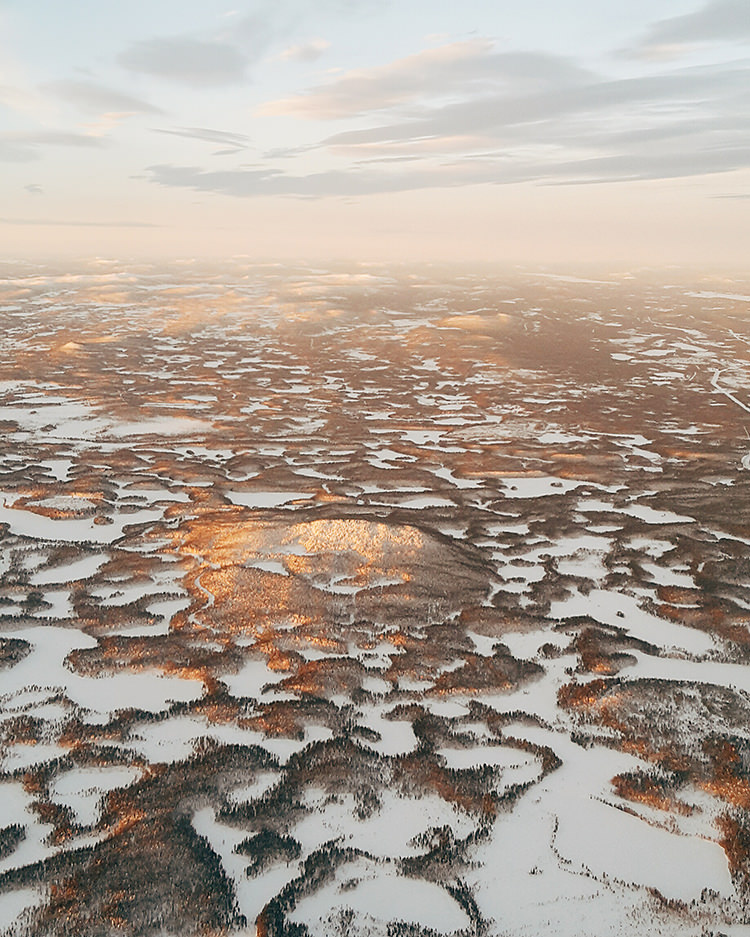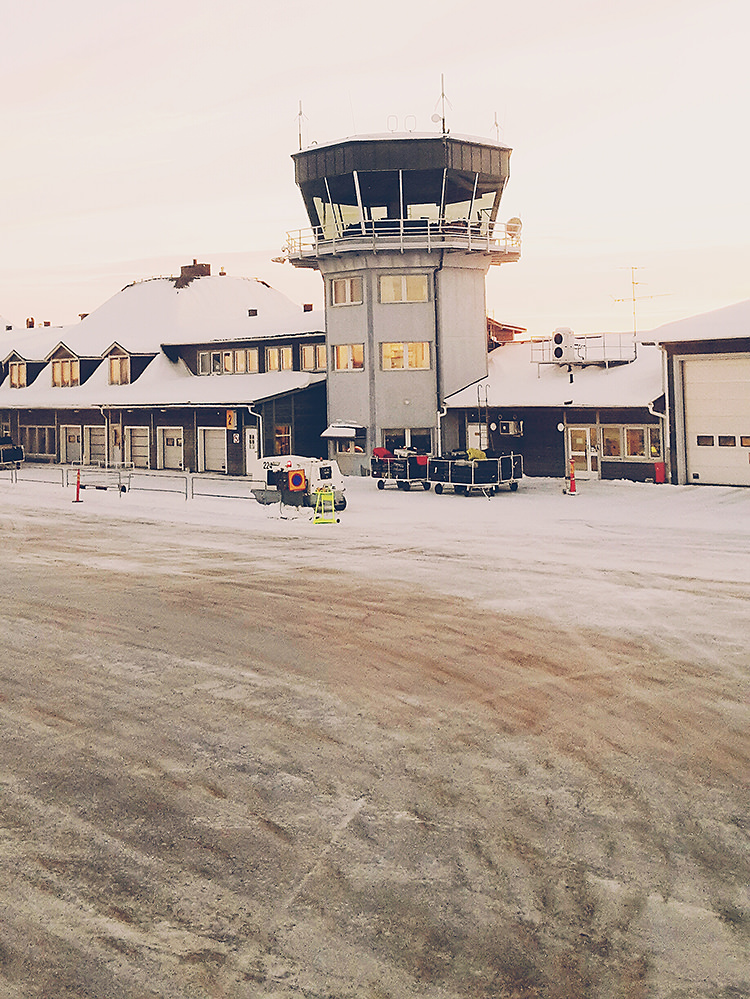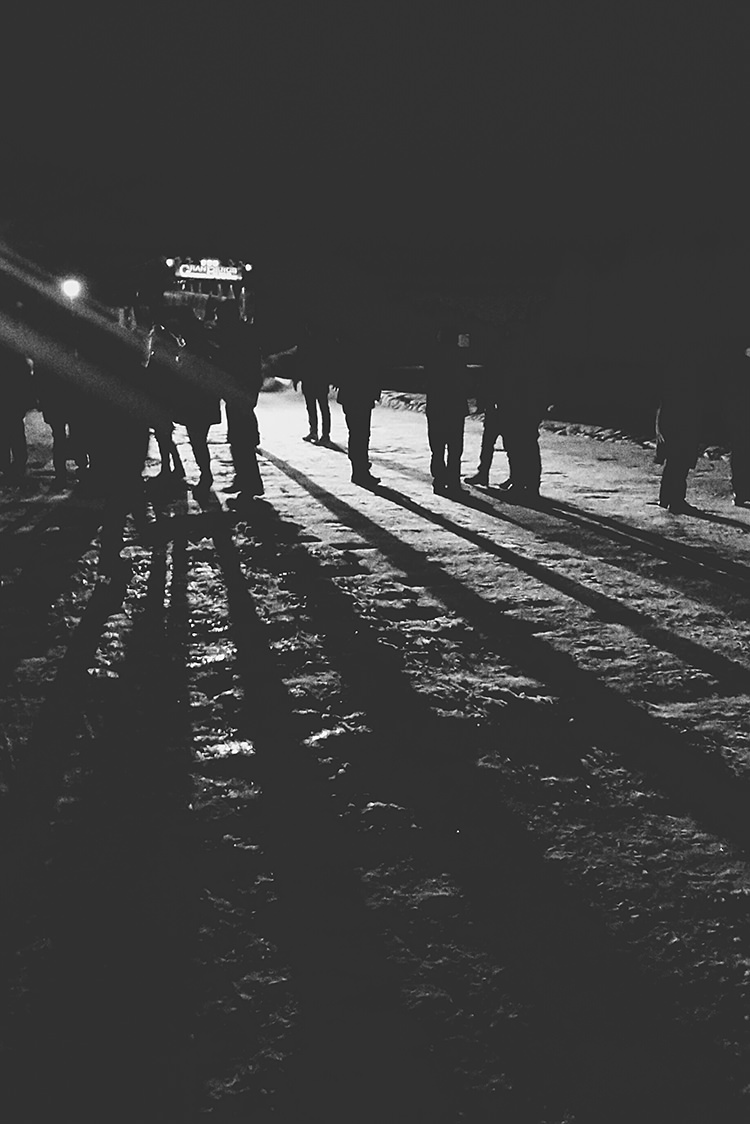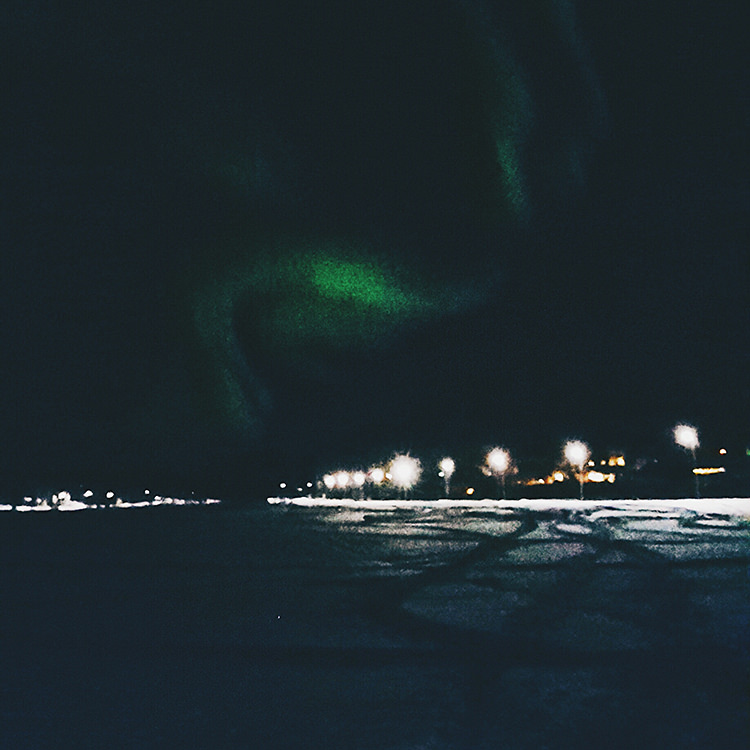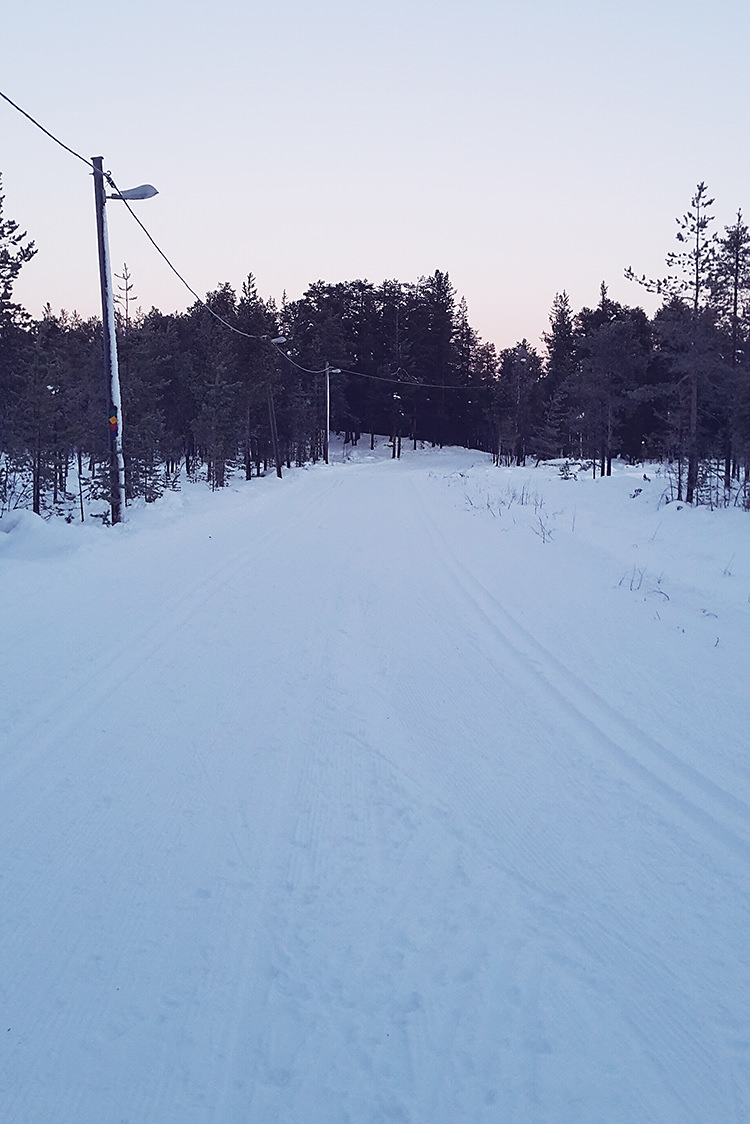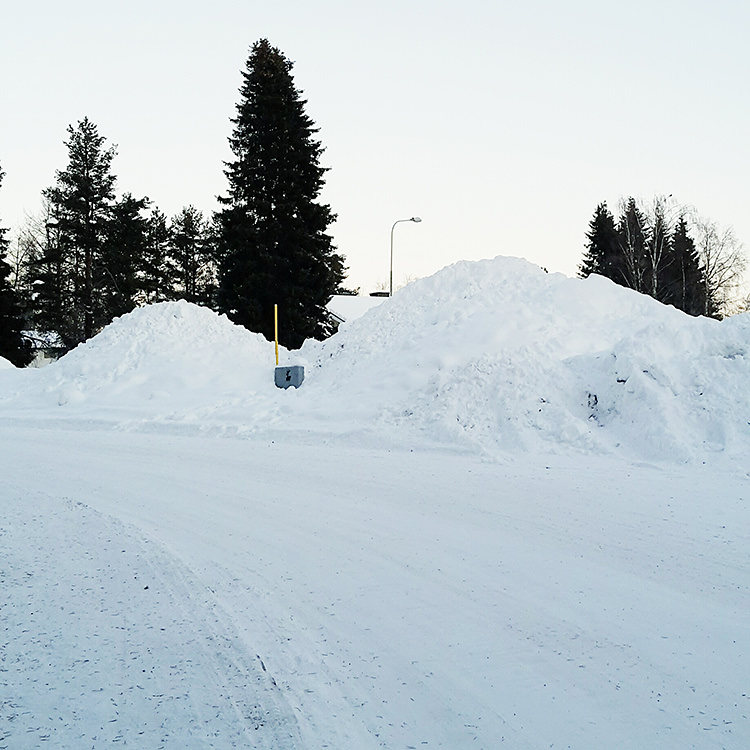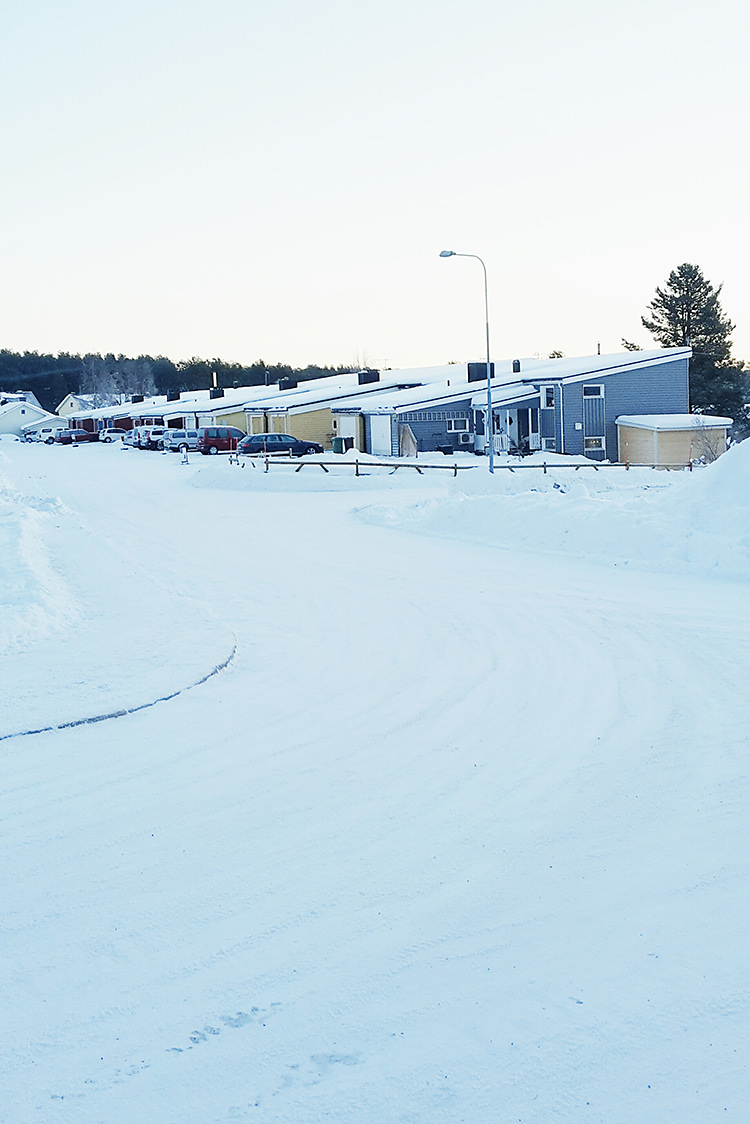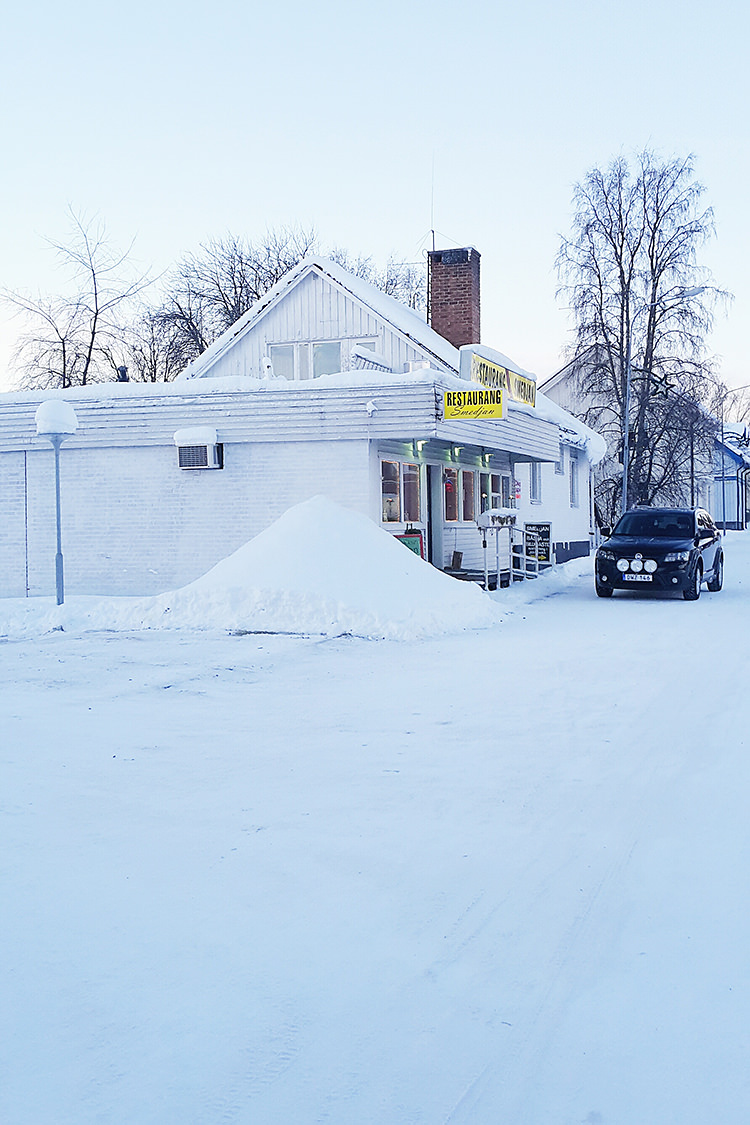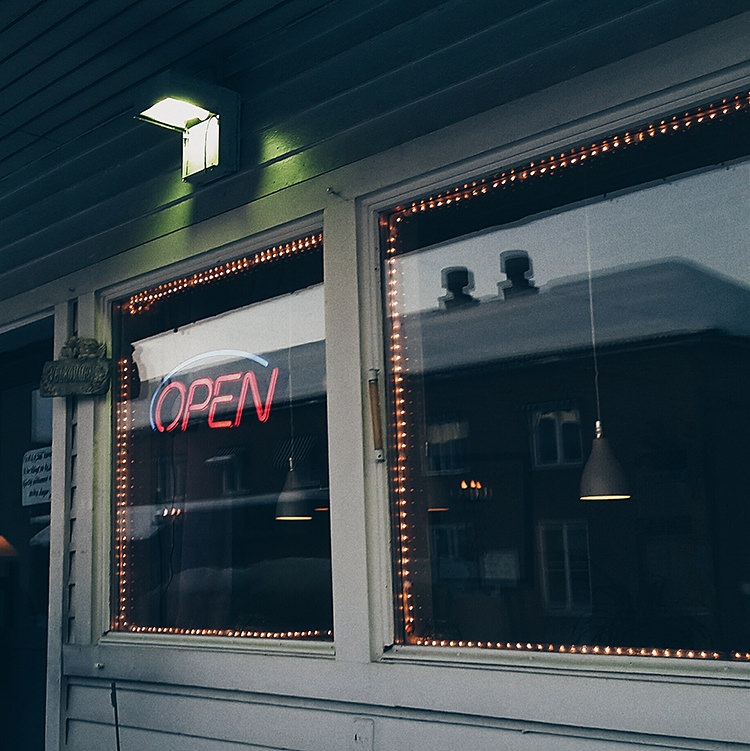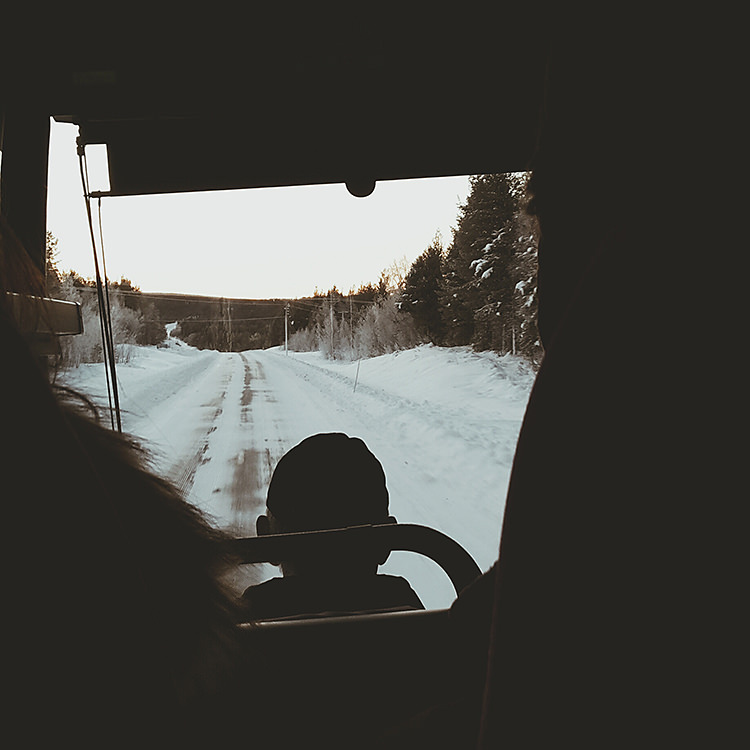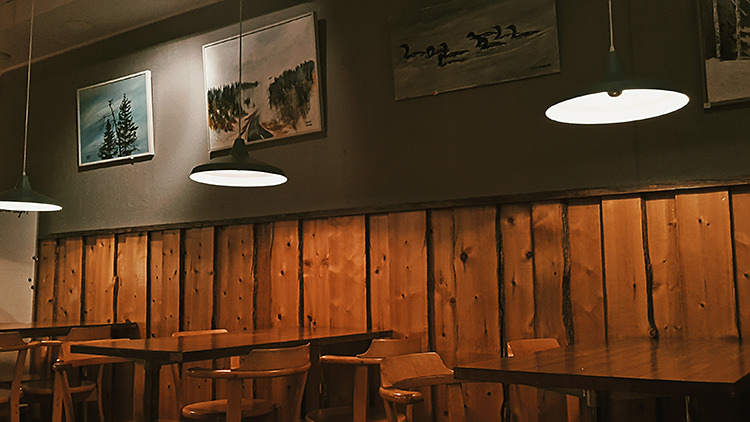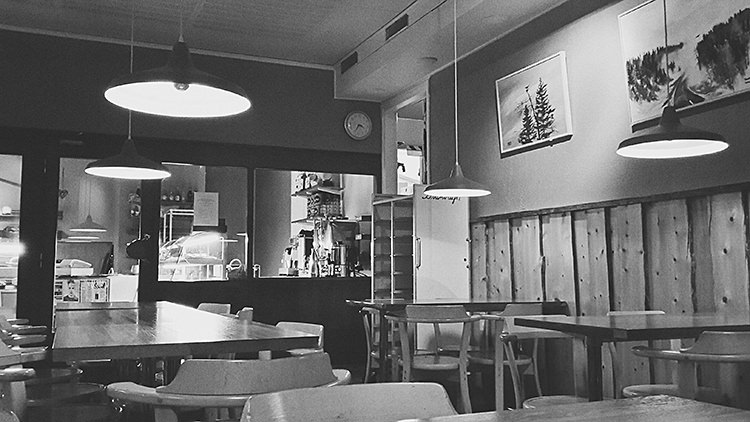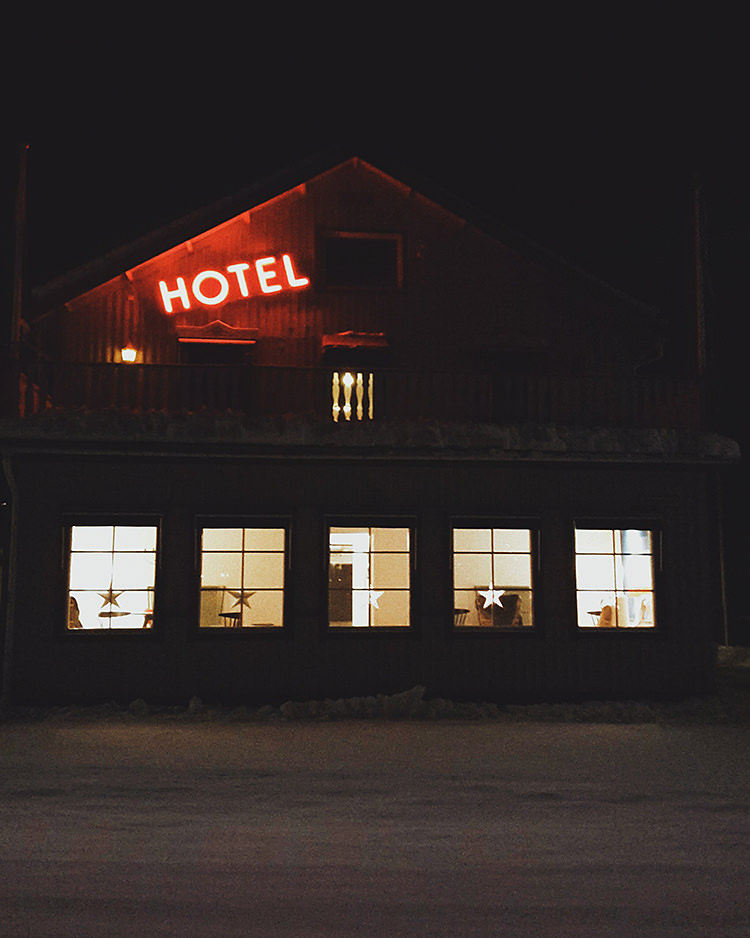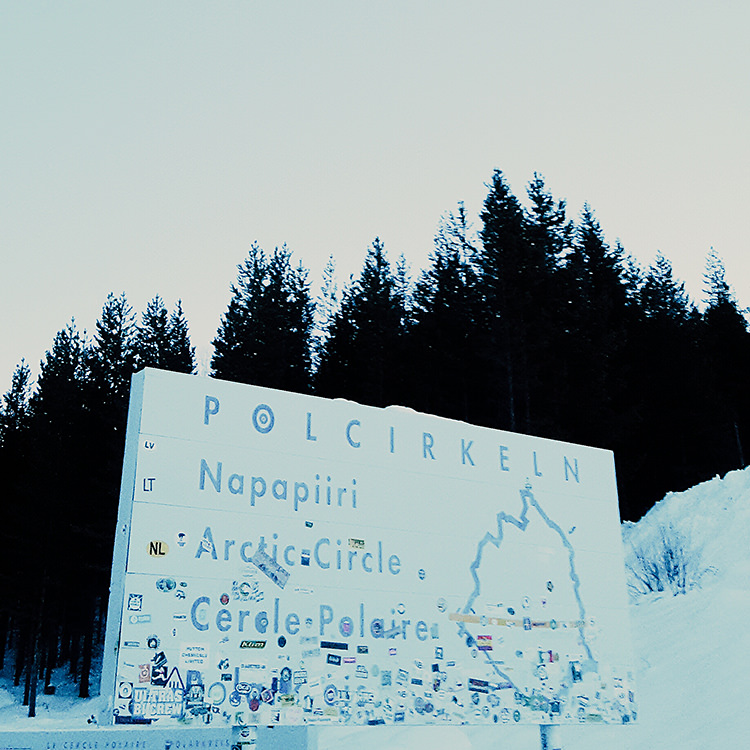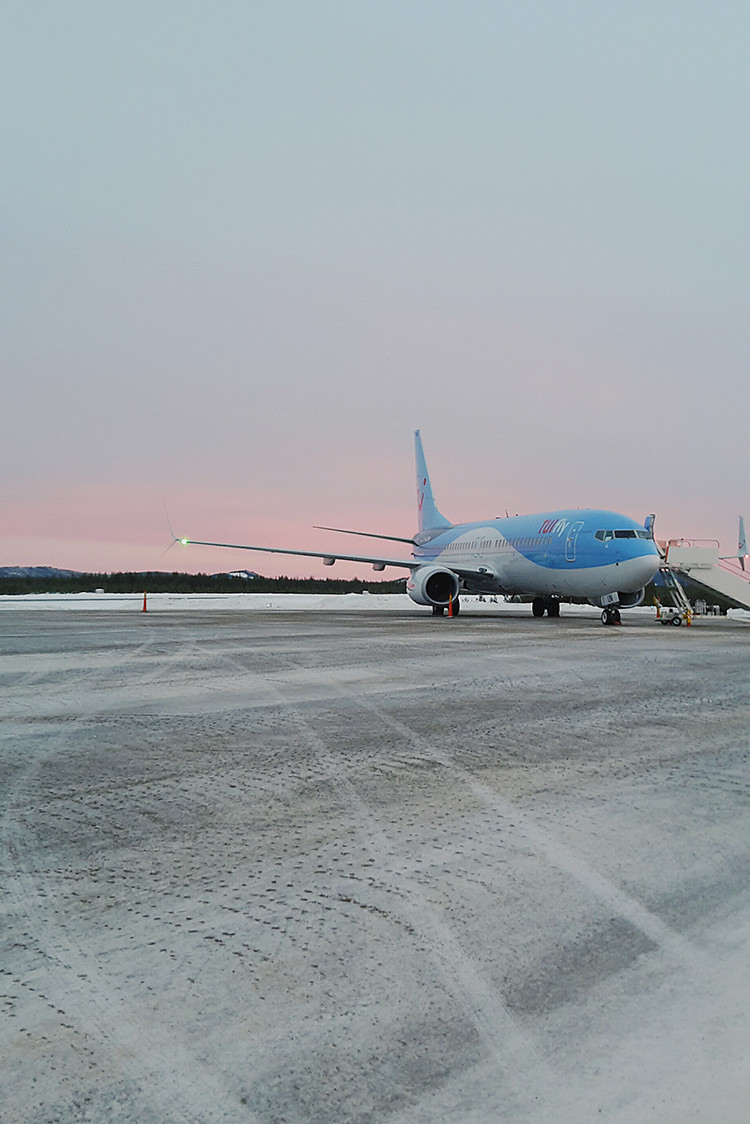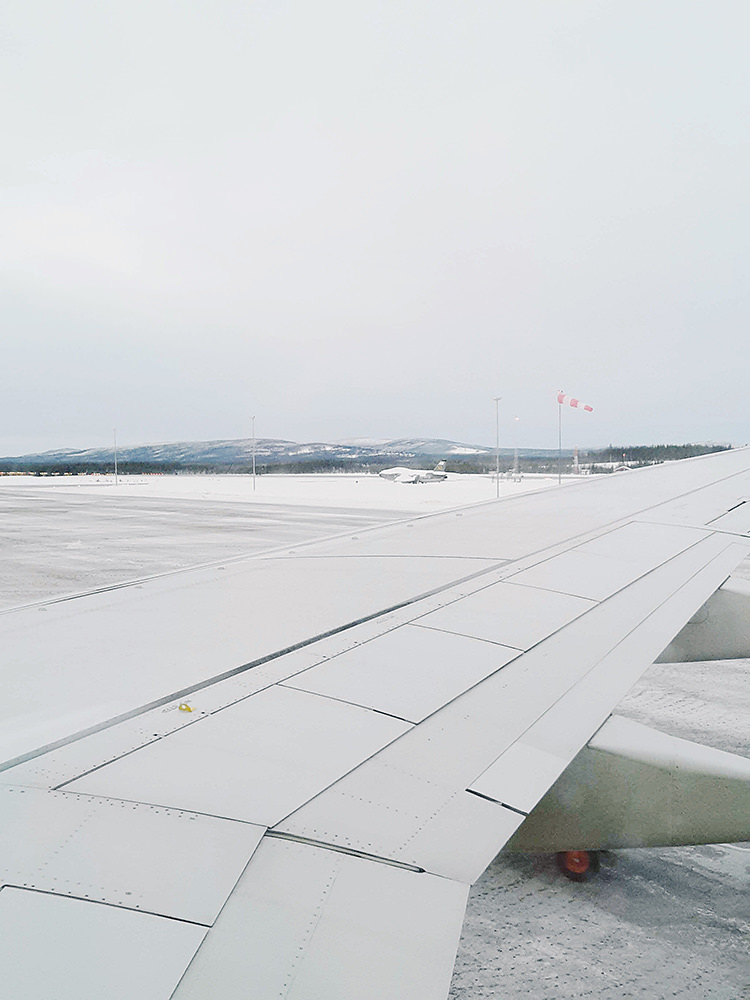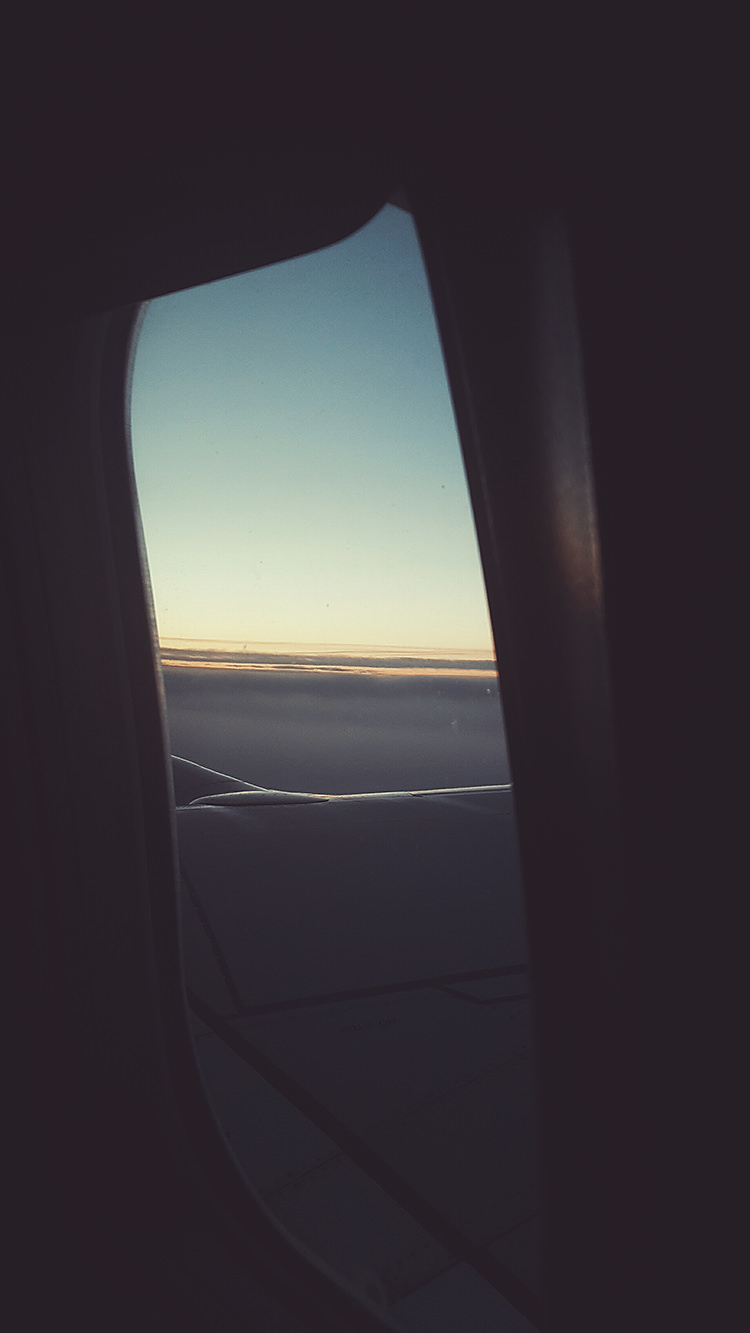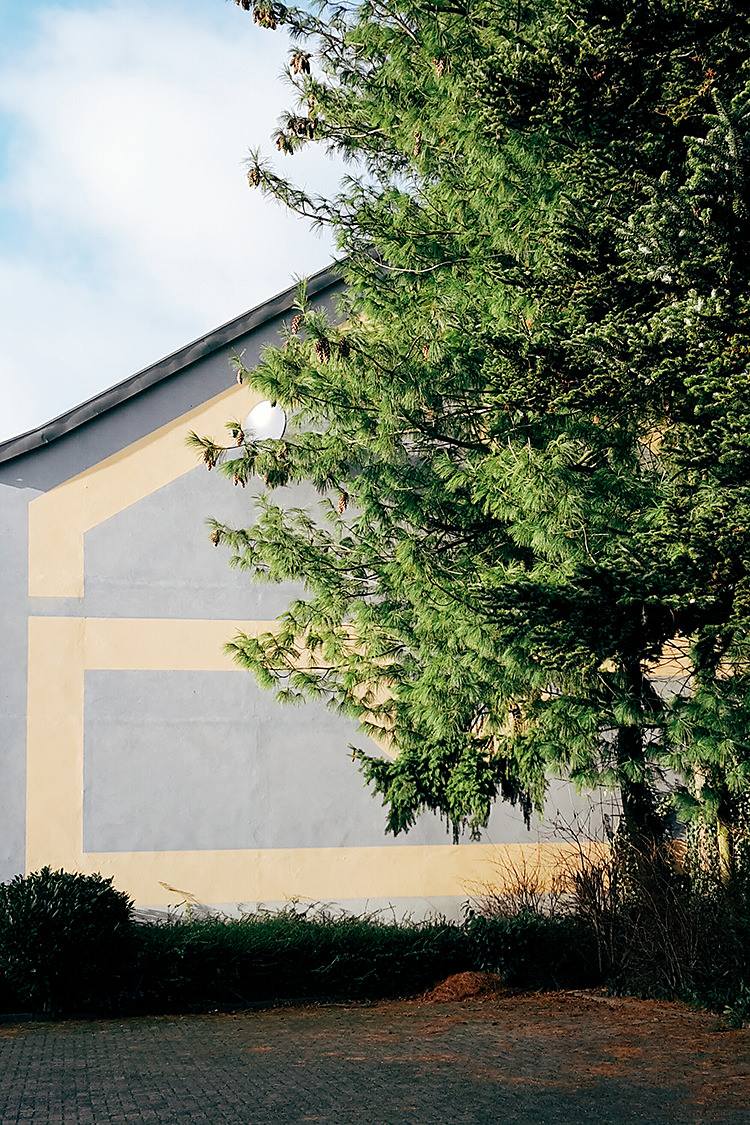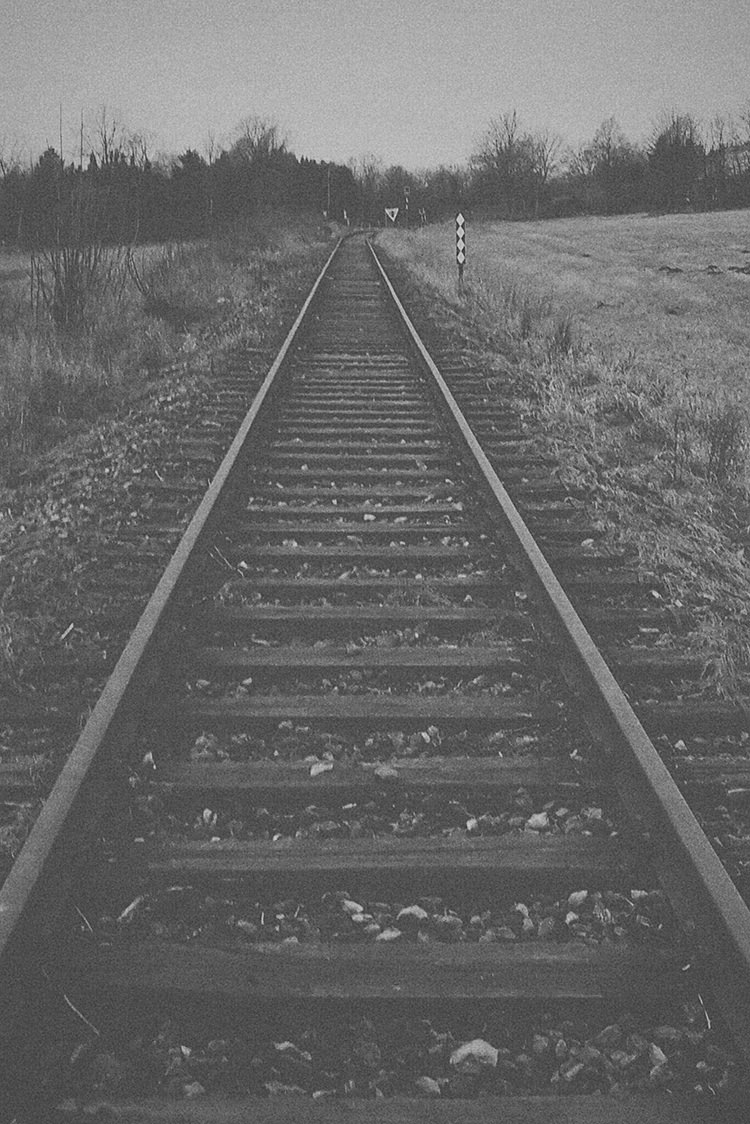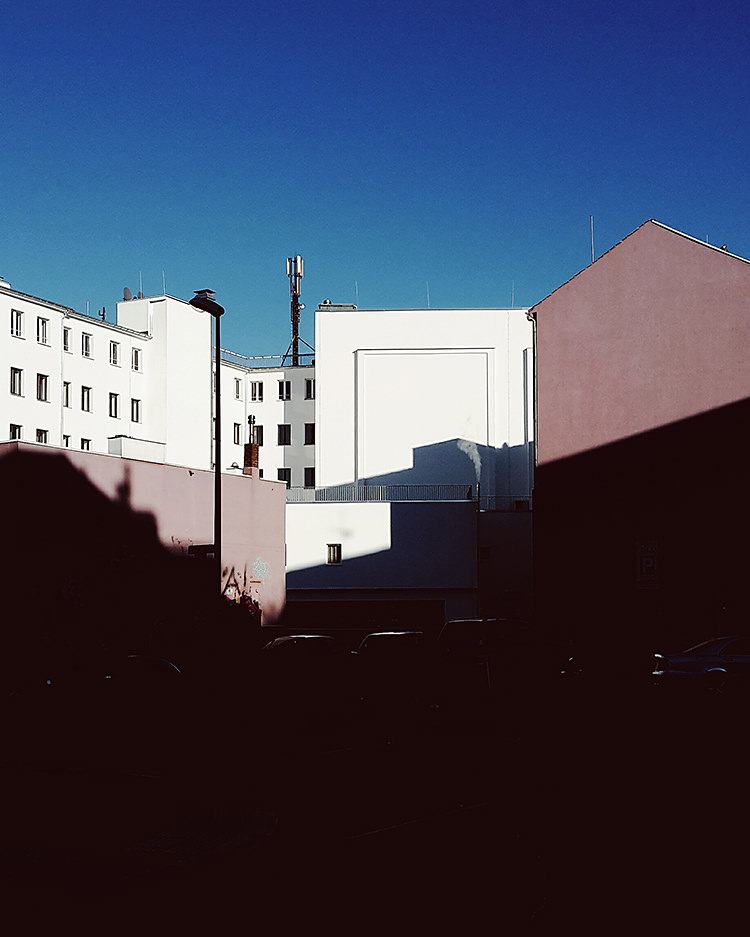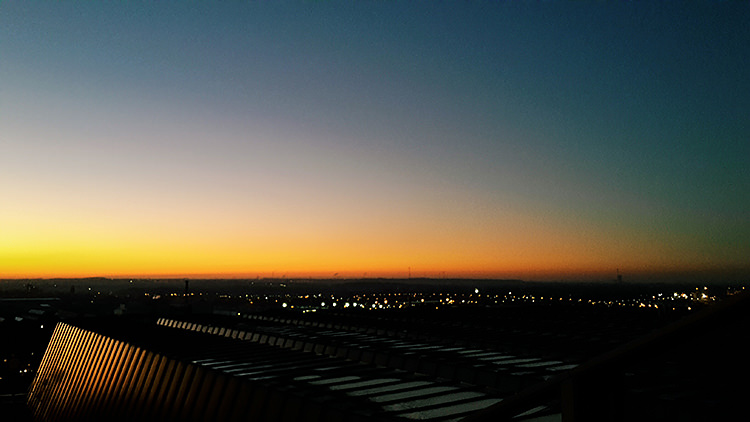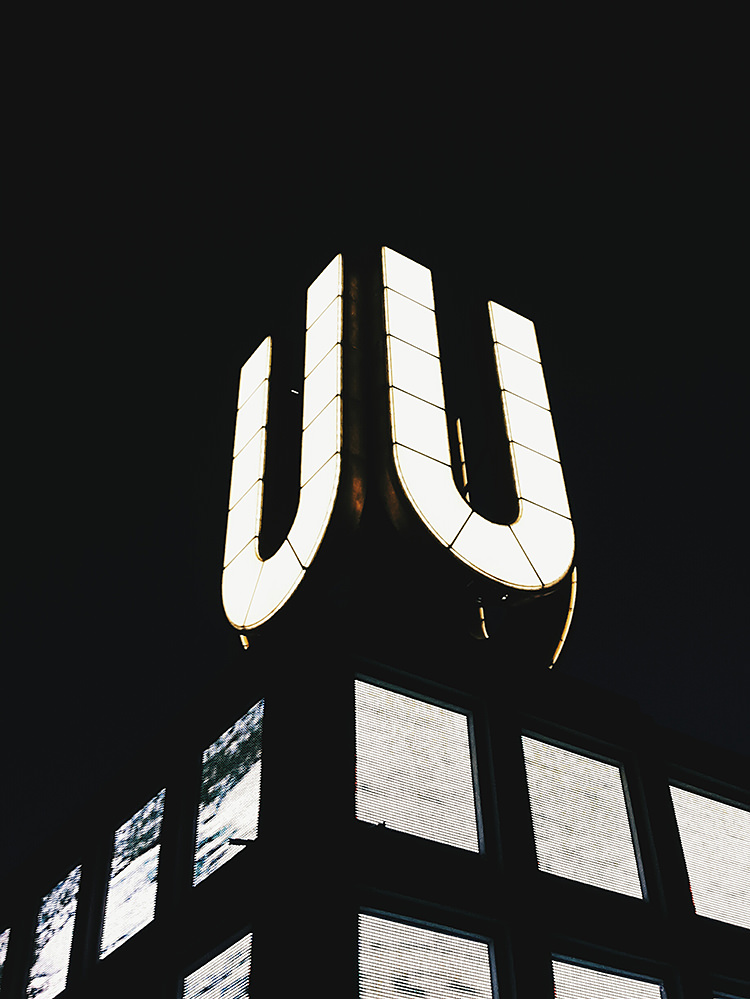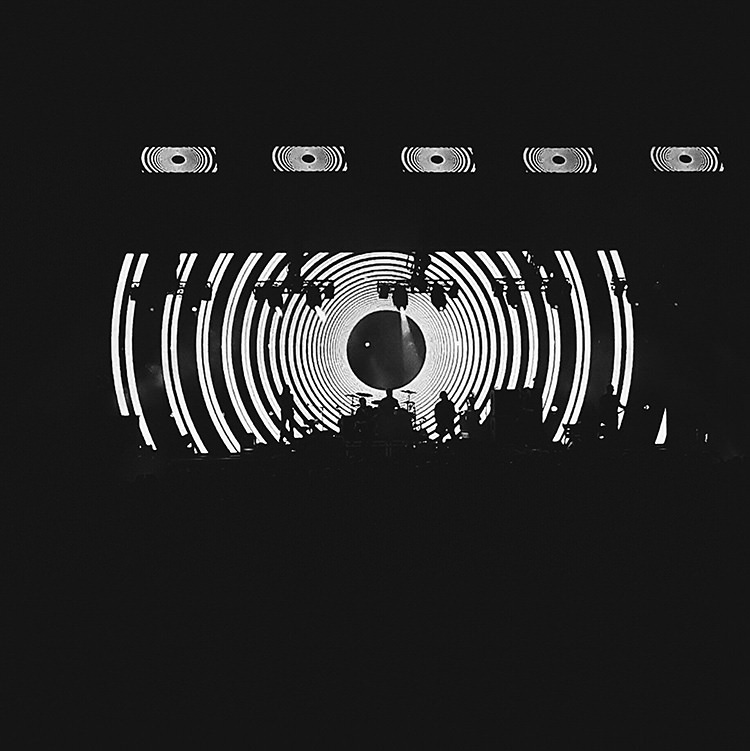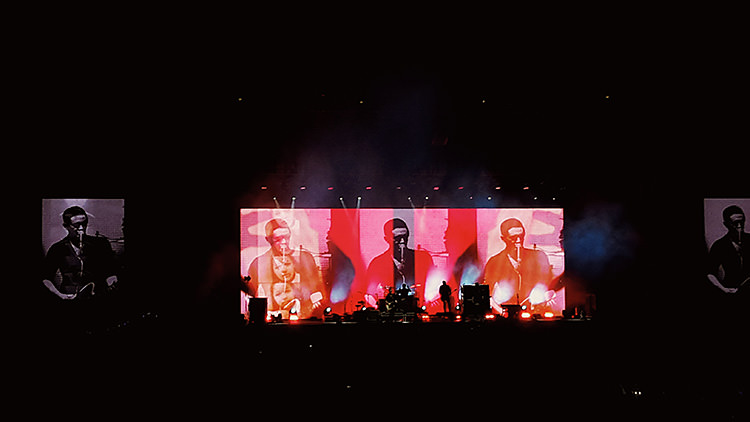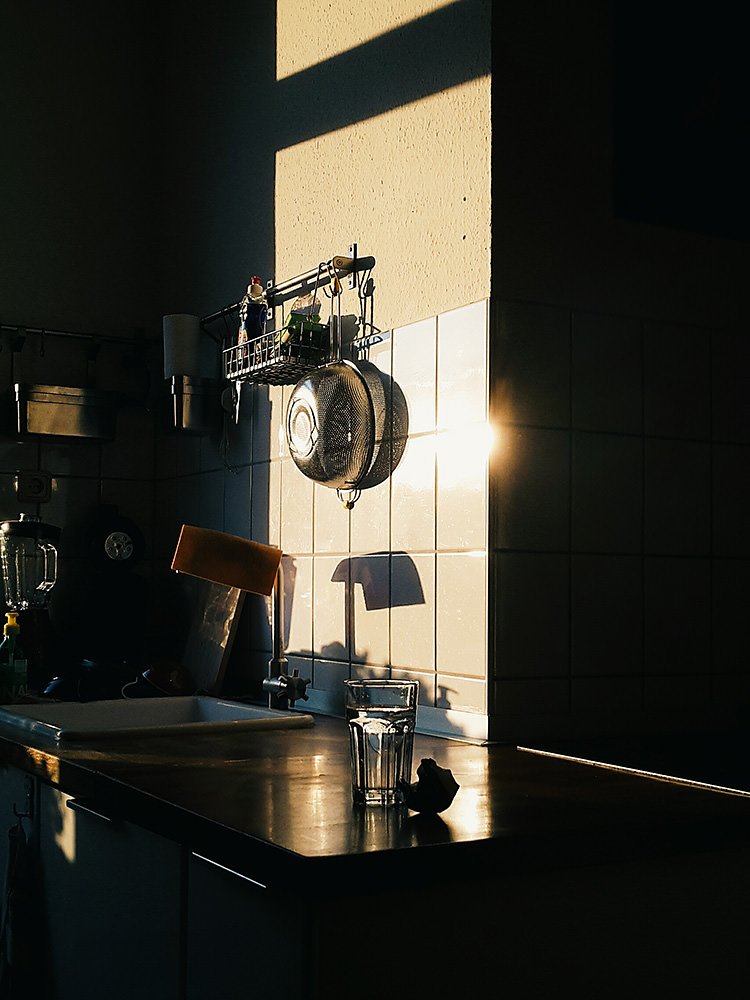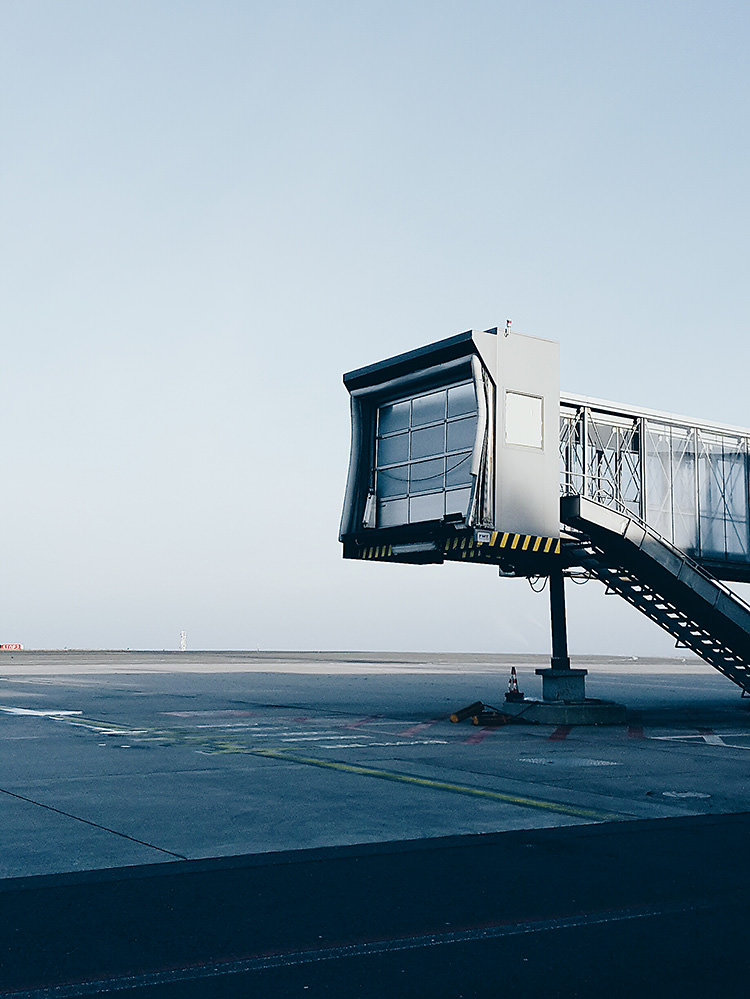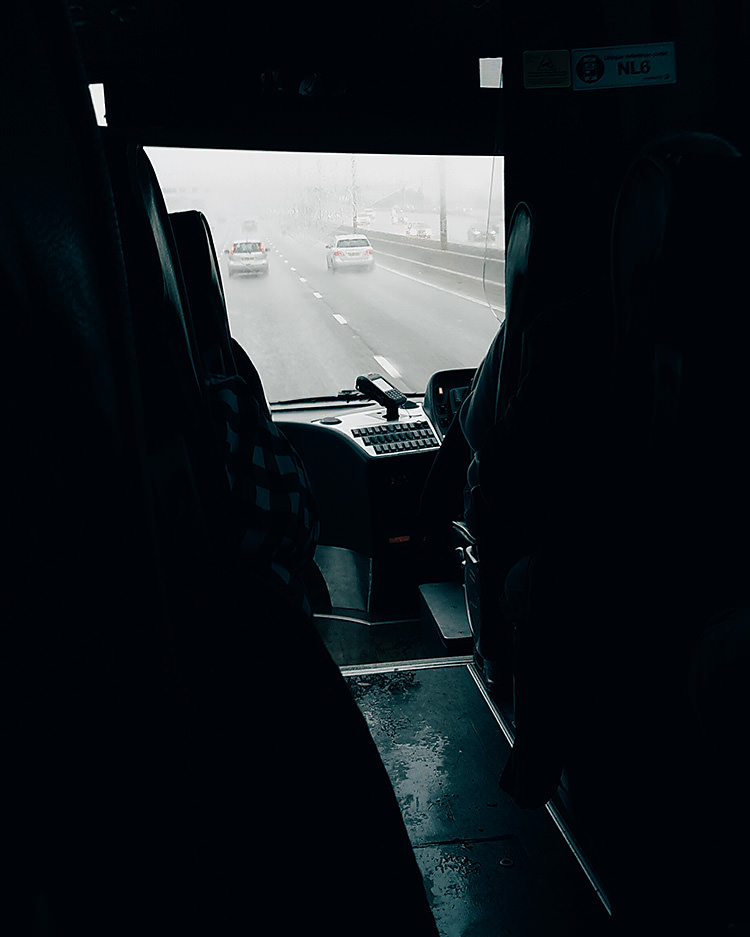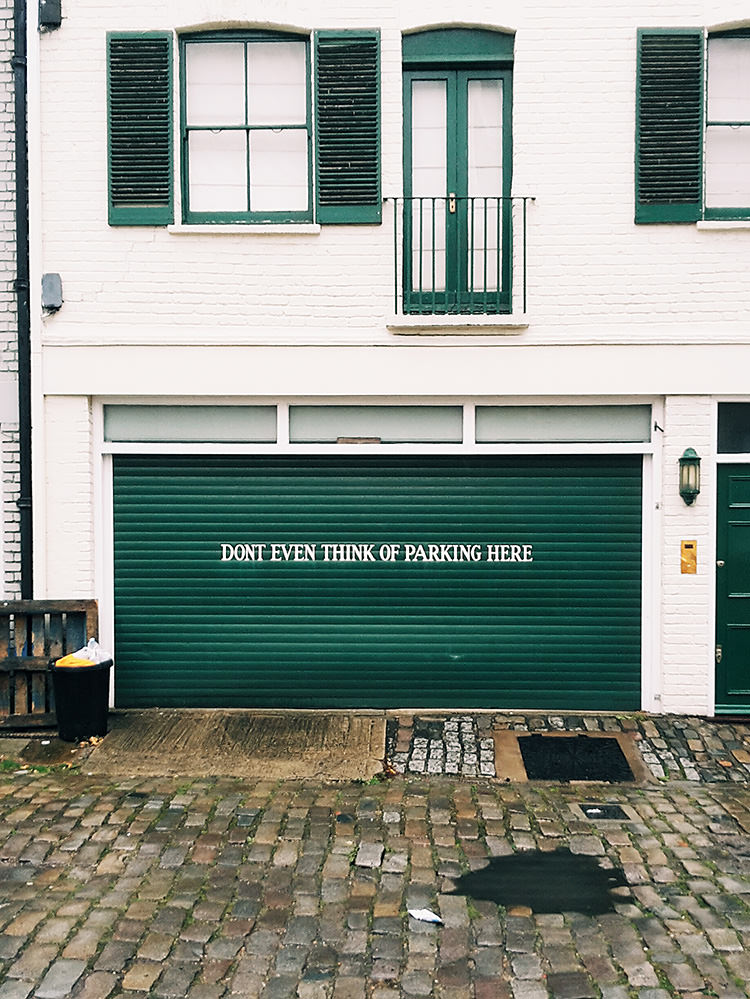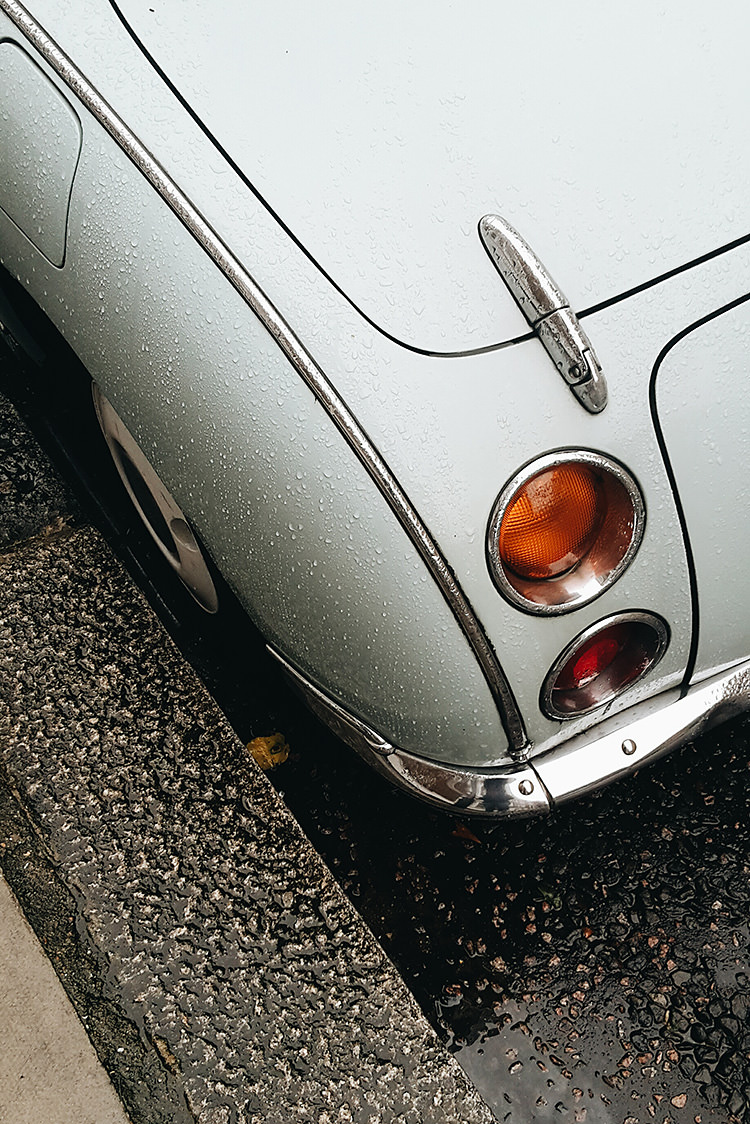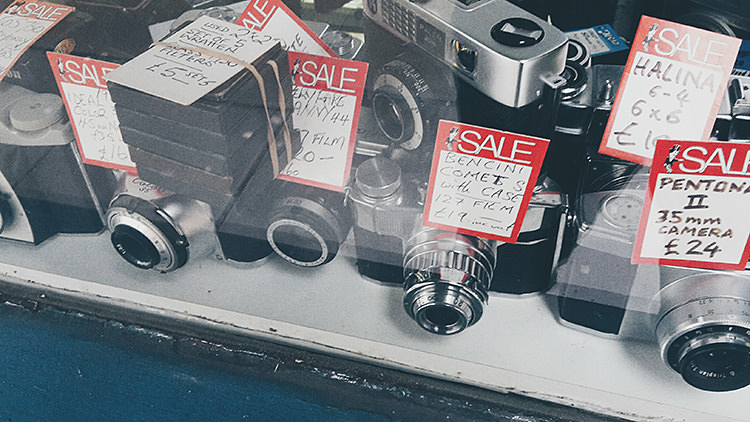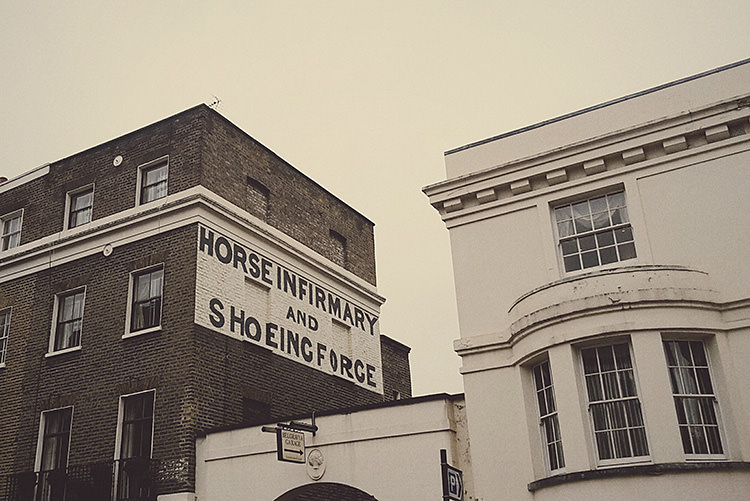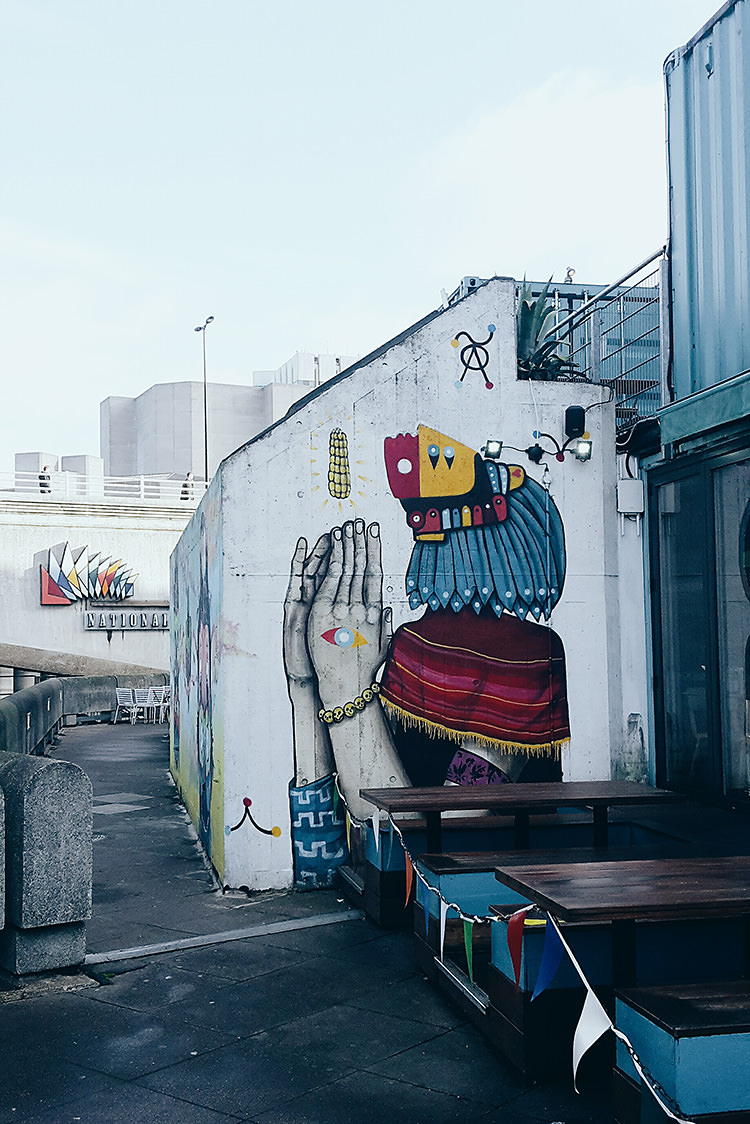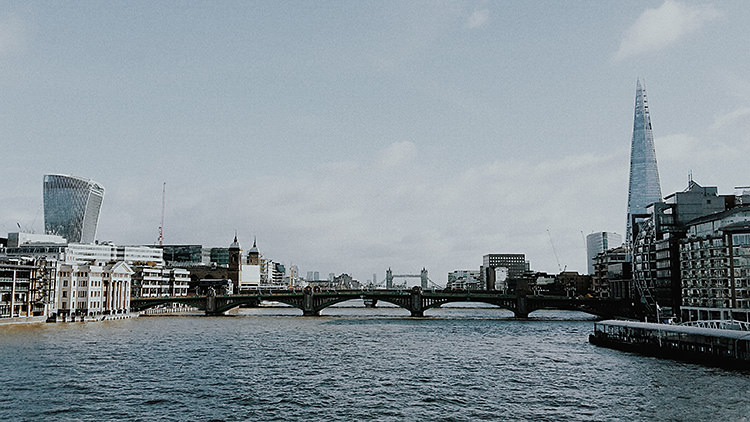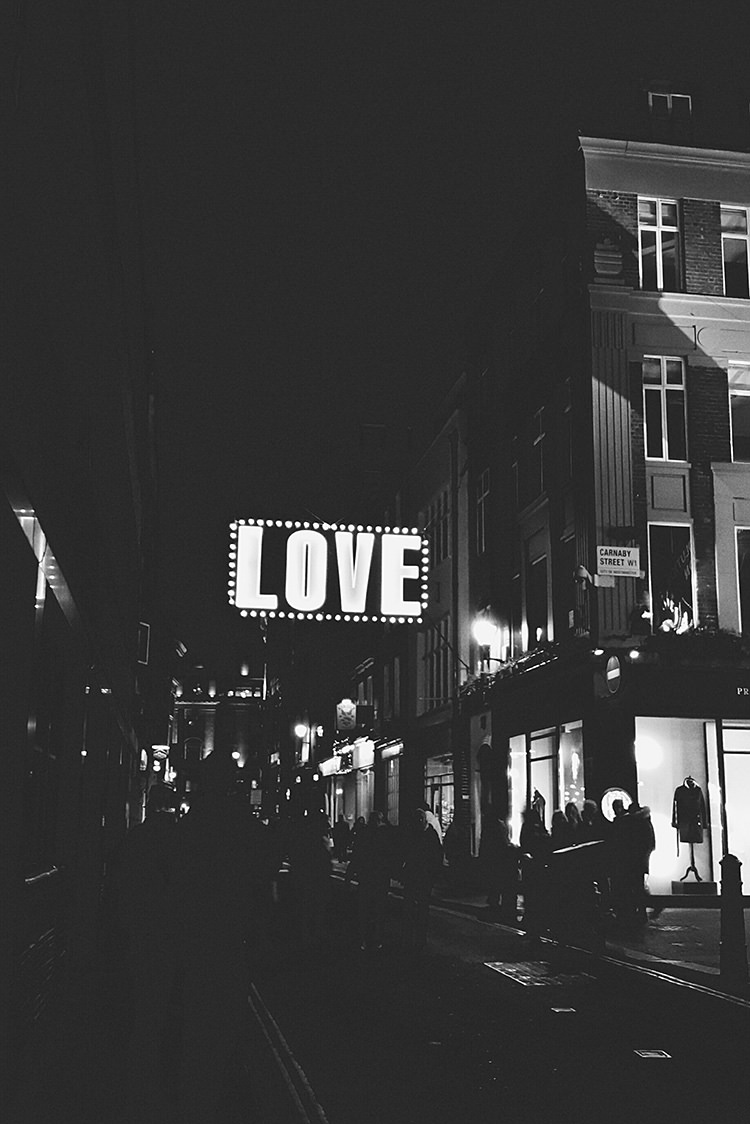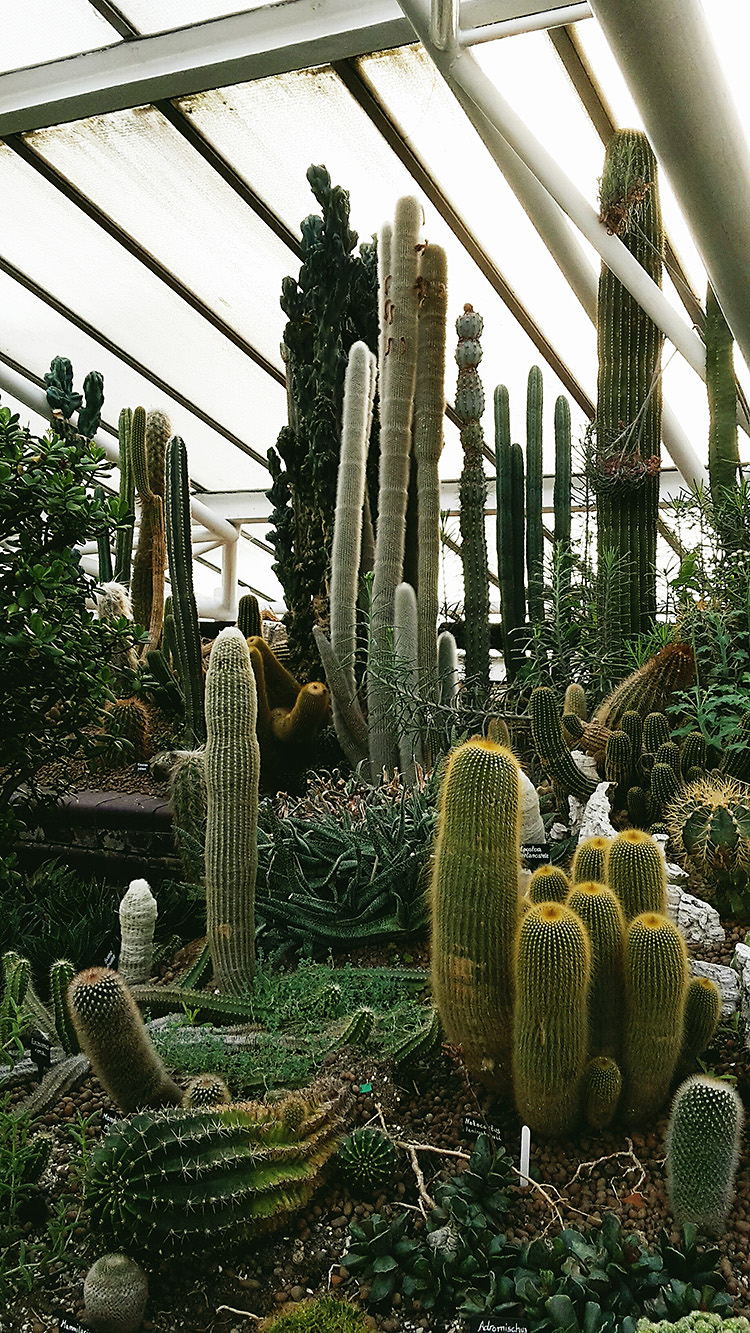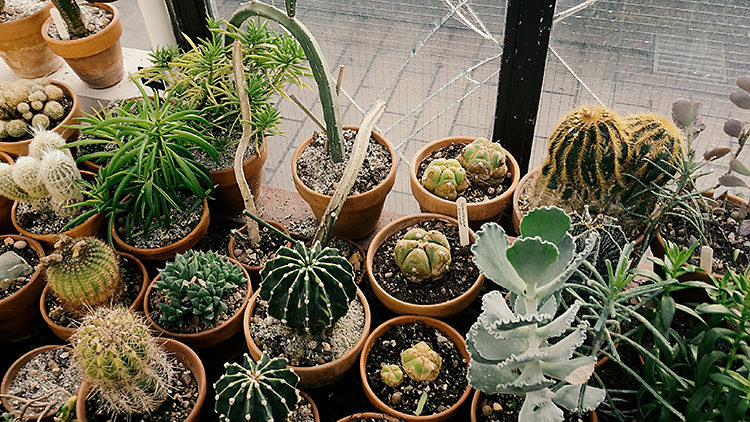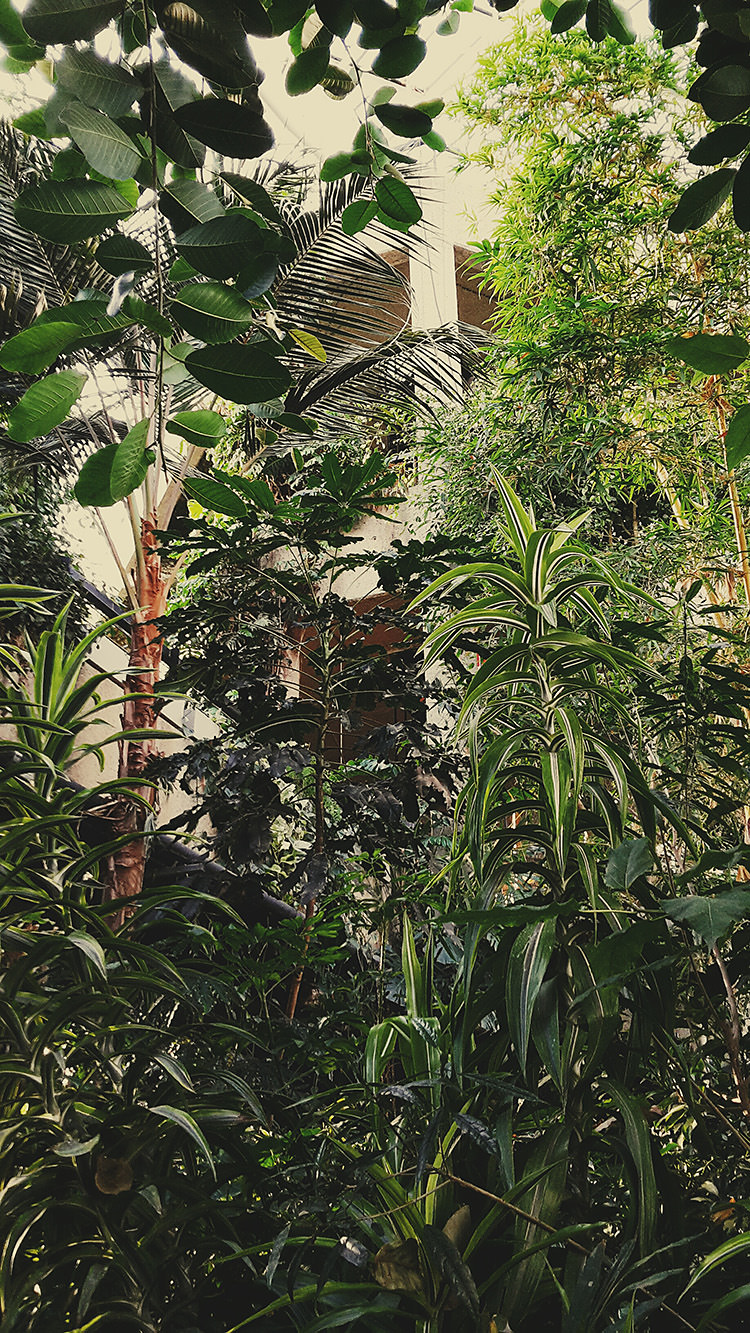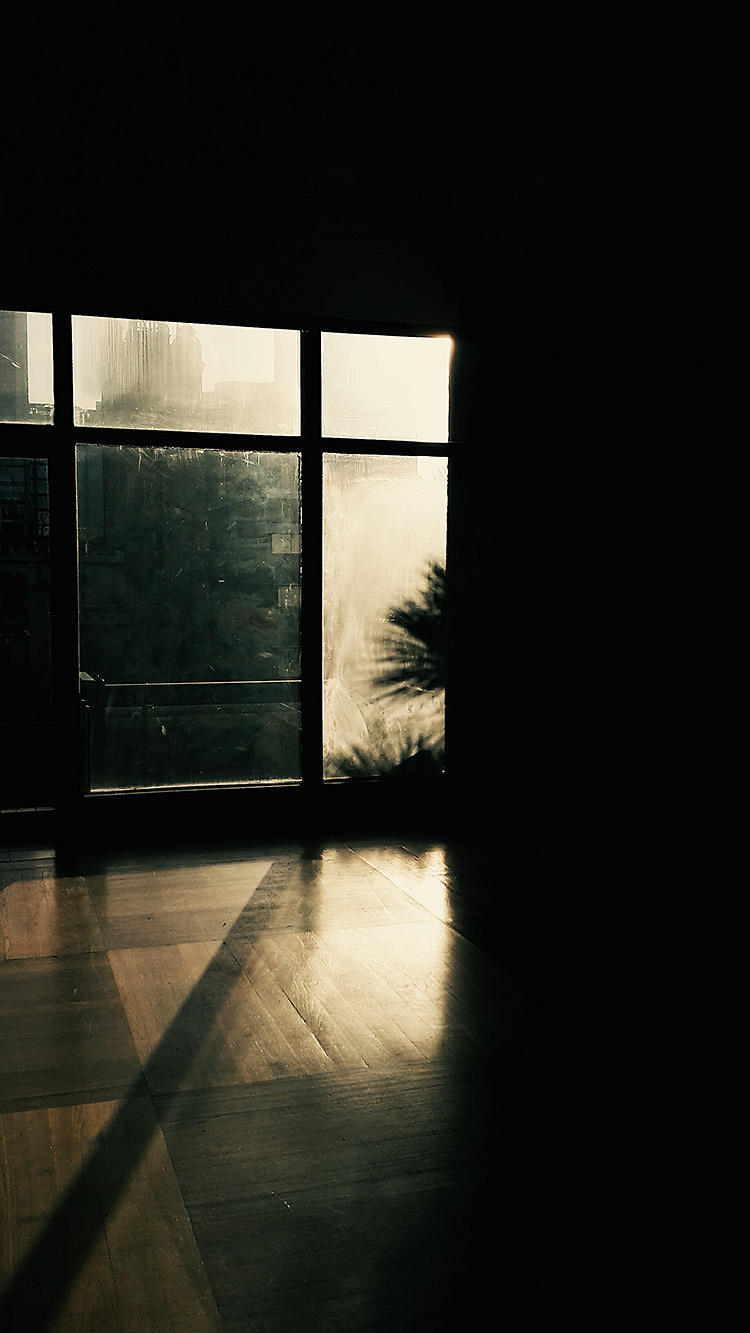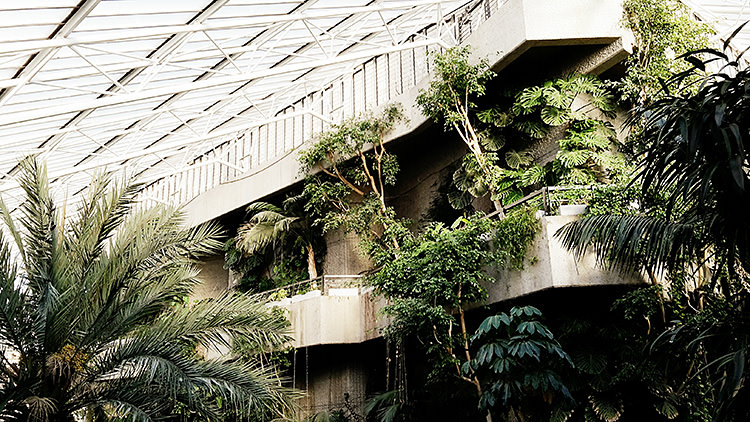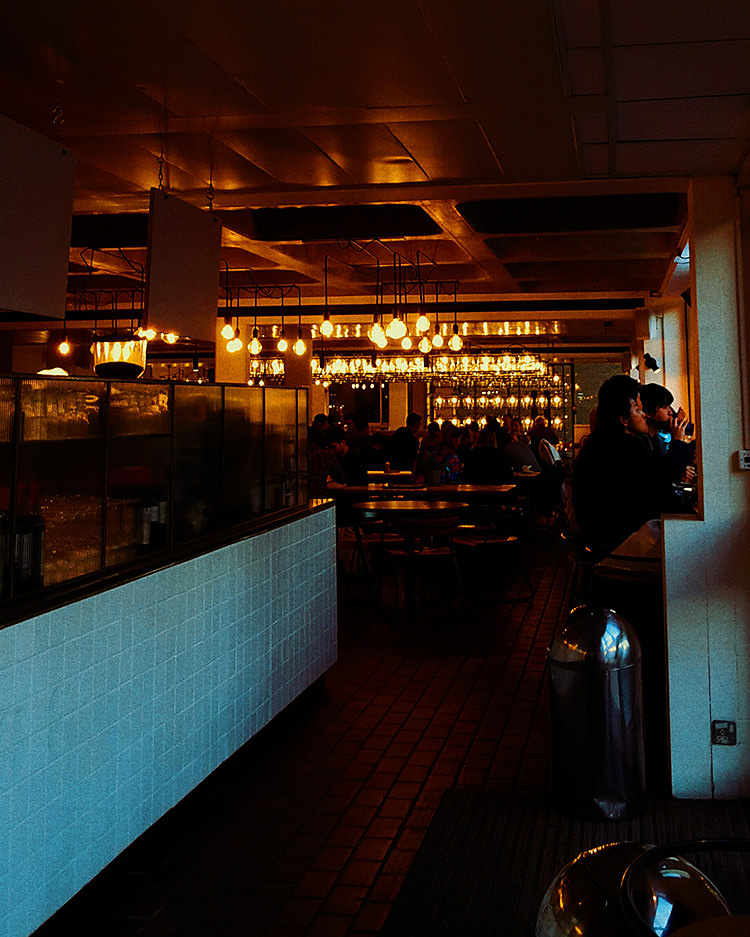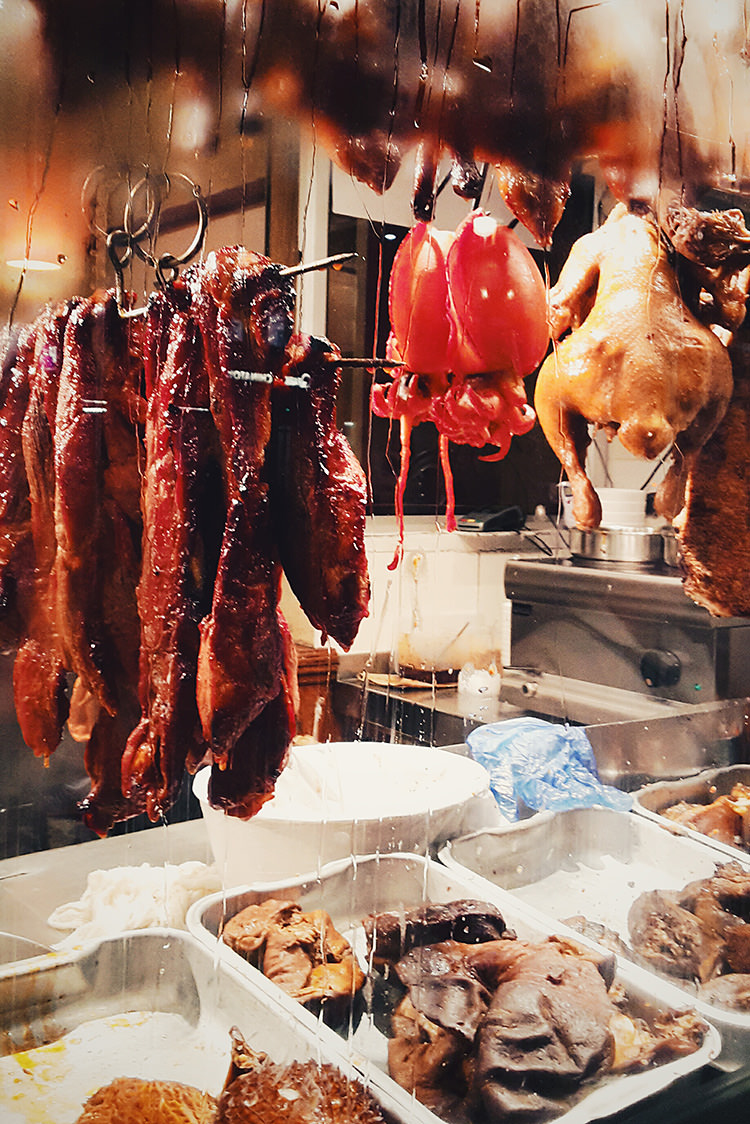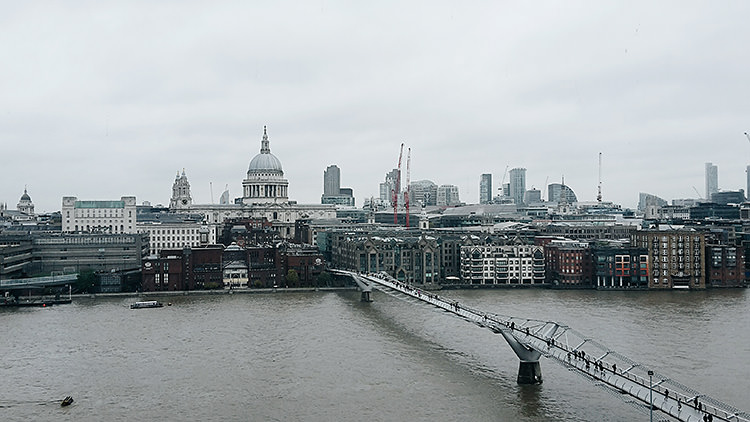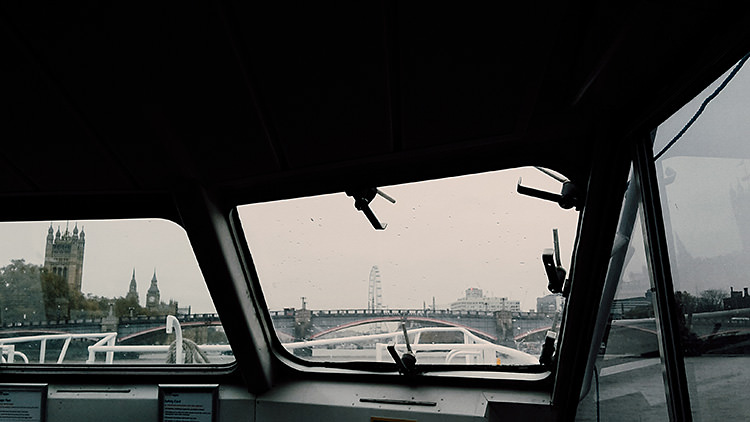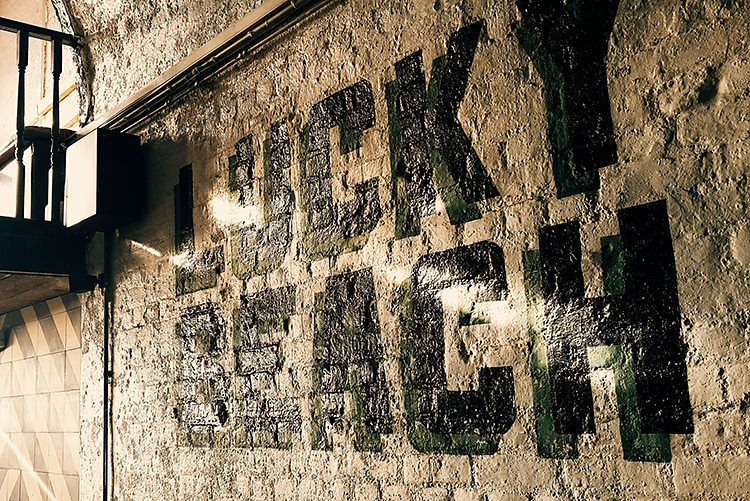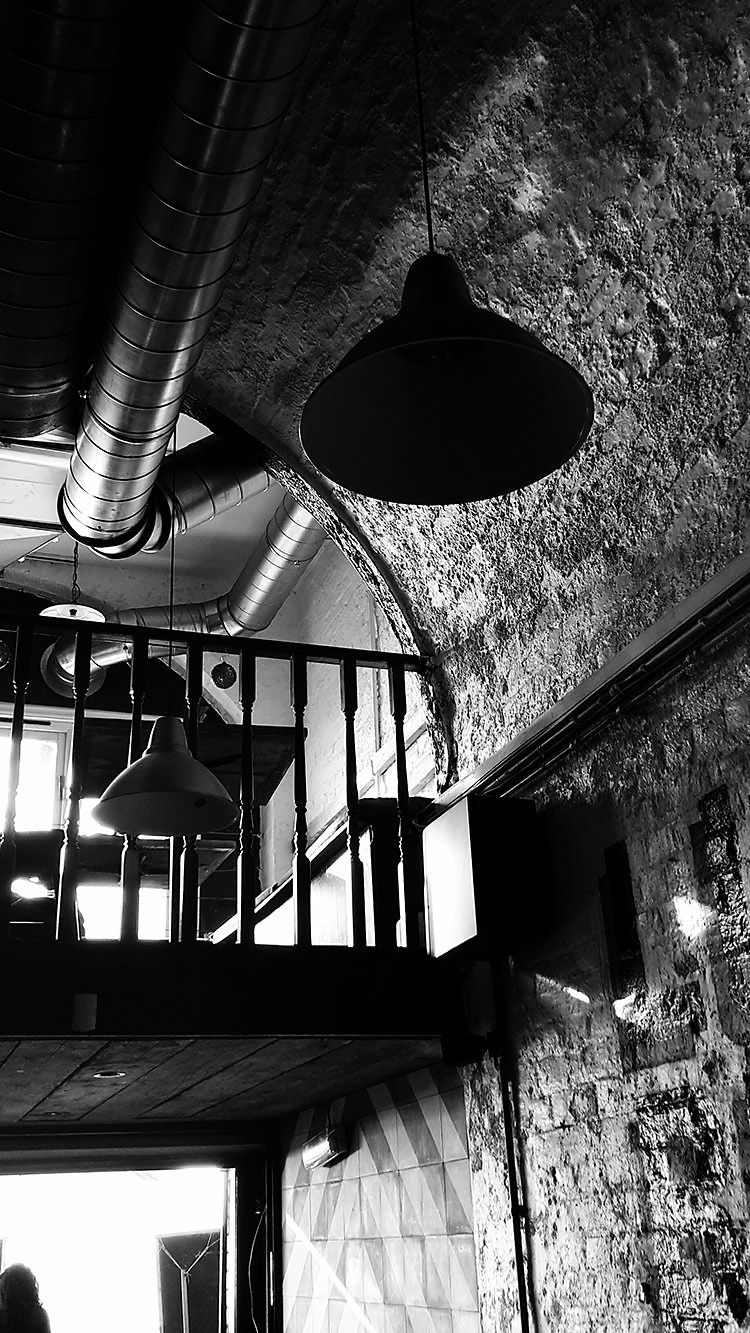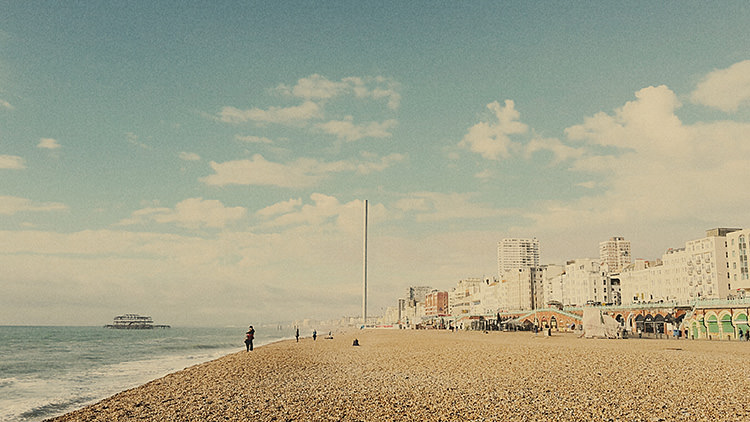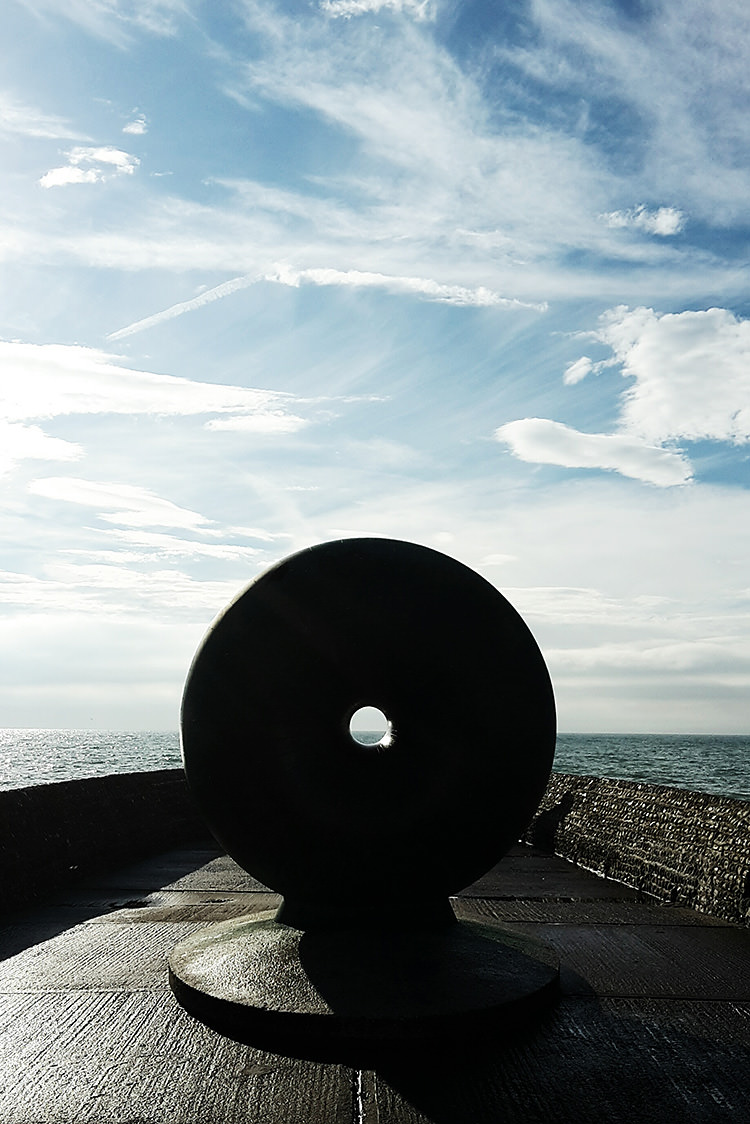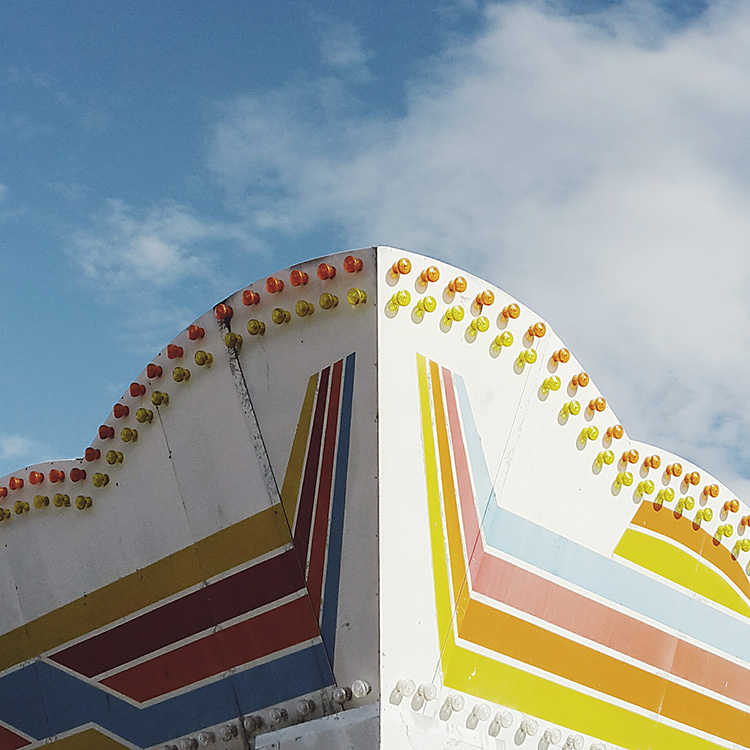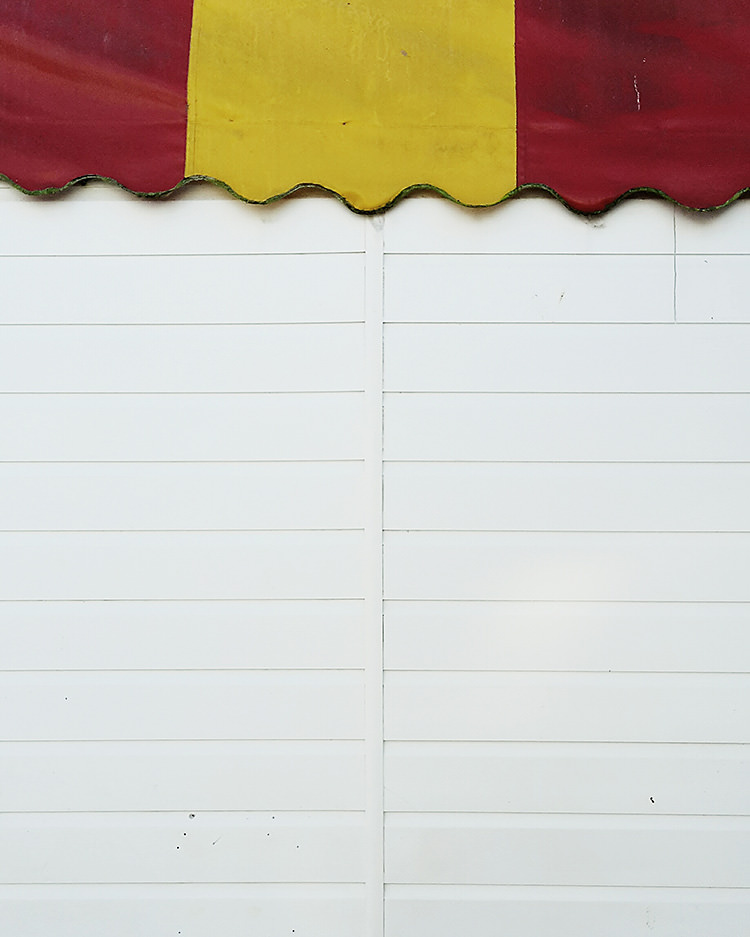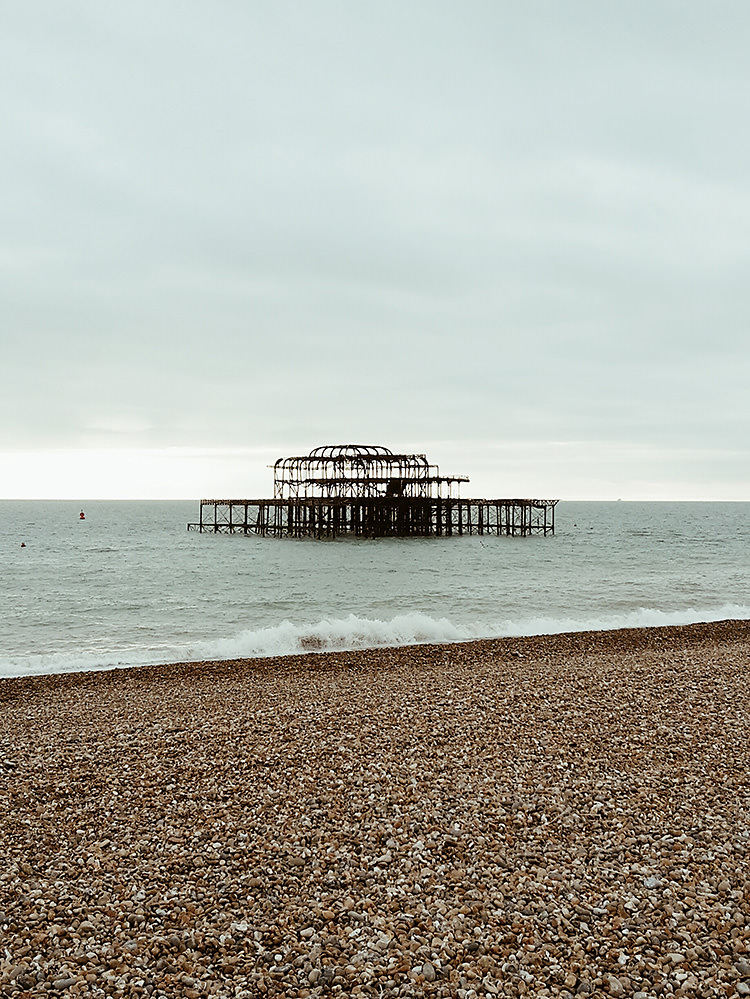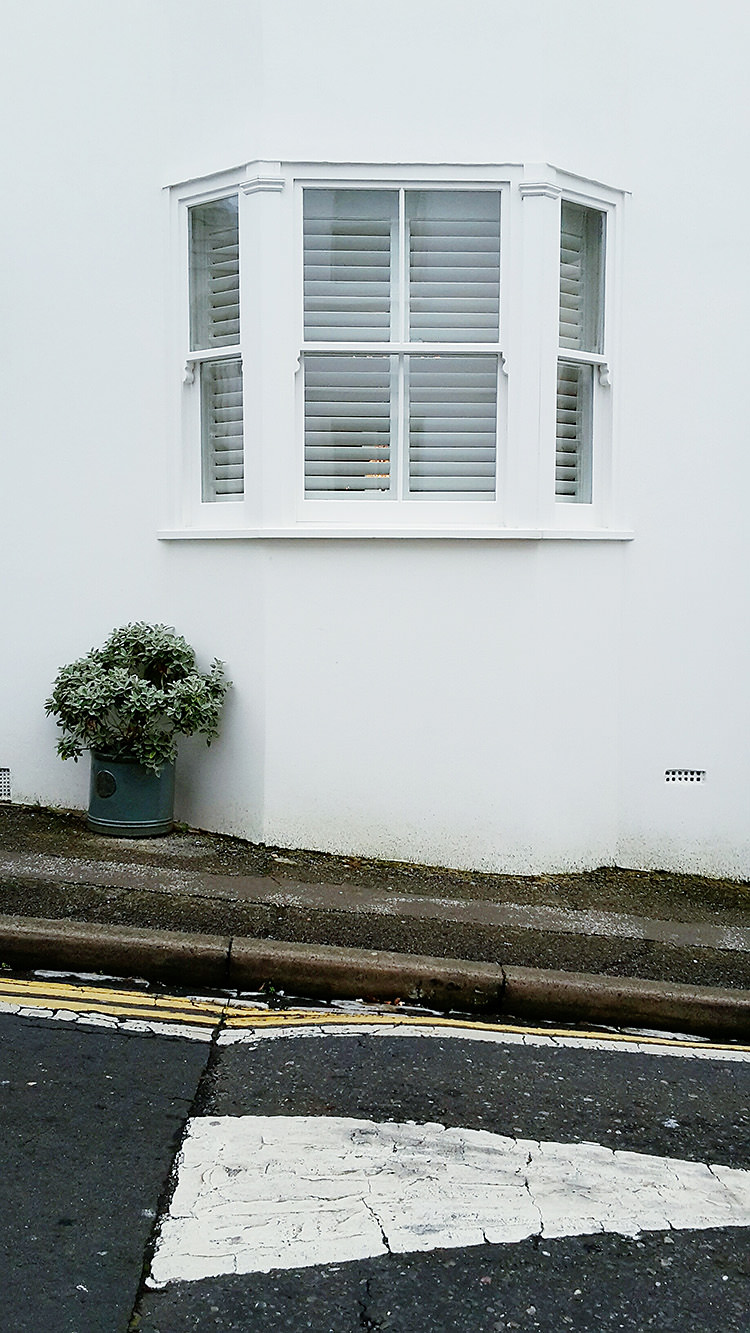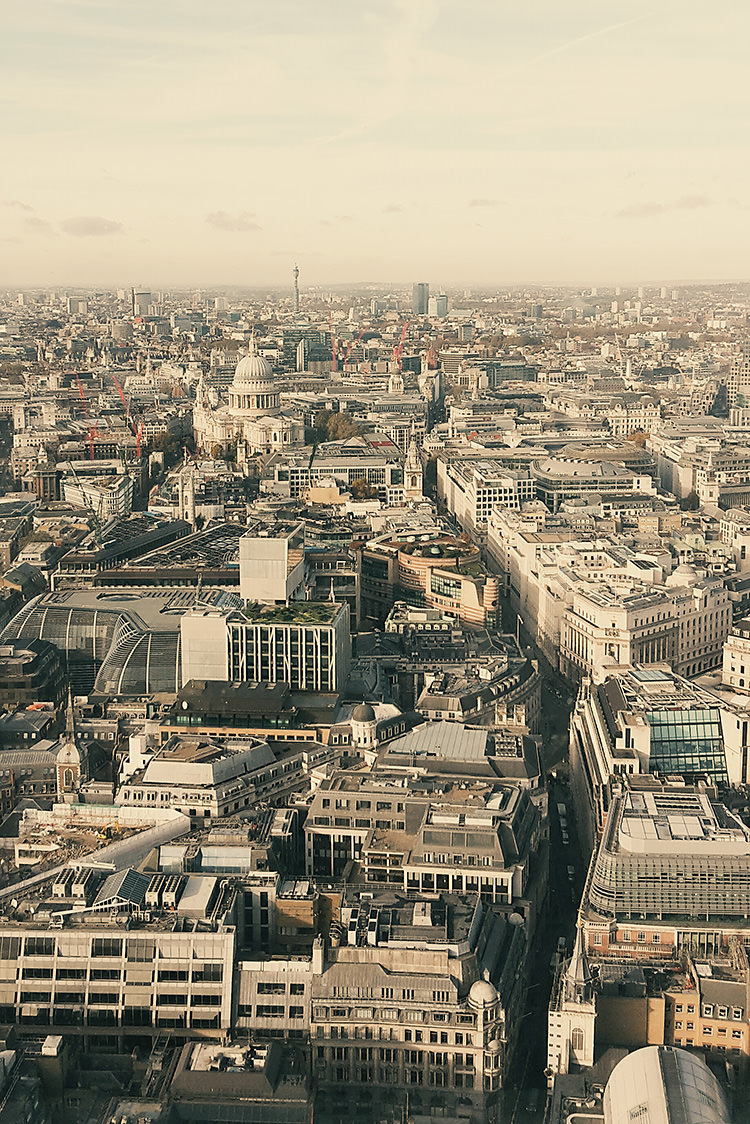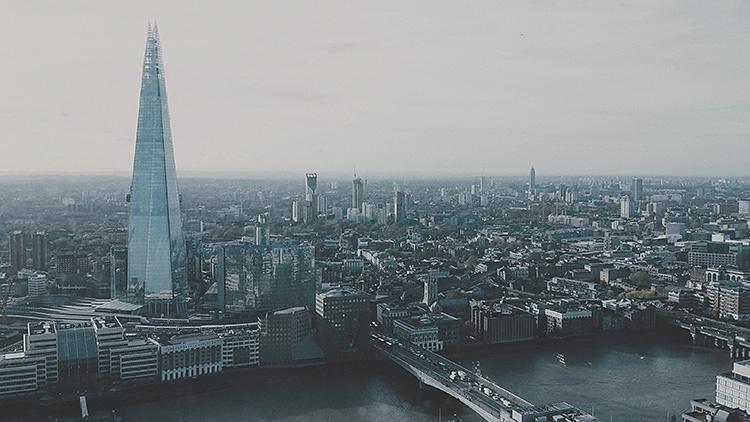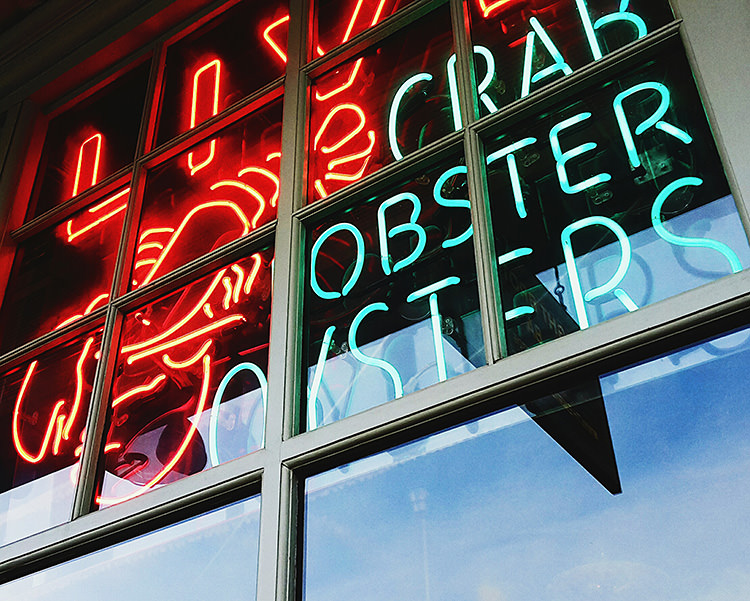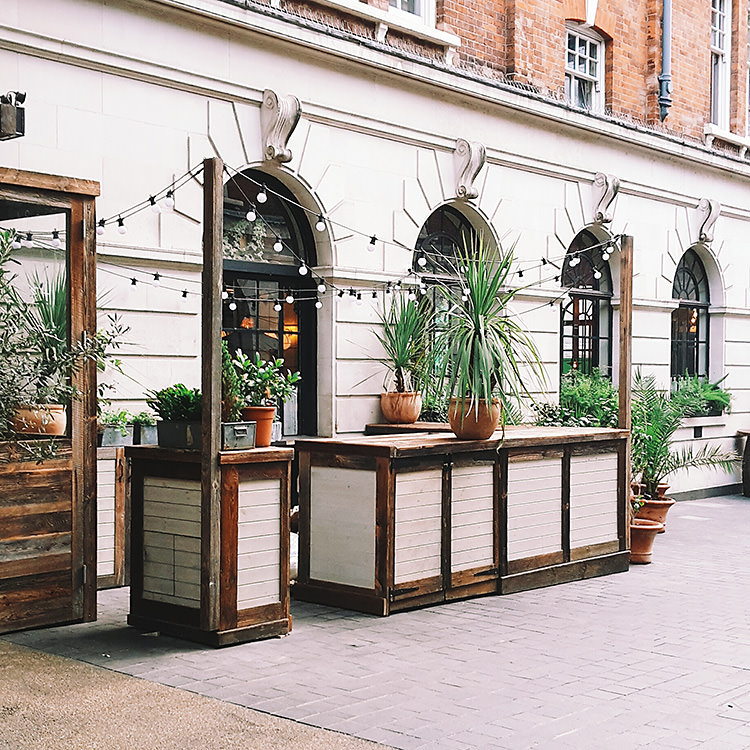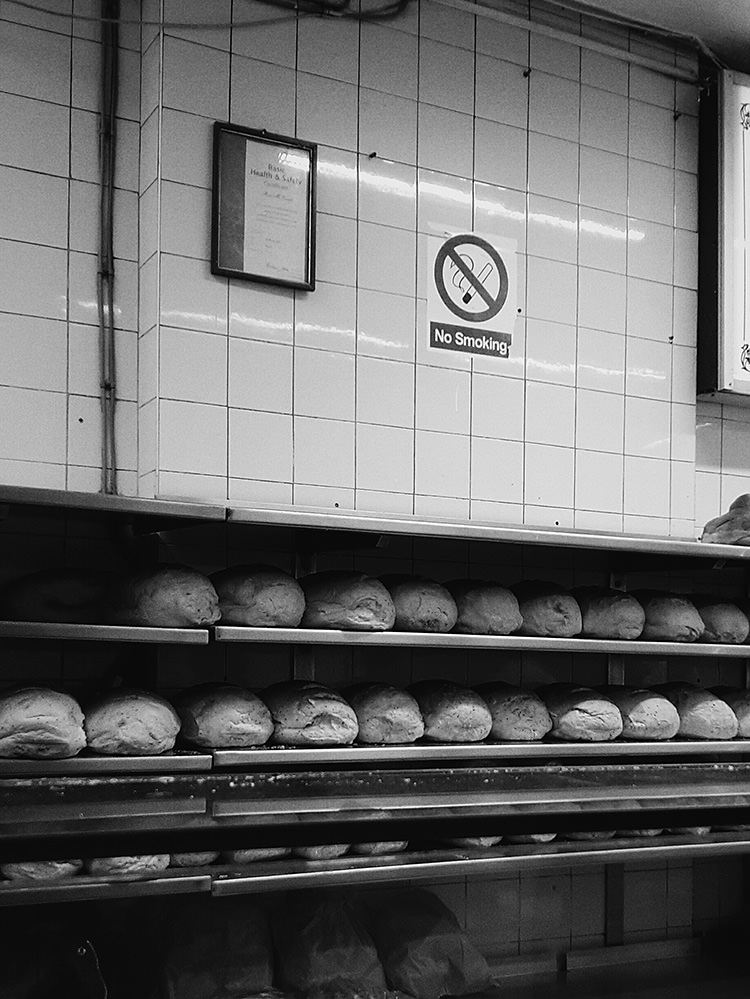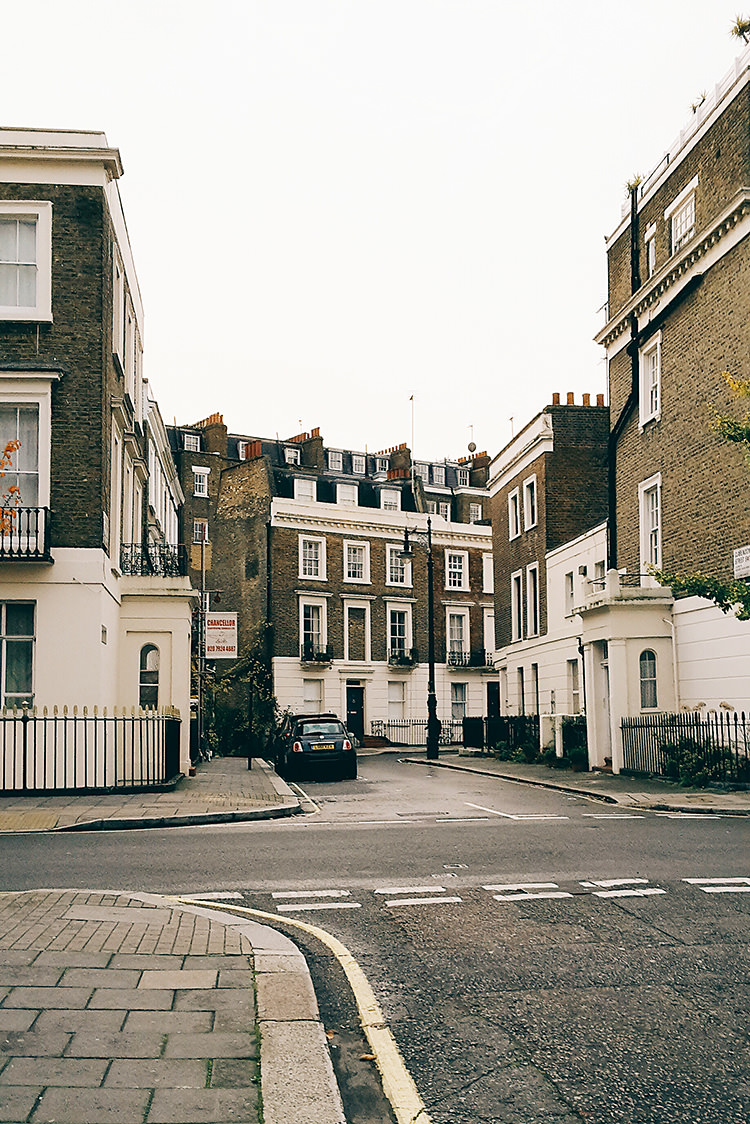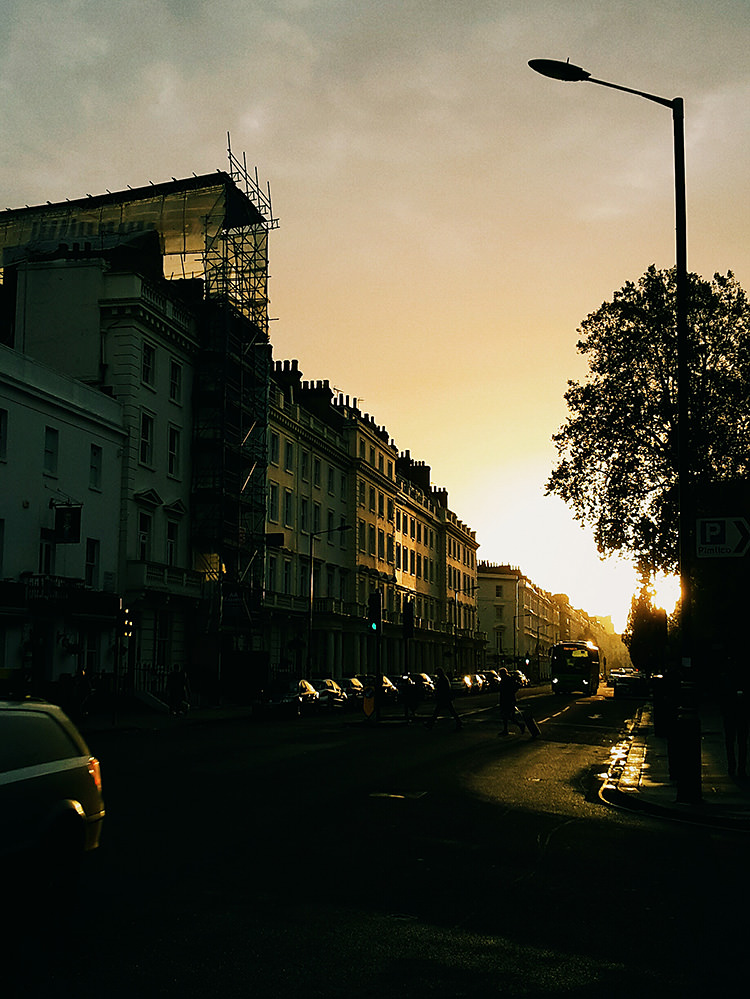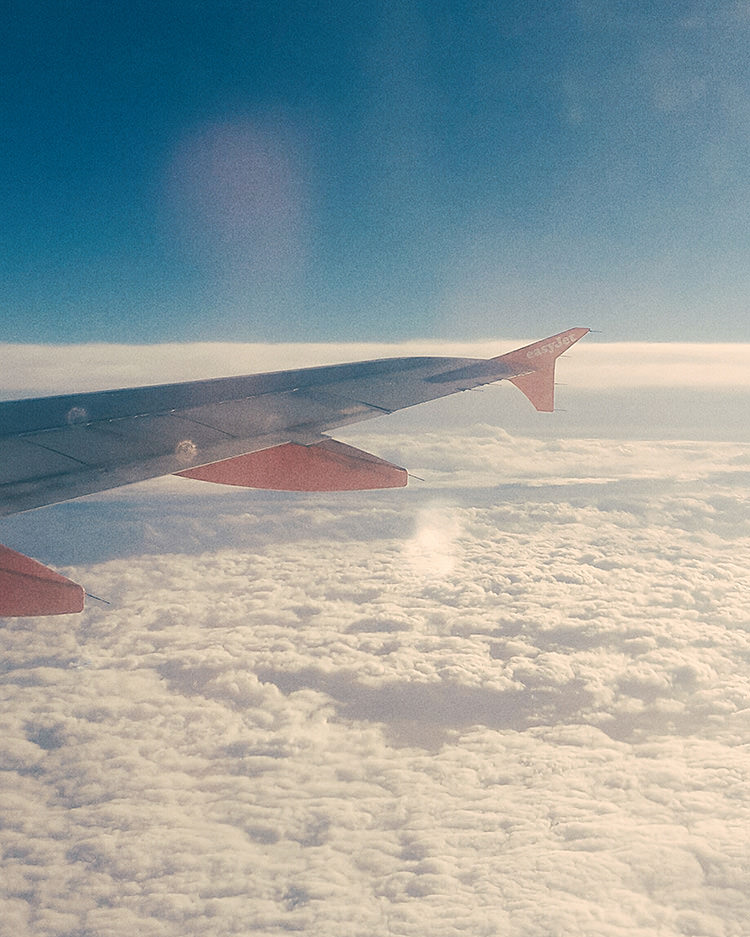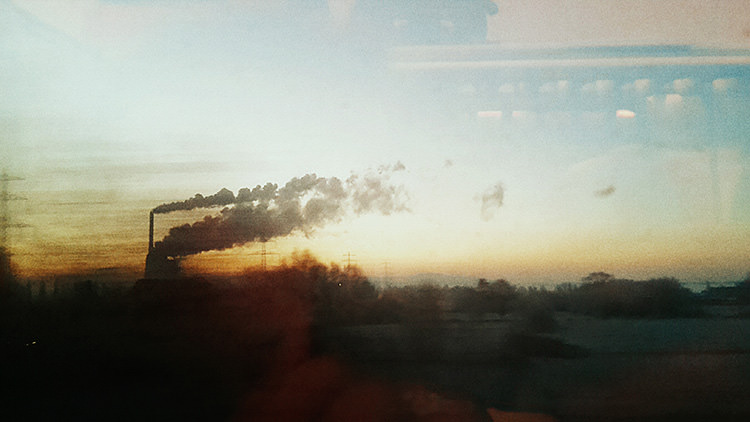04.05.2017
April went by pretty fast. The best thing about last month was a weekend at the beach in the Netherlands: wearing sunglasses, holding bare feet into the sea, flying a kite, walking through the storm (I still got sand in the pockets of my jacket), drinking beer, and eating frietjes, of course.





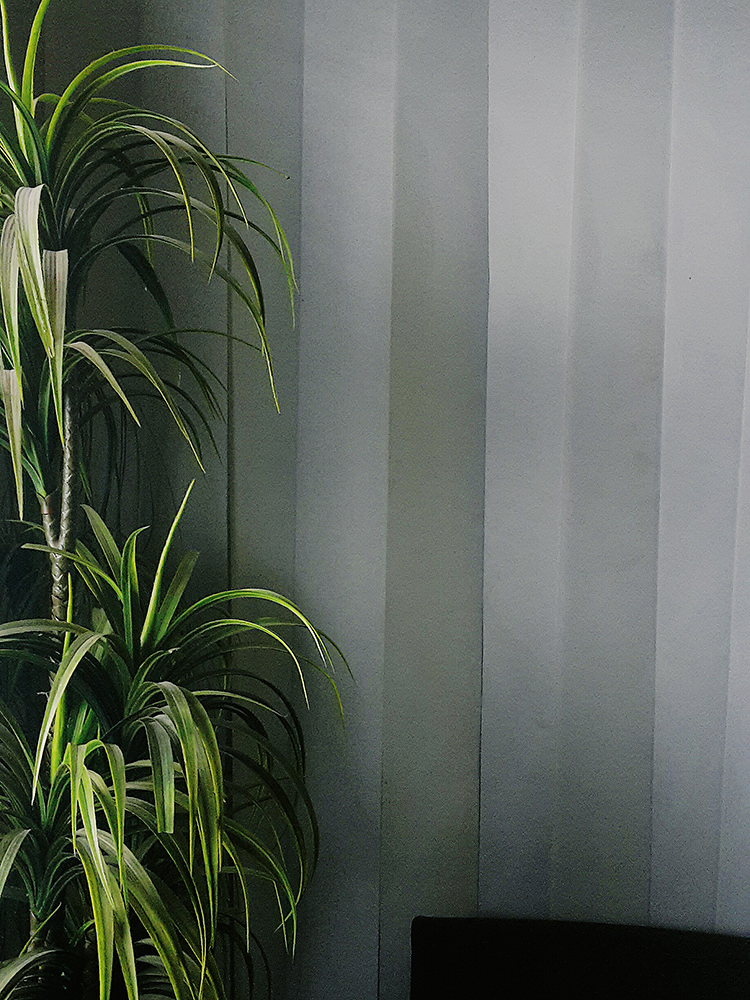

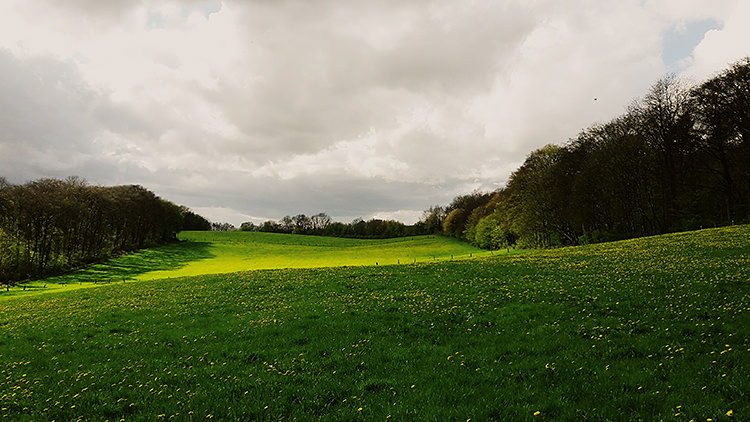
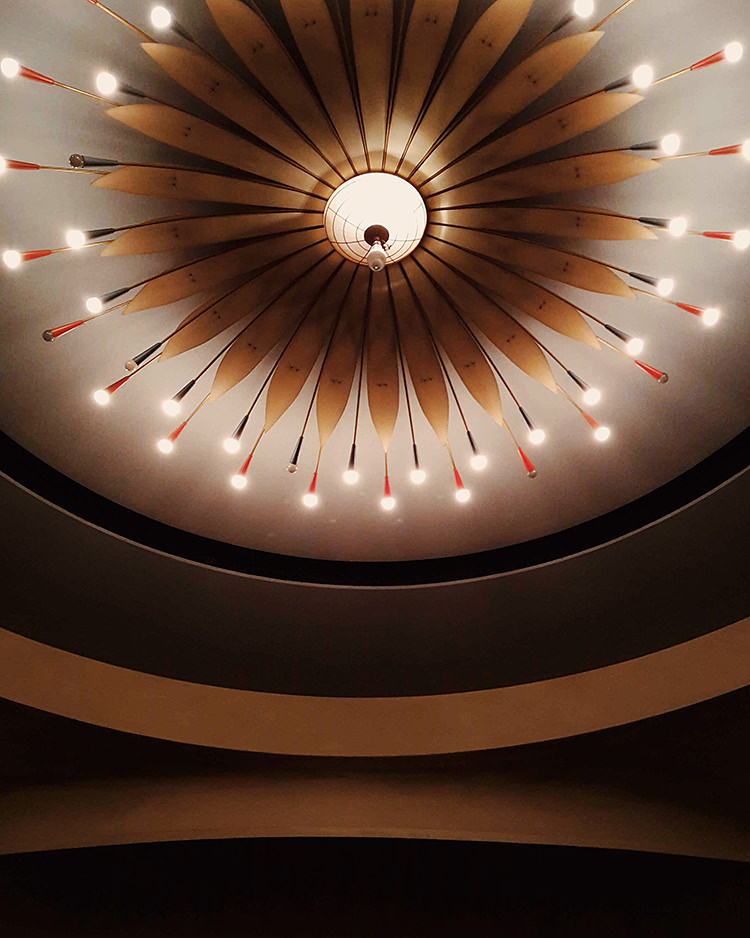


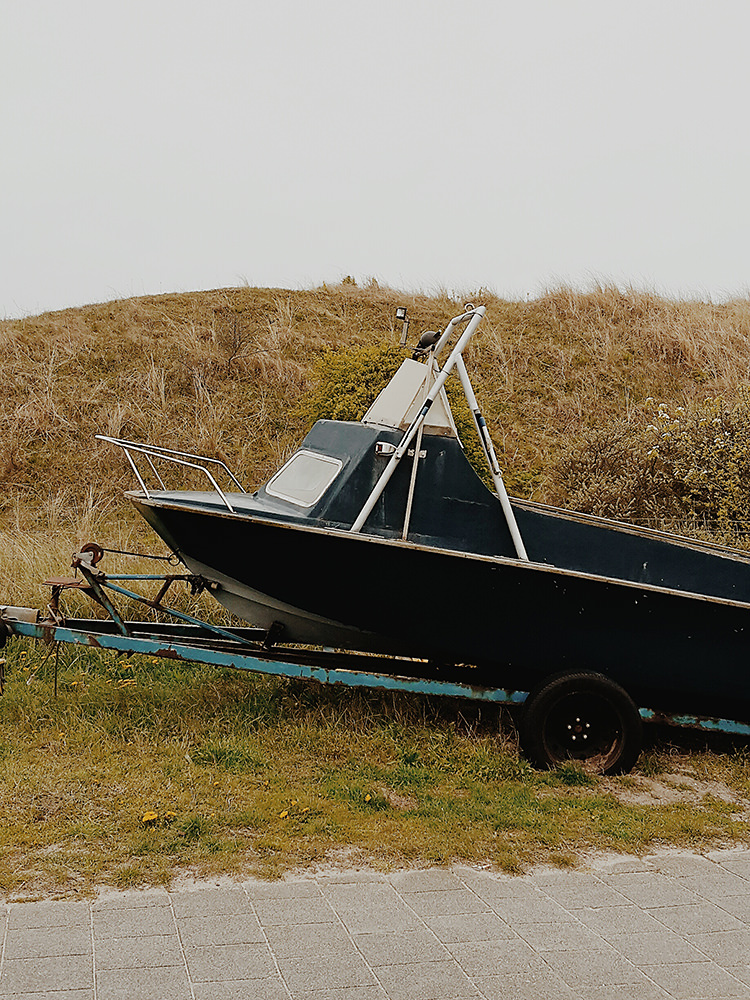
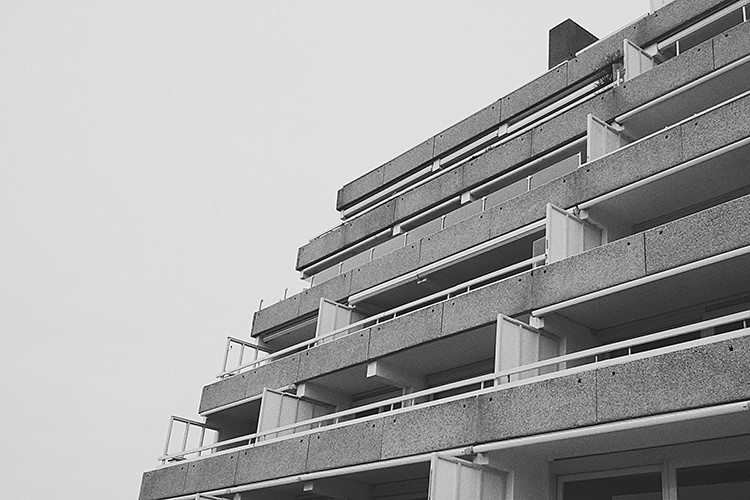






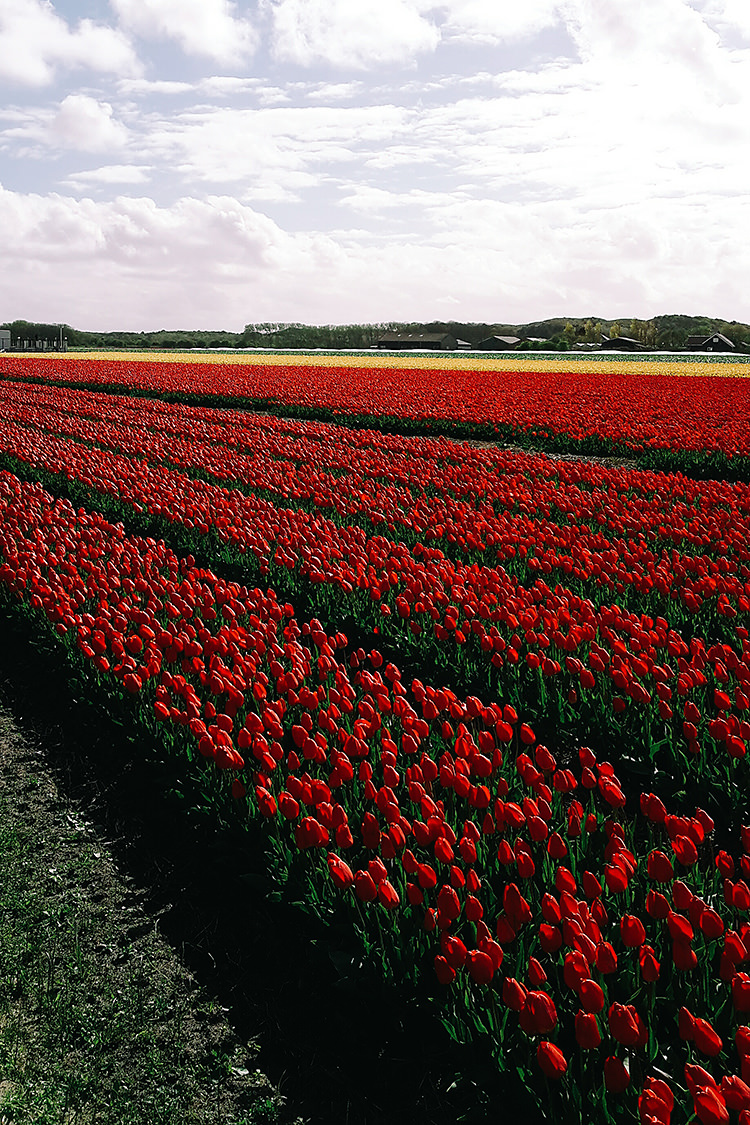


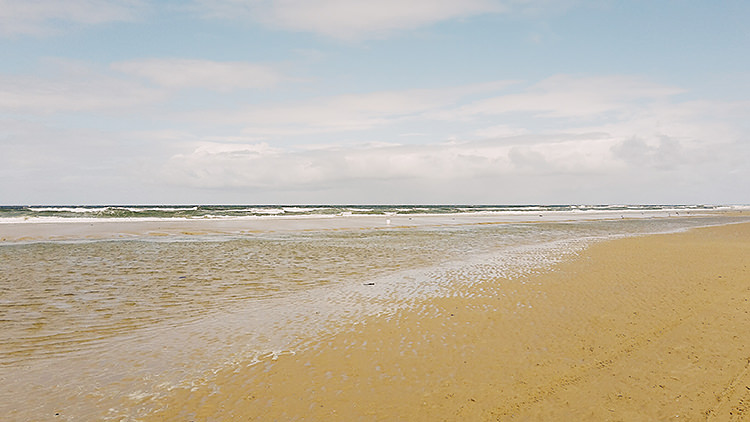

31.01.2017
Here’s the last post from my trip to Jokkmokk. It’s about snow.
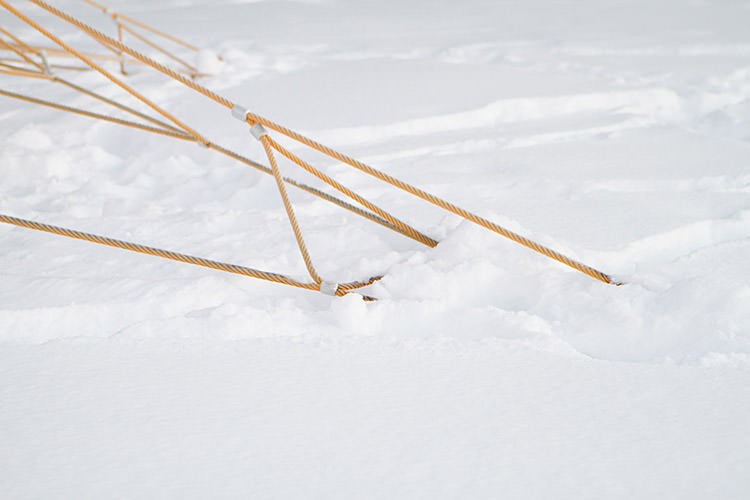




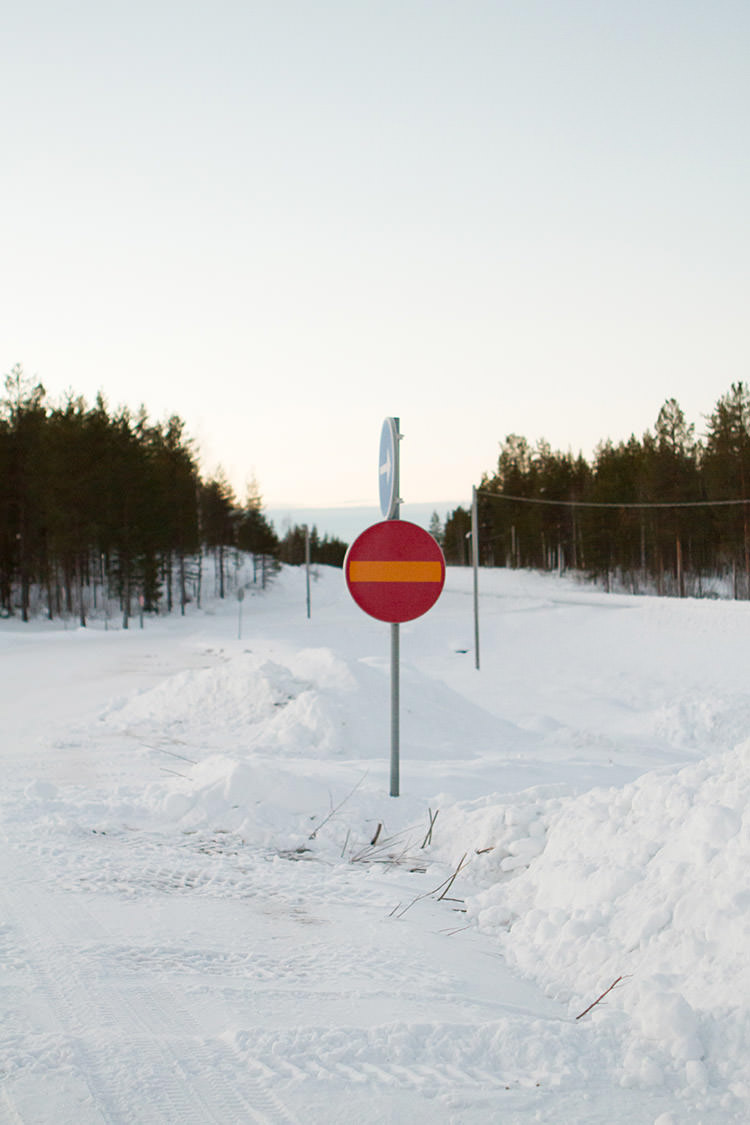
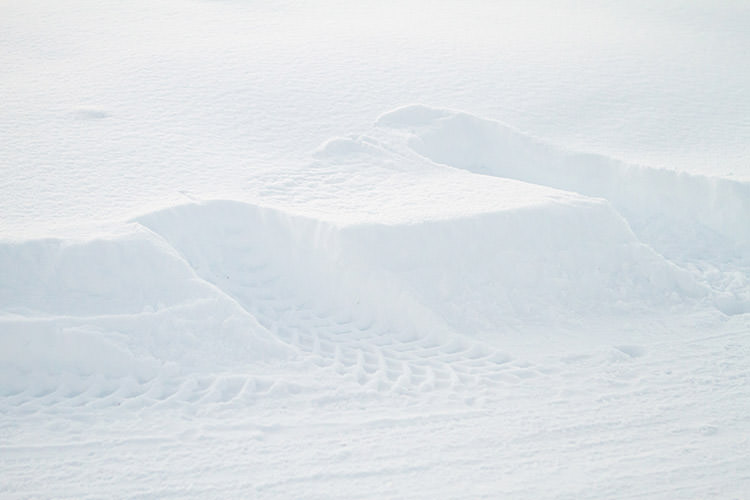




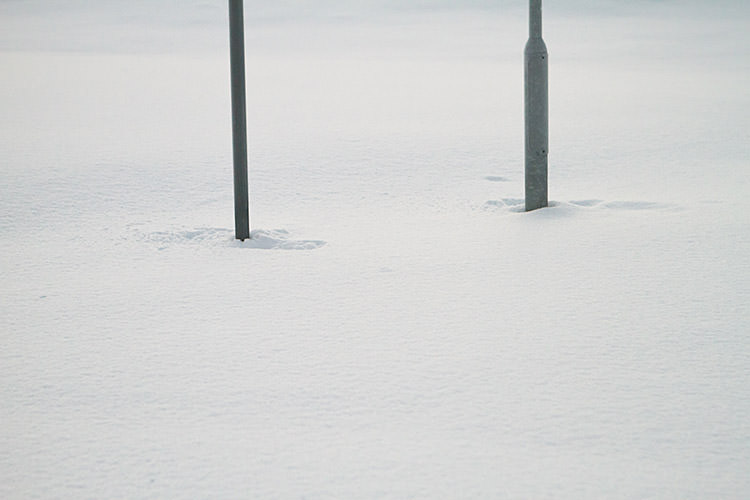
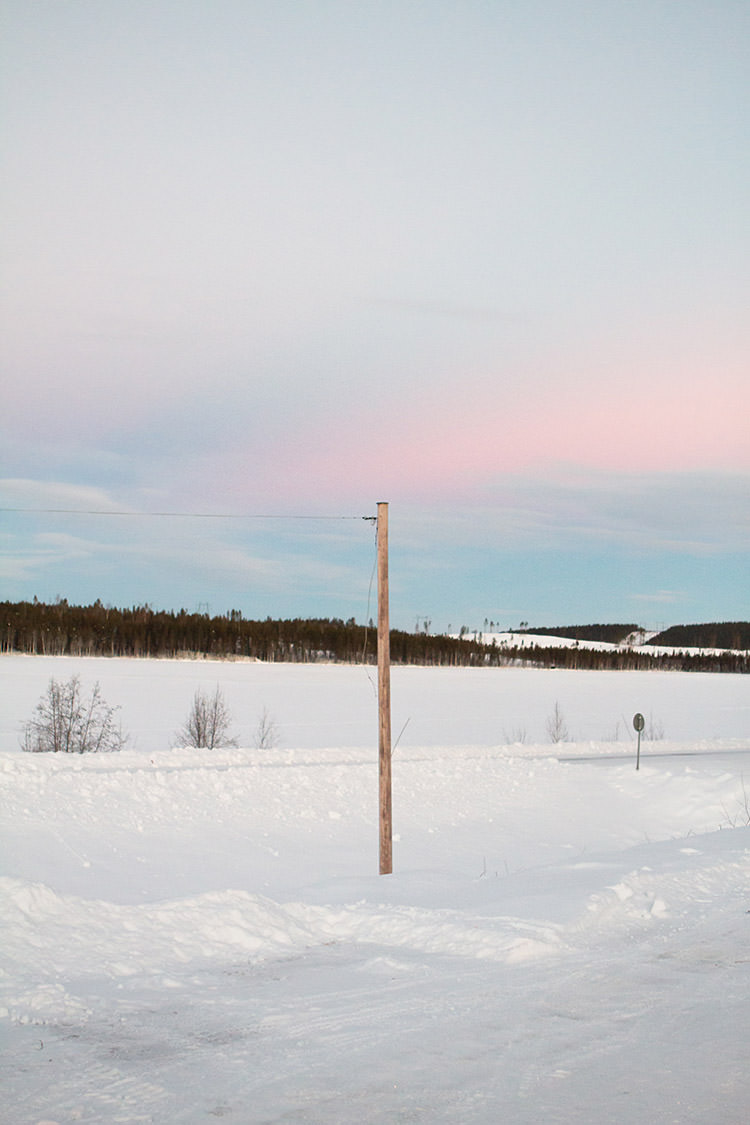

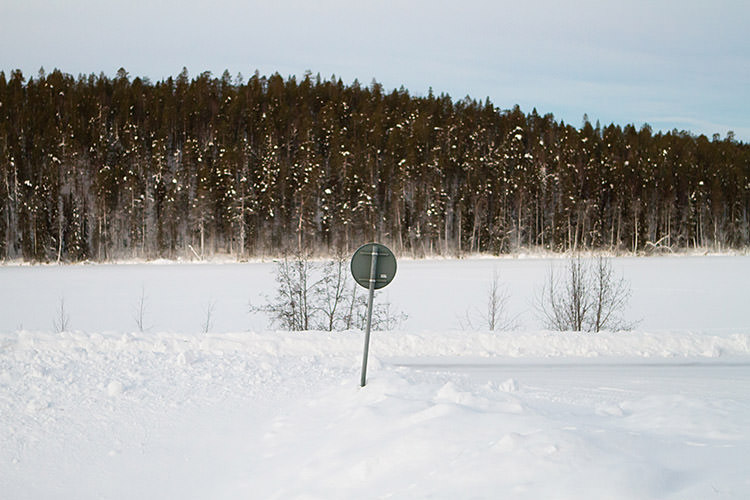
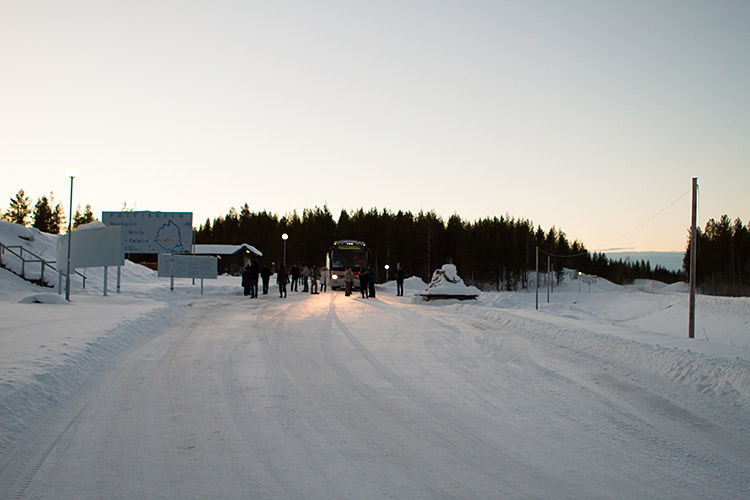



Merken
Merken
Merken
05.01.2017



Of course I had hoped to see some northern lights during my trip, but as it was a very short one I knew the chances weren’t especially good. So I was incredibly happy when in the first evening someone came into the dining room and yelled “Northern lights!” I put on several layers of clothes in no time (actually I wished I could dress that fast on a regular workday morning …) and went out to the lake. I had seen northern lights once before, and back then the activity was very slow and barely visible for the human eye. This time was completely different. The lights were bright, the green hue was clearly visible, they were large and moving rapidly. The sky changed so quickly that I could hardly keep up with taking photos. And besides I was very, very busy staring up in the sky, mouth wide open, shouting “Oh my God, this is so amazing!” over and over.

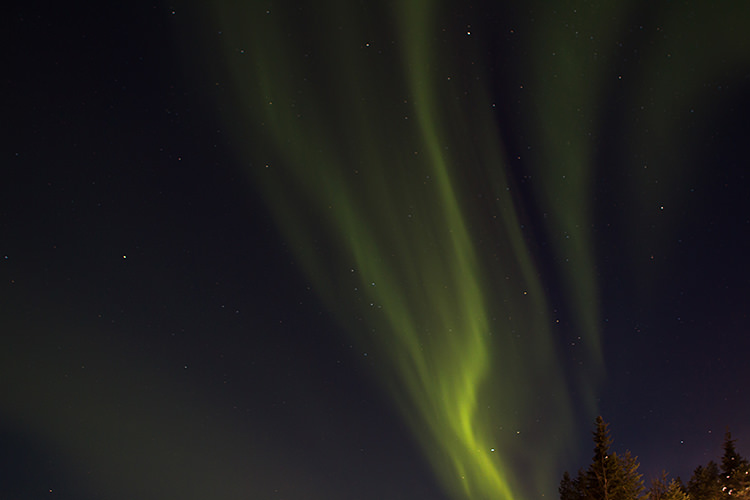


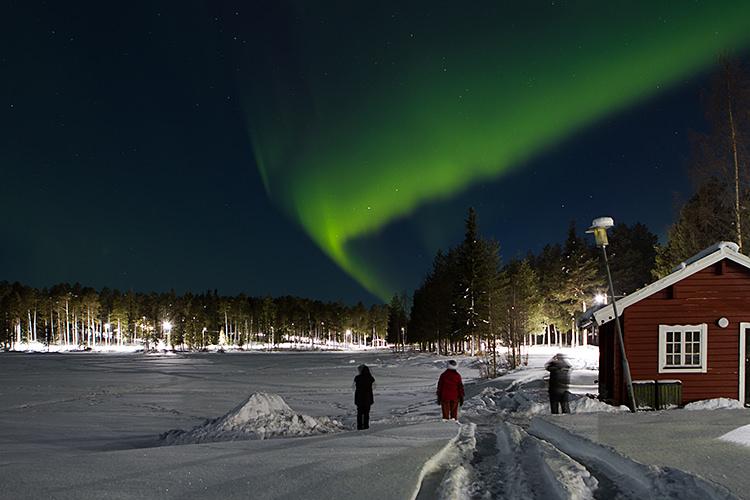
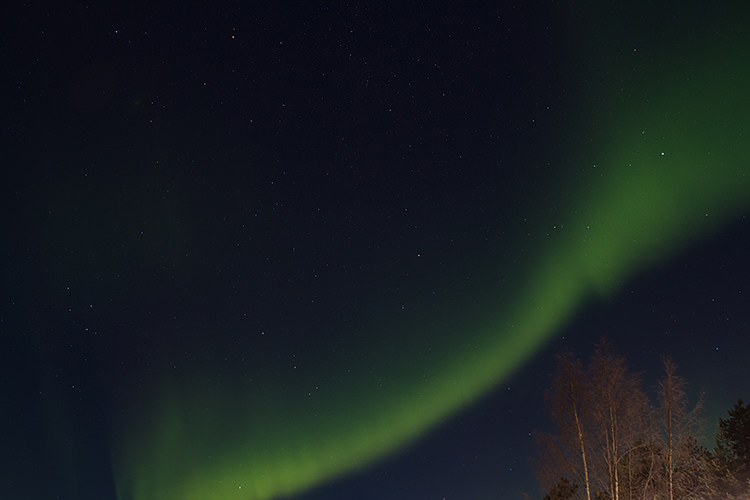

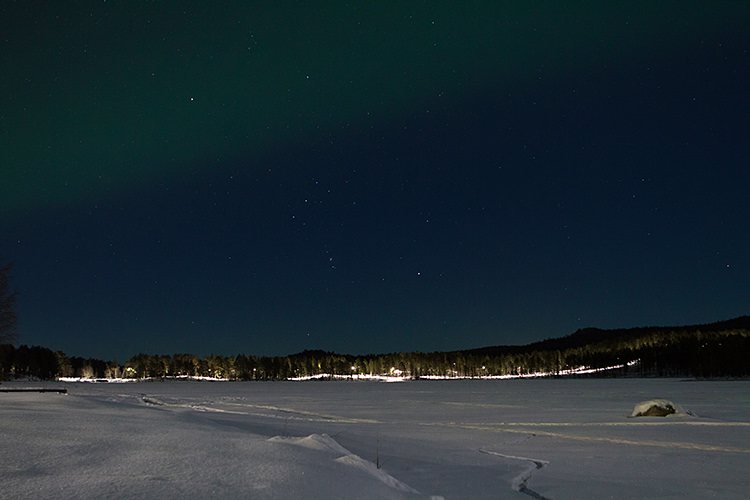


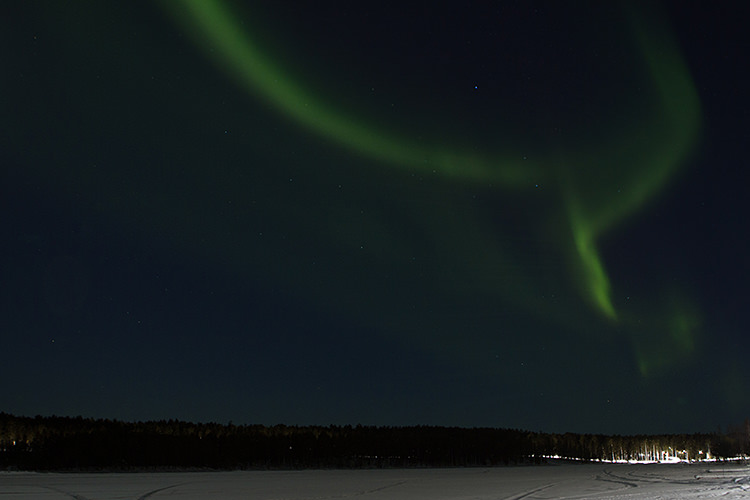
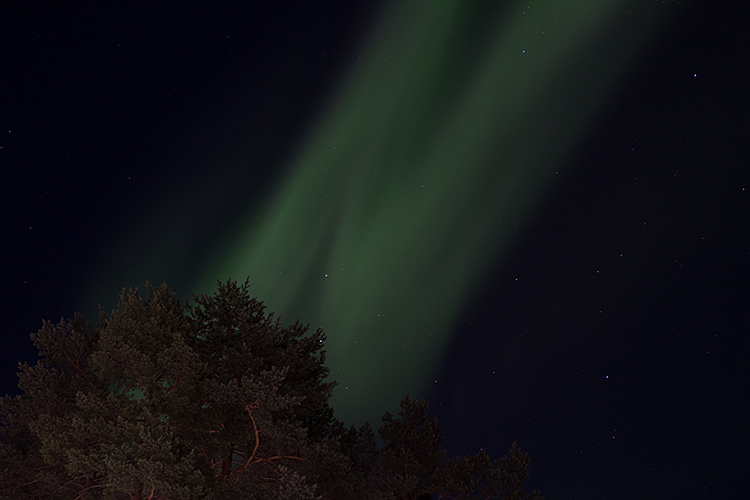
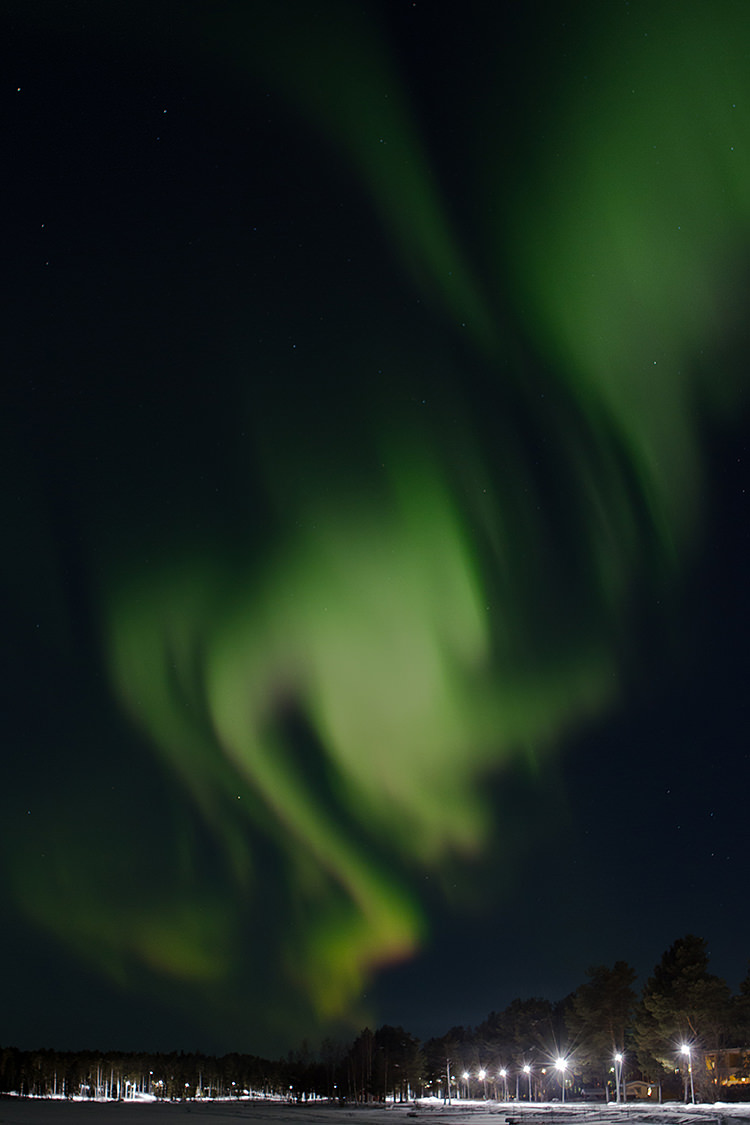
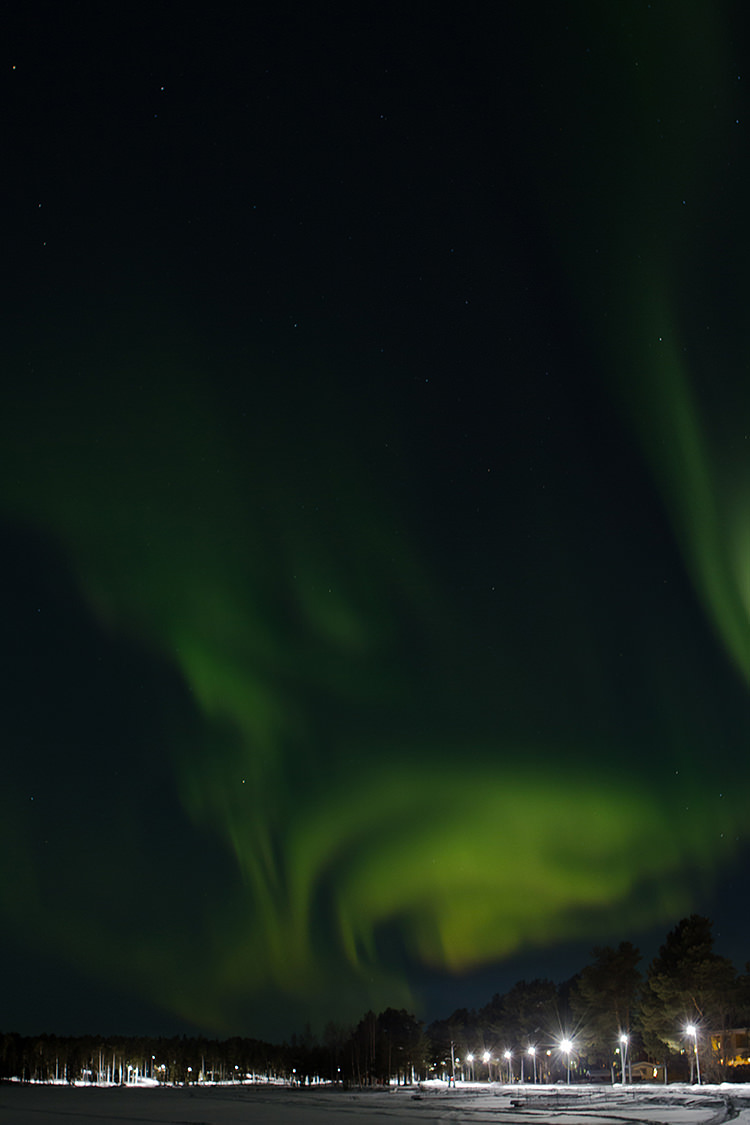


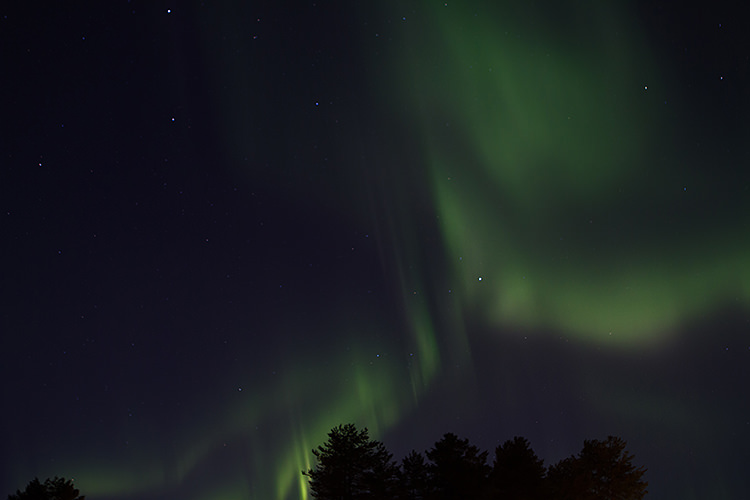

Merken
04.01.2017
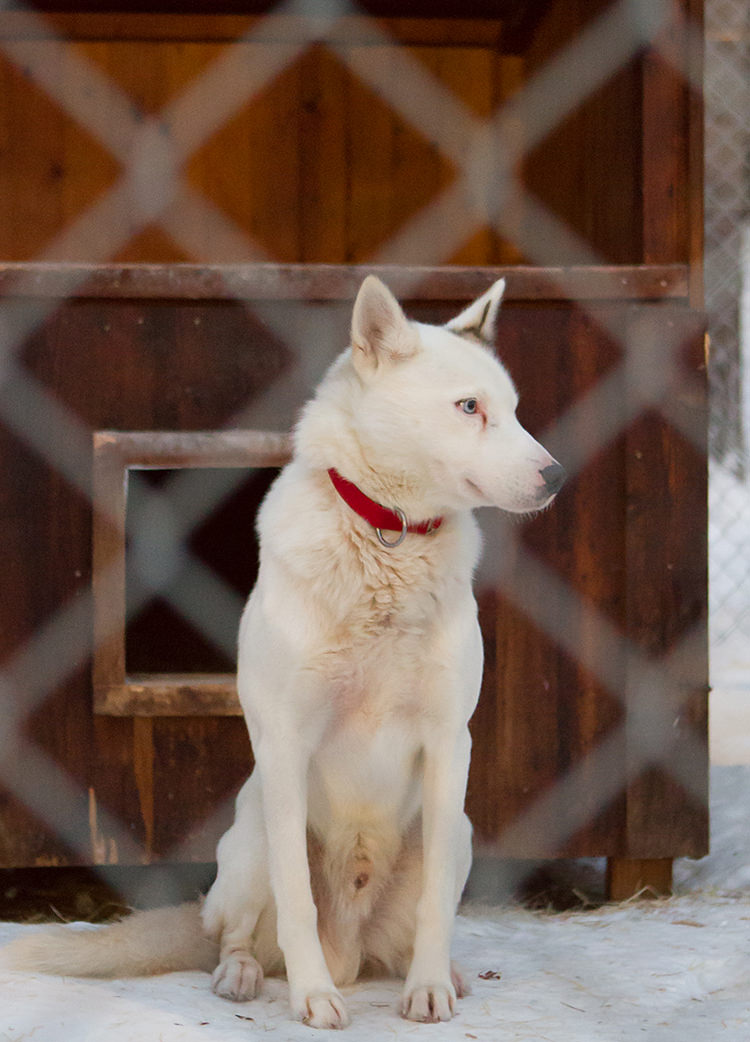
My stay in Jokkmokk, Sweden, was very short but one of the best trips I ever took. One reason for that was a ride on a dog sled – my first one ever, and hopefully not the last. I was assigned to a group that should start their ride at 1 in the afternoon – that’s when the sun goes down. I was quite annoyed by this at first, but there sure were some advantages: Atmospheric campfire in the dark! Clear and starry sky with an almost full moon! Snow sparkling in our mushers’ headlights!
But it was almost impossible to take any photos. During the ride I could neither take a single picture nor use my GoPro. I was stuck in the back of the sled and I was wearing two pairs of gloves (and two pairs of socks and long johns and a down jacket and a thermo overall and a balaclava and a beanie and …), so even if I would have been able to grab my camera, there would have been no chance to press the shutter release button.
I tried again when we stopped for a campfire and coffee and grilled sausages. But it was so dark already that I had to put the camera on the ground for a longer exposure time and so all the photos are blurry, grainy, and mostly show legs. But I like them anyway. :-)
Thanks to Matti and Stina from Jokkmokkguiderna, who were fantastic hosts!
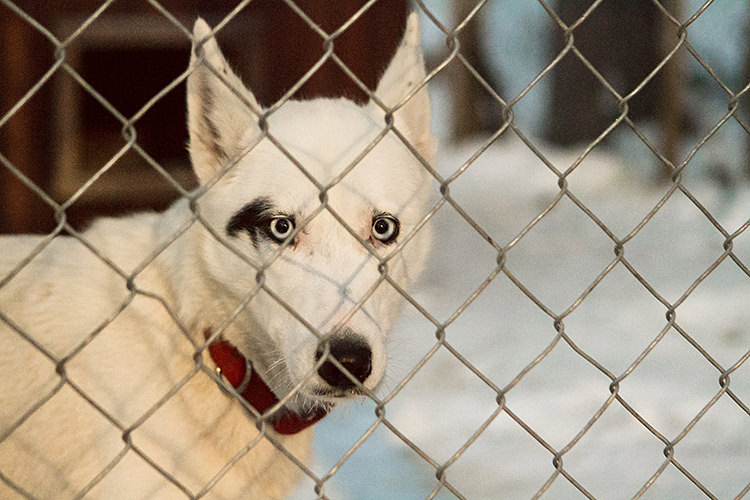
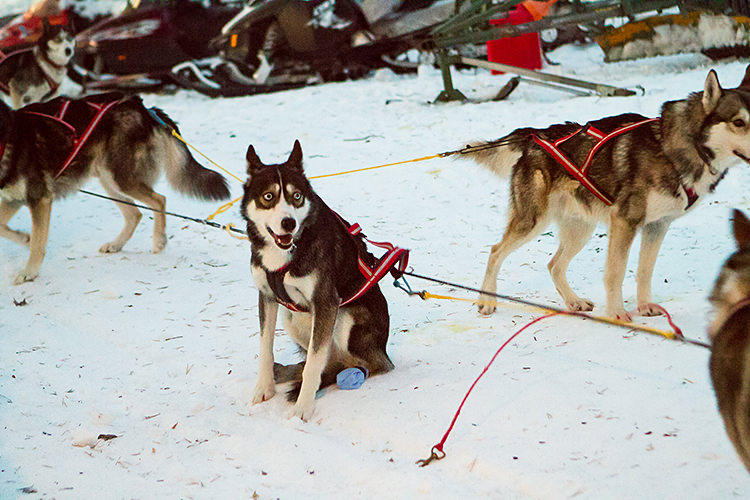
CAN WE GO NOW? I ALREADY HAVE MY RACING GLASSES ON!
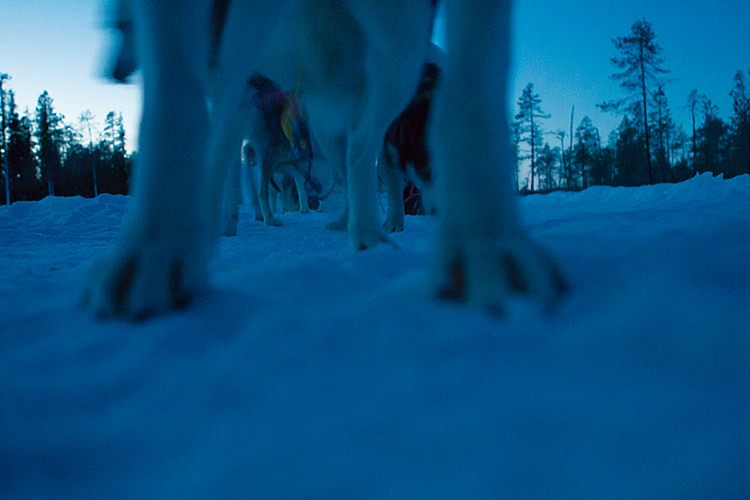
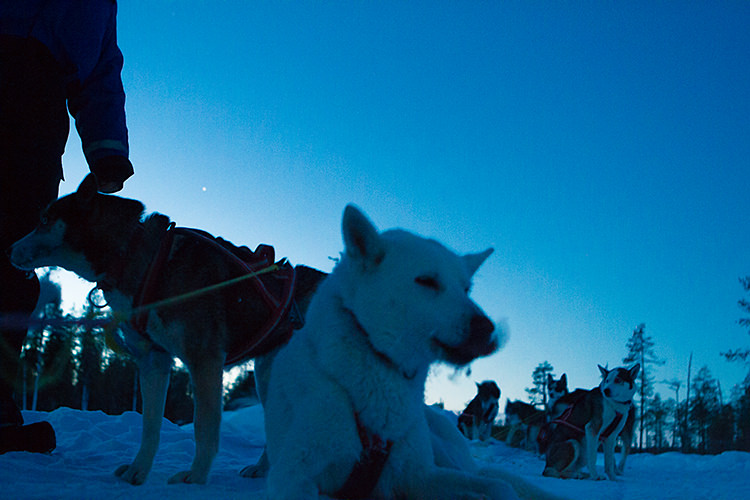
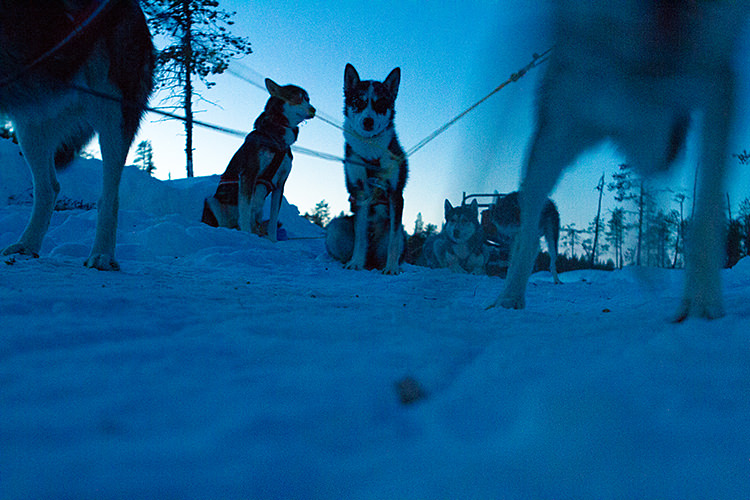
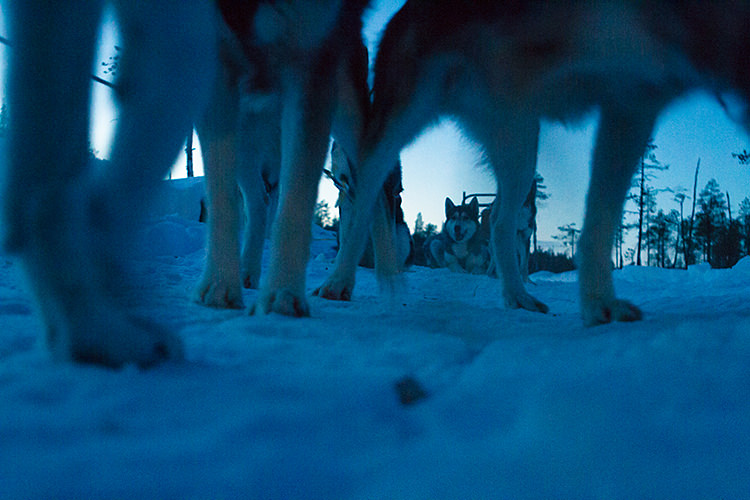
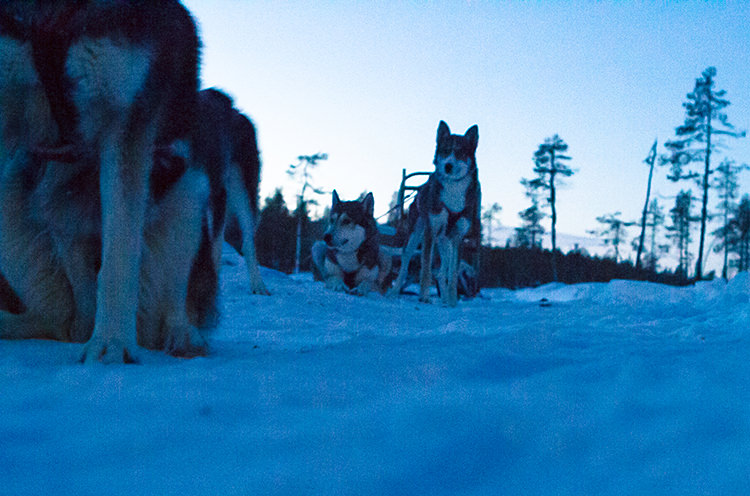
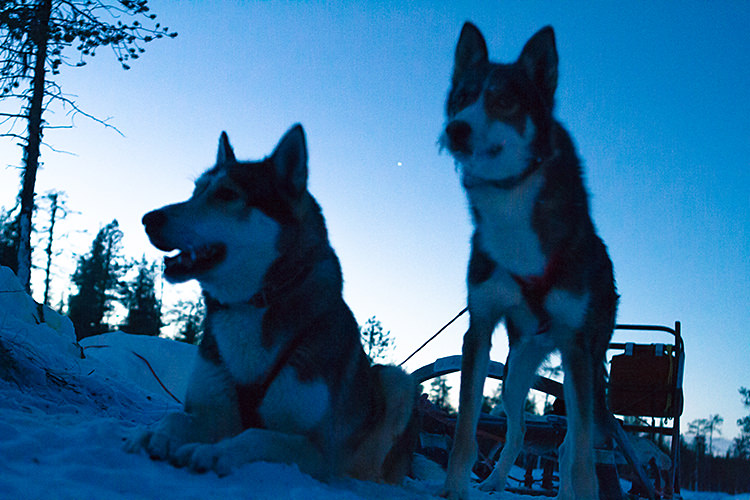
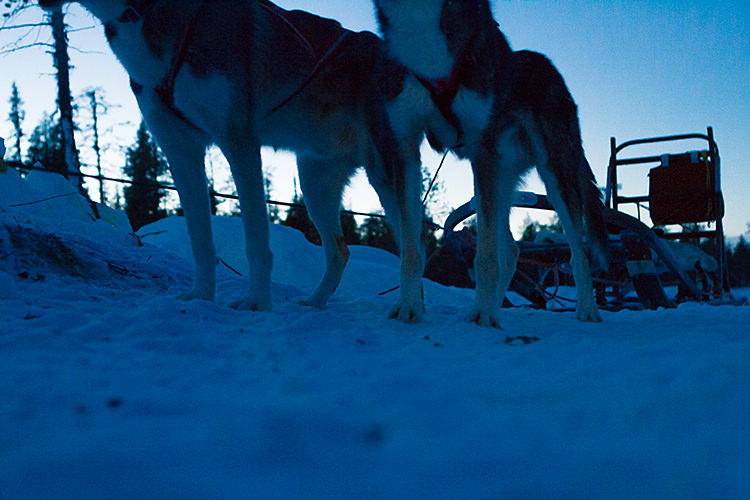
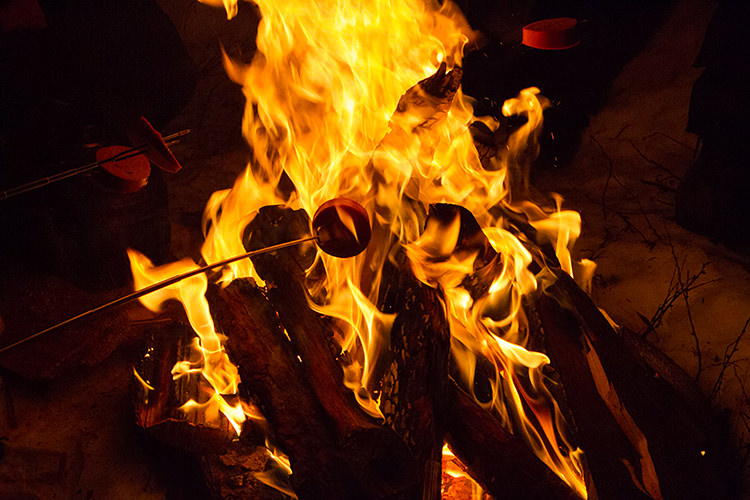
Merken
Merken
04.11.2015
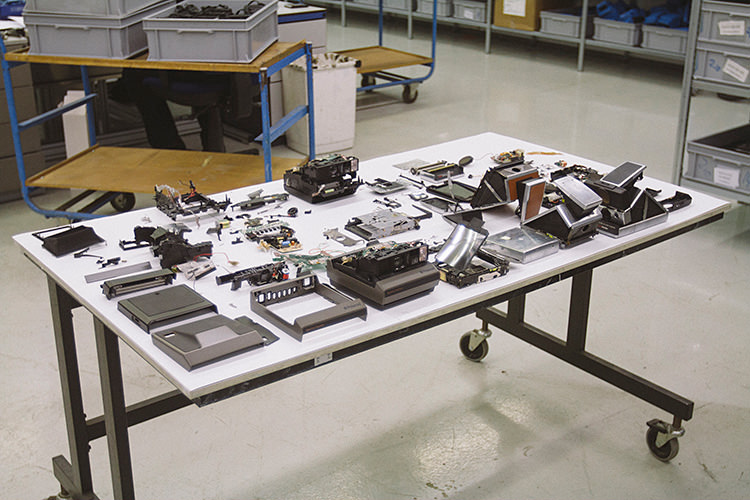
Last Friday I went to visit the Impossible Project in the Netherlands. I have known about the project pretty much since its beginning, when some people re-started the production of instant film after Polaroid closed down its business. And – although I haven’t used it recently — I do own a Polaroid camera (two, to be precise) and used to buy Impossible film. I had heard about their open factory day before and each time I thought I should go, because it’s not far and it would for sure be interesting, but I never did. Until last Friday. And: it wasn’t far (Enschede is about two hours by train from where I live) and it was incredibly interesting. I’d recommend it for everyone who ever took a Polaroid picture. Or is interested in analog photography. Or in photography in general.
At first we got an overview about what exactly happens in a Polaroid photo (I don’t know whether it’s okay to call it Polaroid, as it’s not that brand anymore, but you know what I mean). There’s a lot of chemical stuff going on, as not only a photo is taken, but it’s developed immediately, too. So it’s pretty much a complete photo lab in a very flat sheet of paper.
After that basic knowledge we met our tour guides (there are tours in Dutch and in English) who showed us around the amazing building. It’s part of the old Polaroid factory (back then they used a few more buildings, though) and walking through it mostly felt like time-hopping into another era. Of course there are computers and modern technology, but most of the machines are the ones that just stayed there after Polaroid left the site. (Some of them even have to be operated in complete darkness, by the way.)
I had never really thought about how instant film is made and was quite impressed how complicated it is, how many steps are necessary and how many problems have to be solved during the process. And now I’m really inspired to use my Polaroid camera again soon.
Read the rest of this post »











































